Nombre:
Simferópol
Otro:
Localización:
Tipo: Urbanismo
Categoría:
Foto:
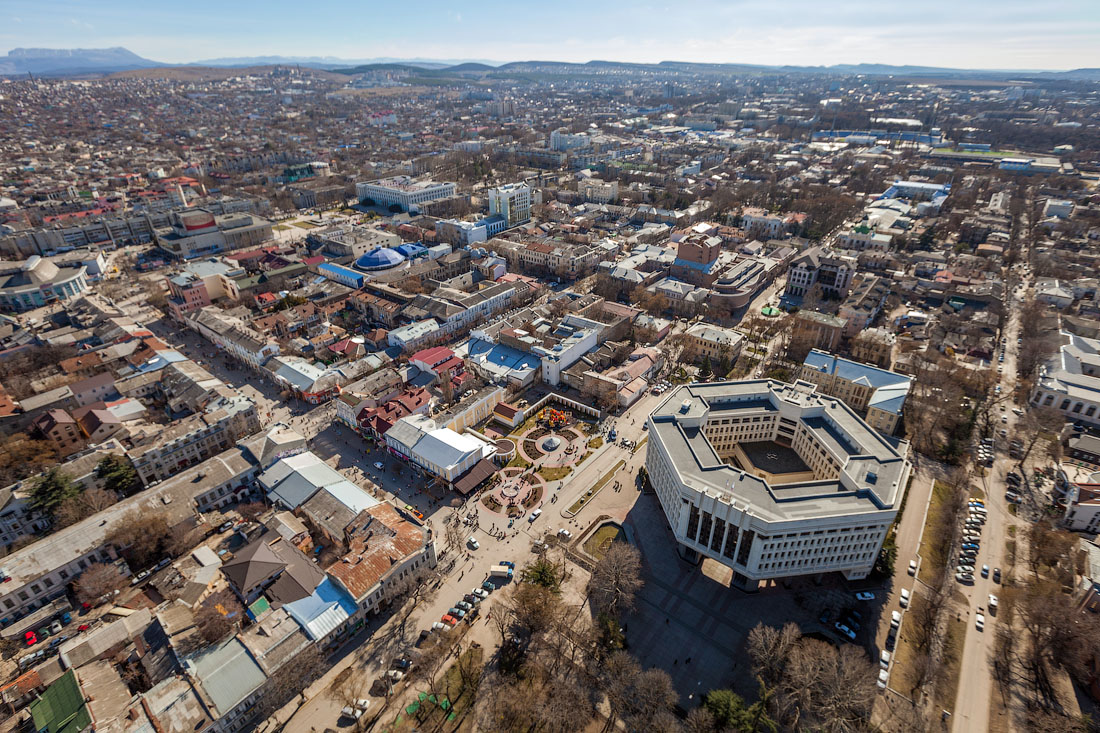
Voto:
Continente: Europa
País: Rusia
Localización: Crimea
Año: 1784
Estado: Terminado
Descripción:Simferópol es la capital de la república autónoma de Crimea, su centro científico, cultural y de negocios. Es la ciudad más grande y una de las más hermosas de la península y posee la infraestructura desarrollada para el reposo y turismo. La ciudad se encuentra en el corazón de Crimea cerca del valle del río Salguir. A Simferópol le llaman “las puertas de Crimea” ya que todos los caminos conducen a Simferópol. Muchos turistas empiezan a conocer la península justamente desde la capital.
https://discover-ukraine.info/es/index/crimea/simferopol
***
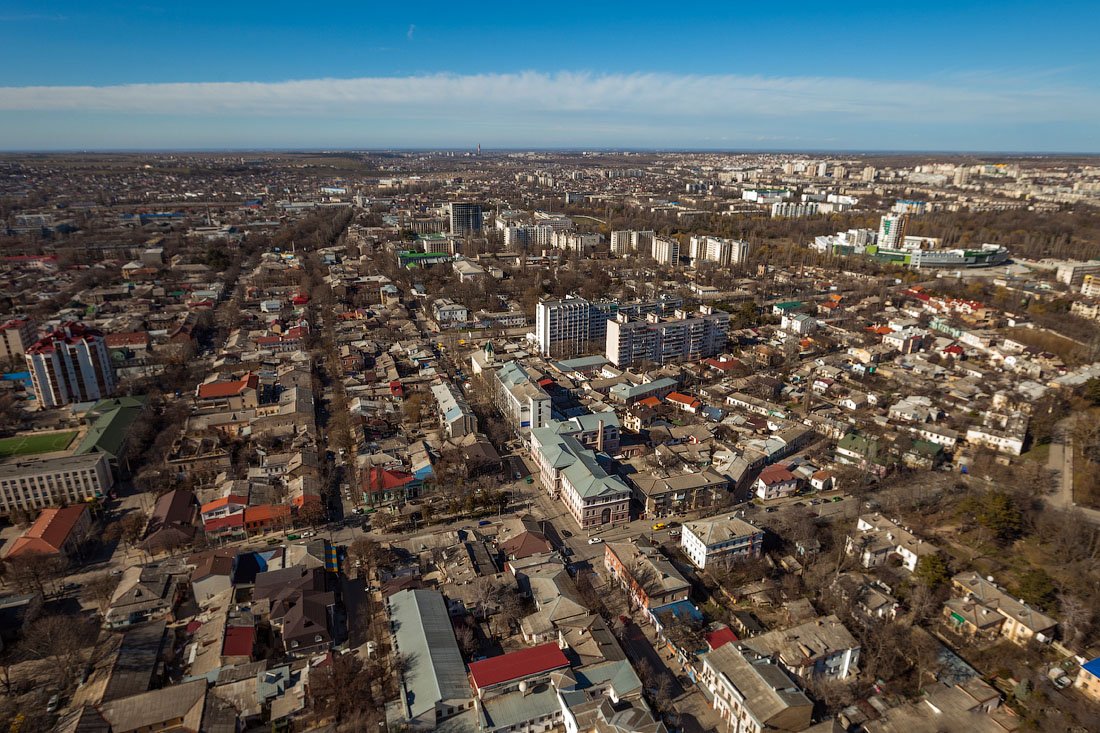
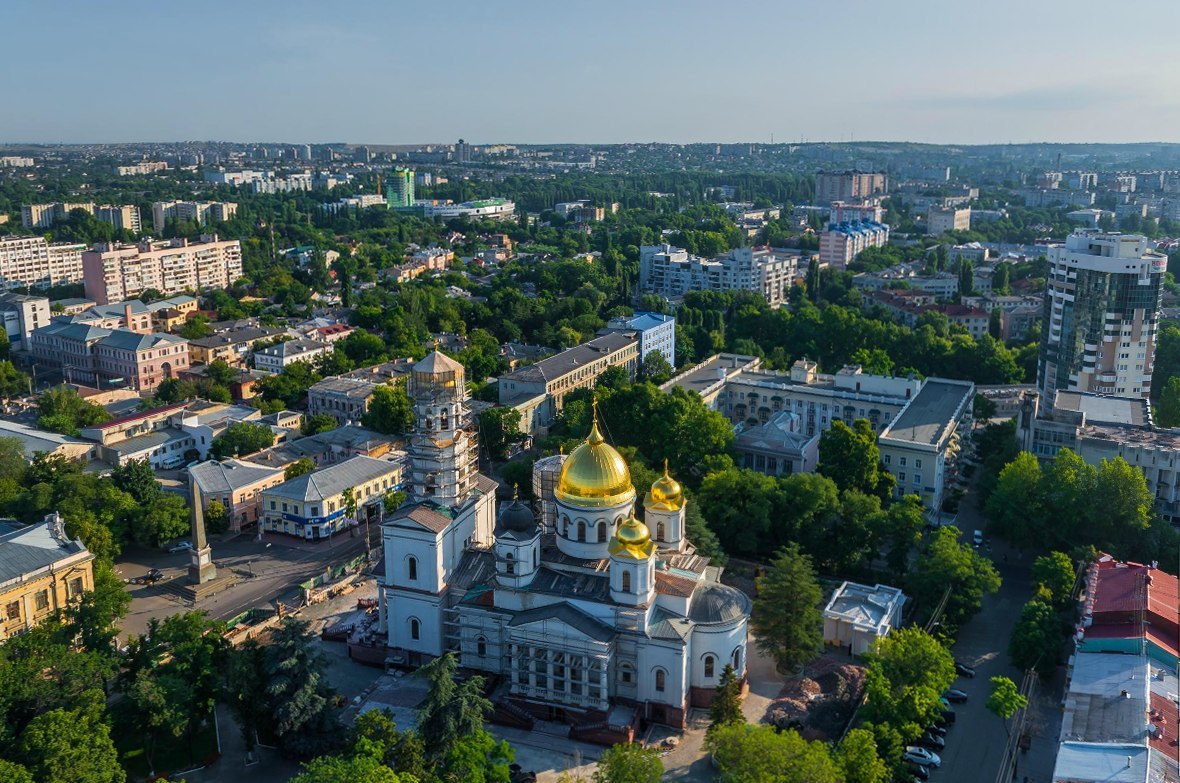
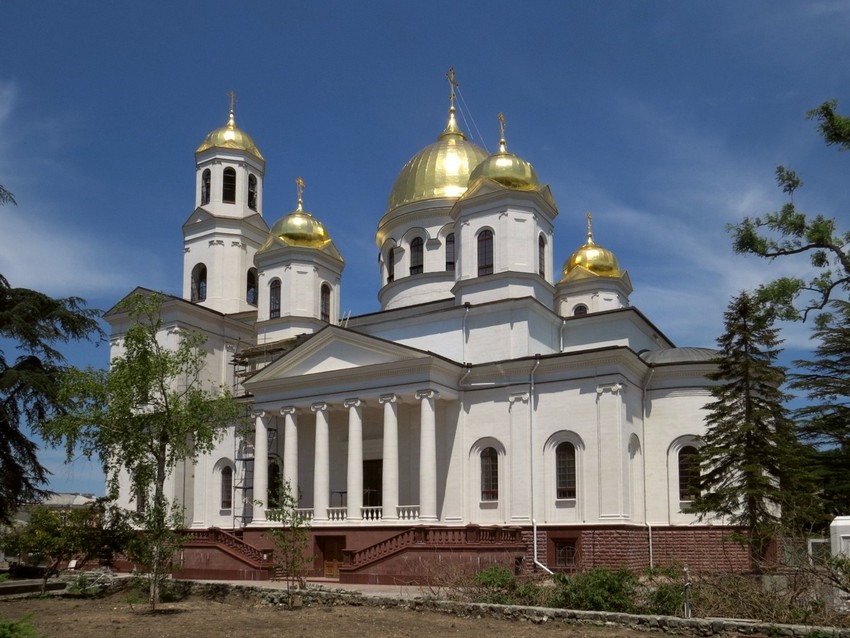
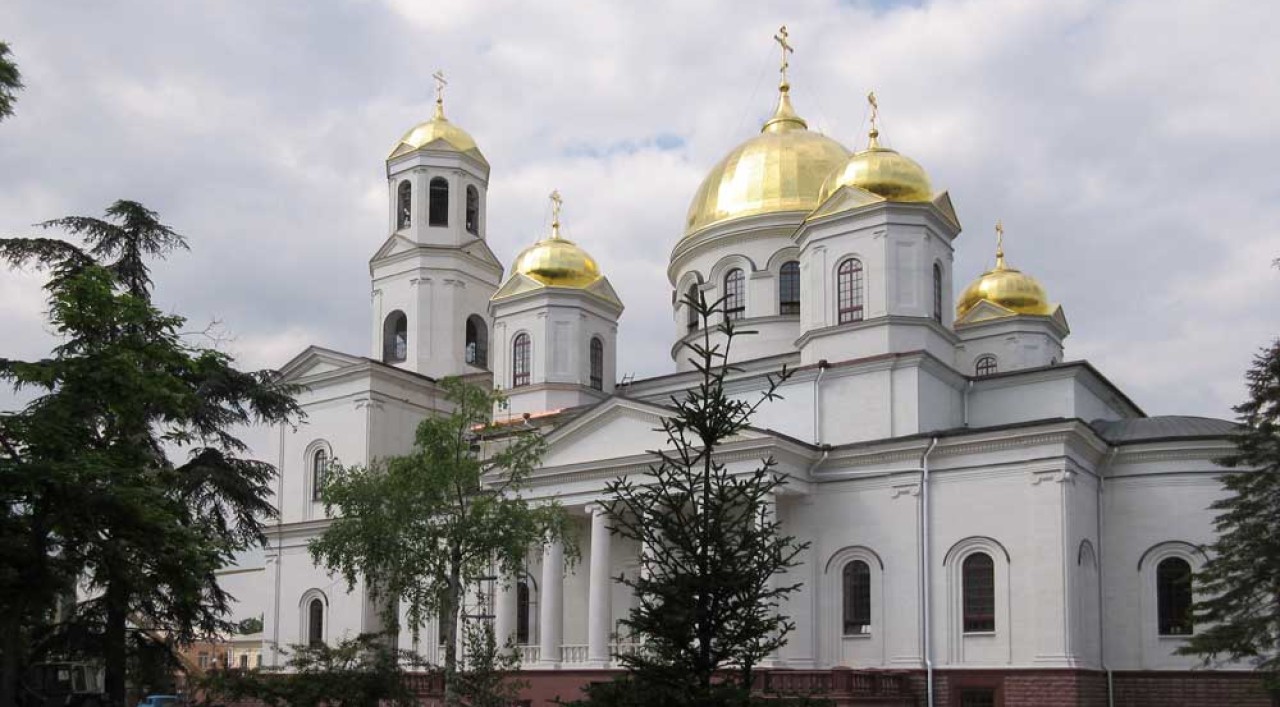

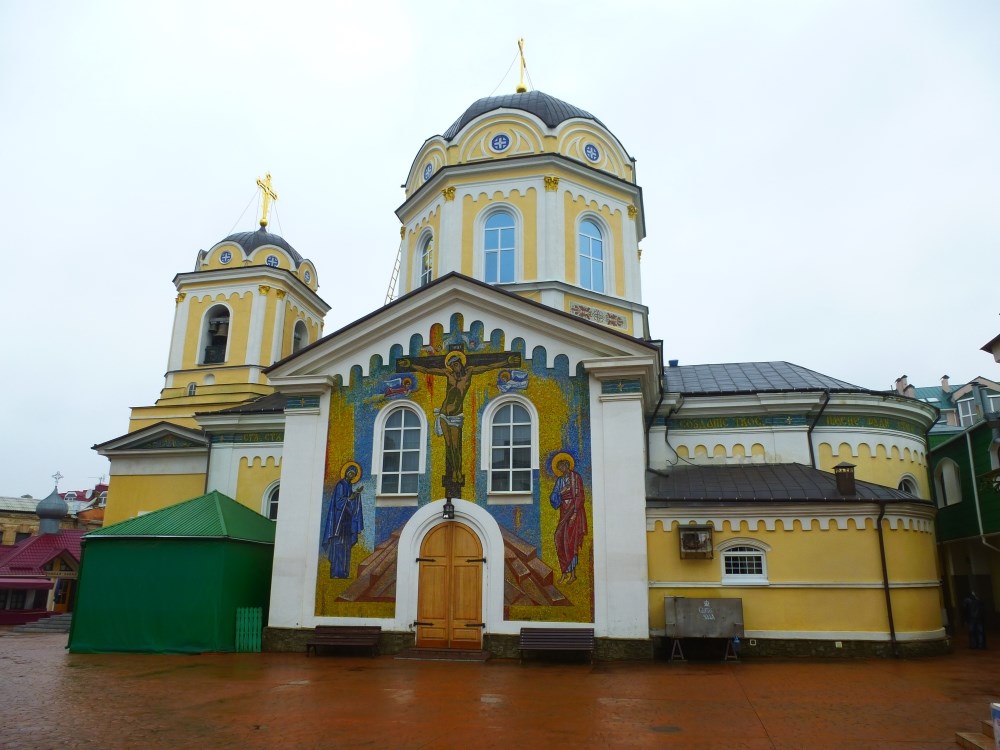
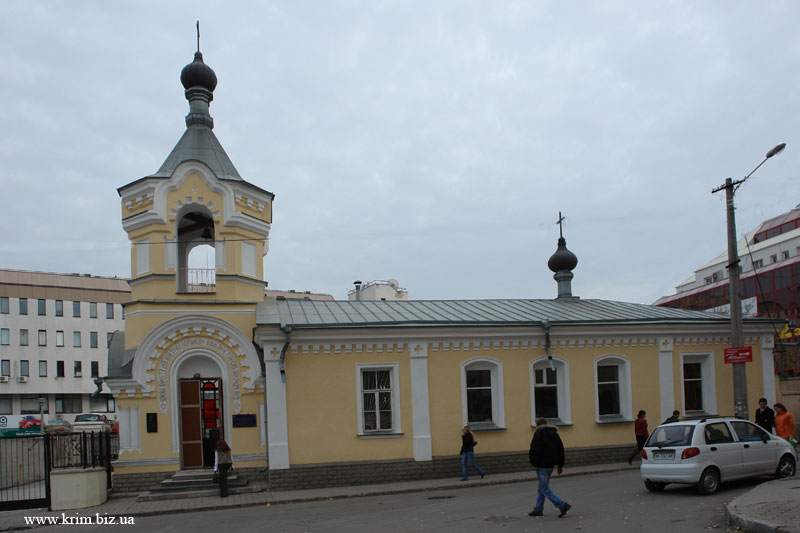
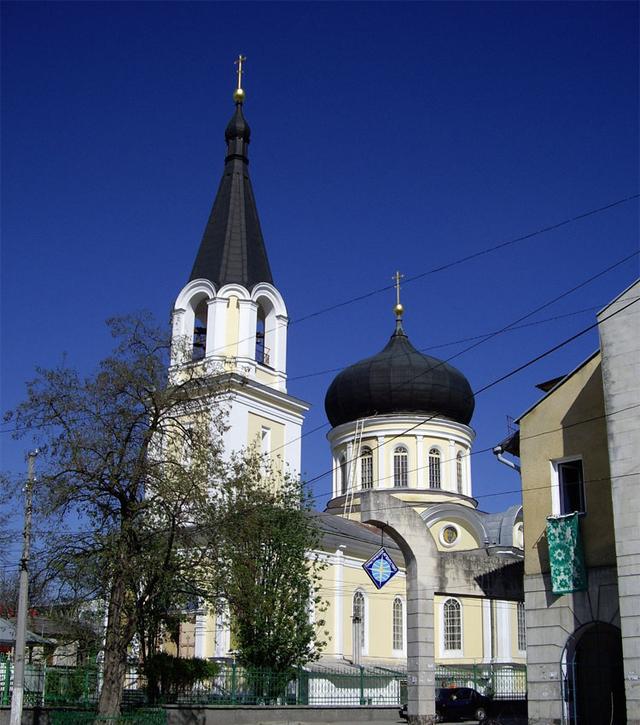
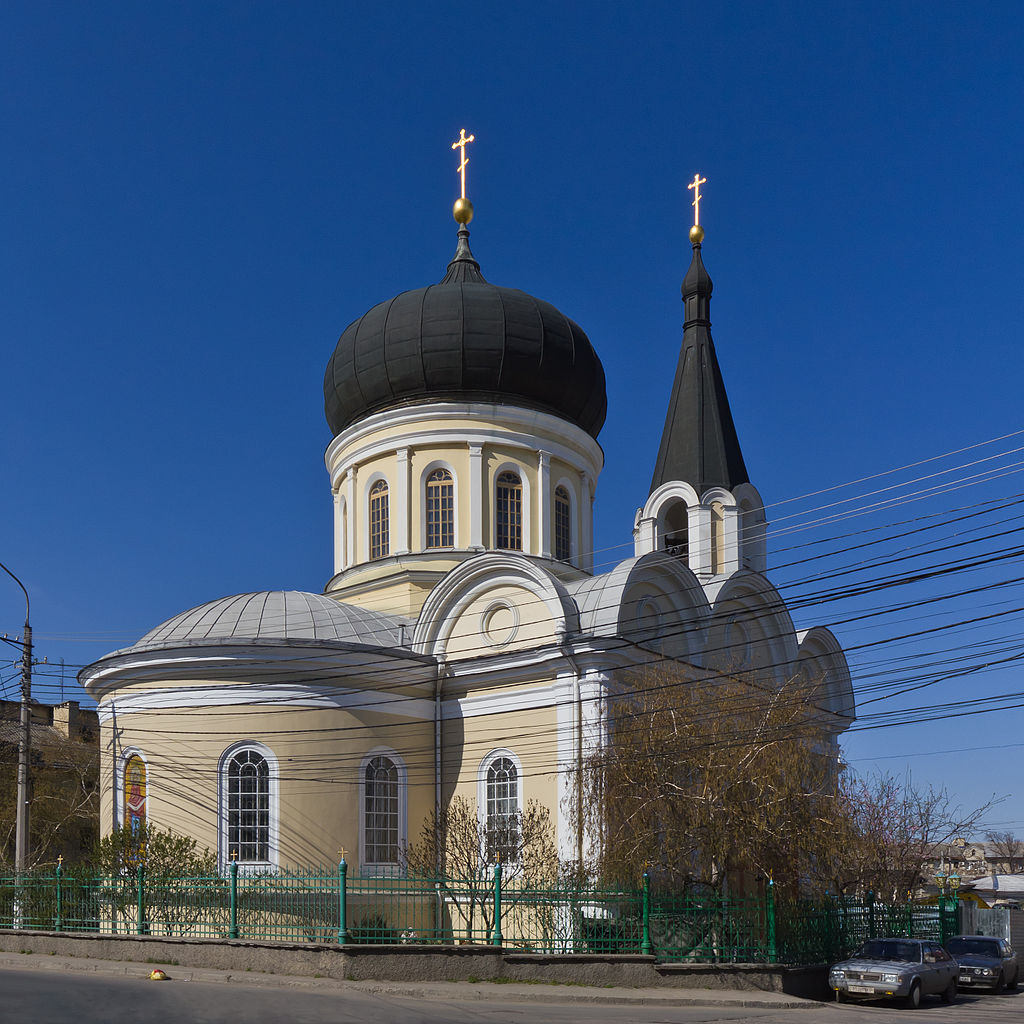
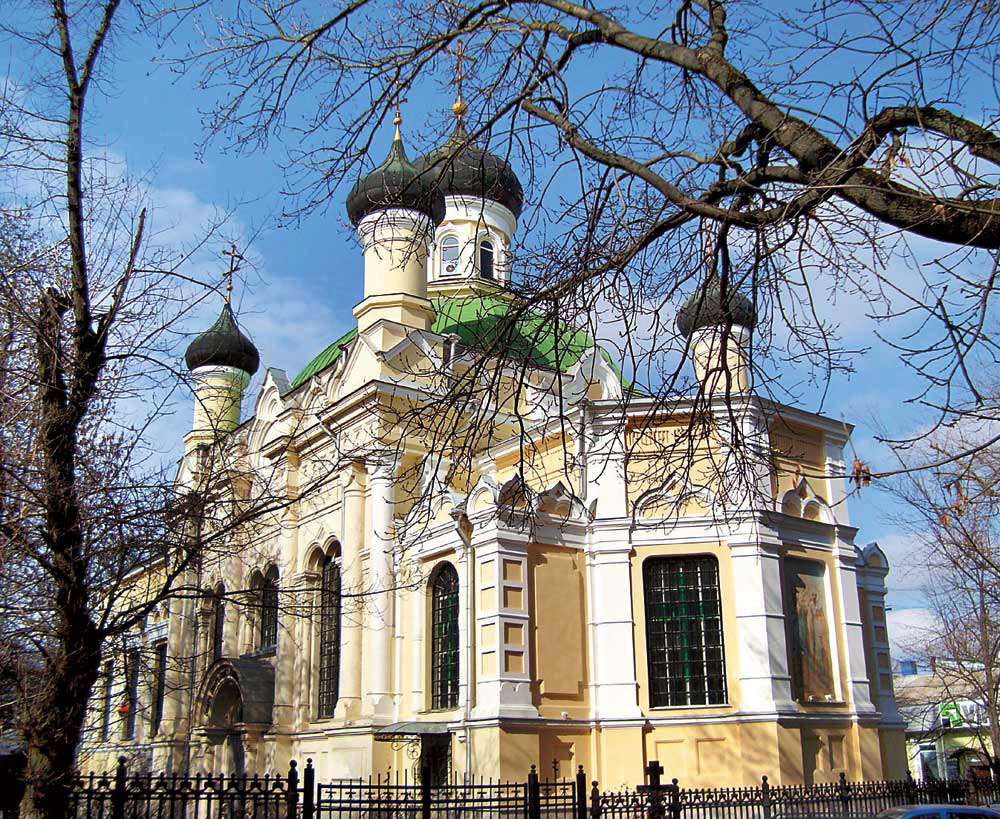
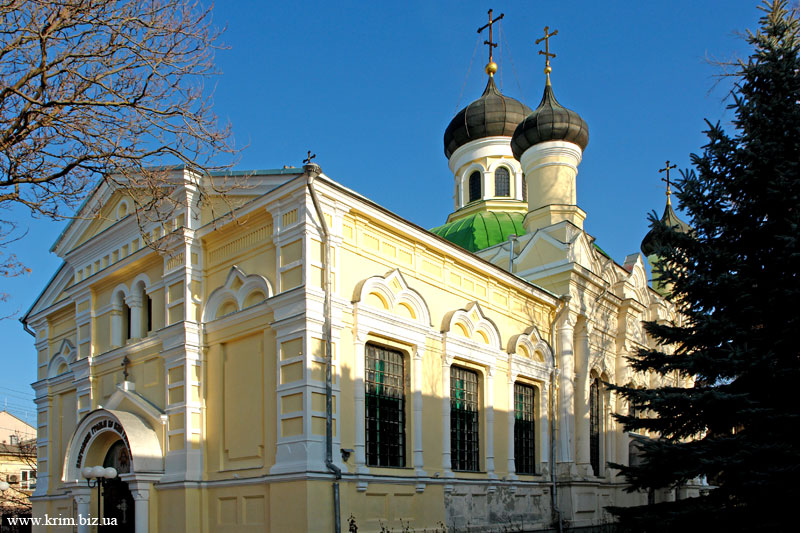
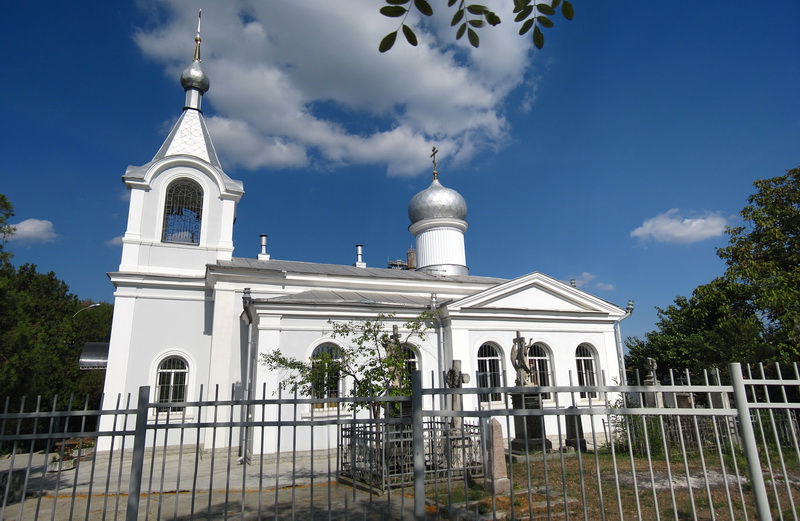
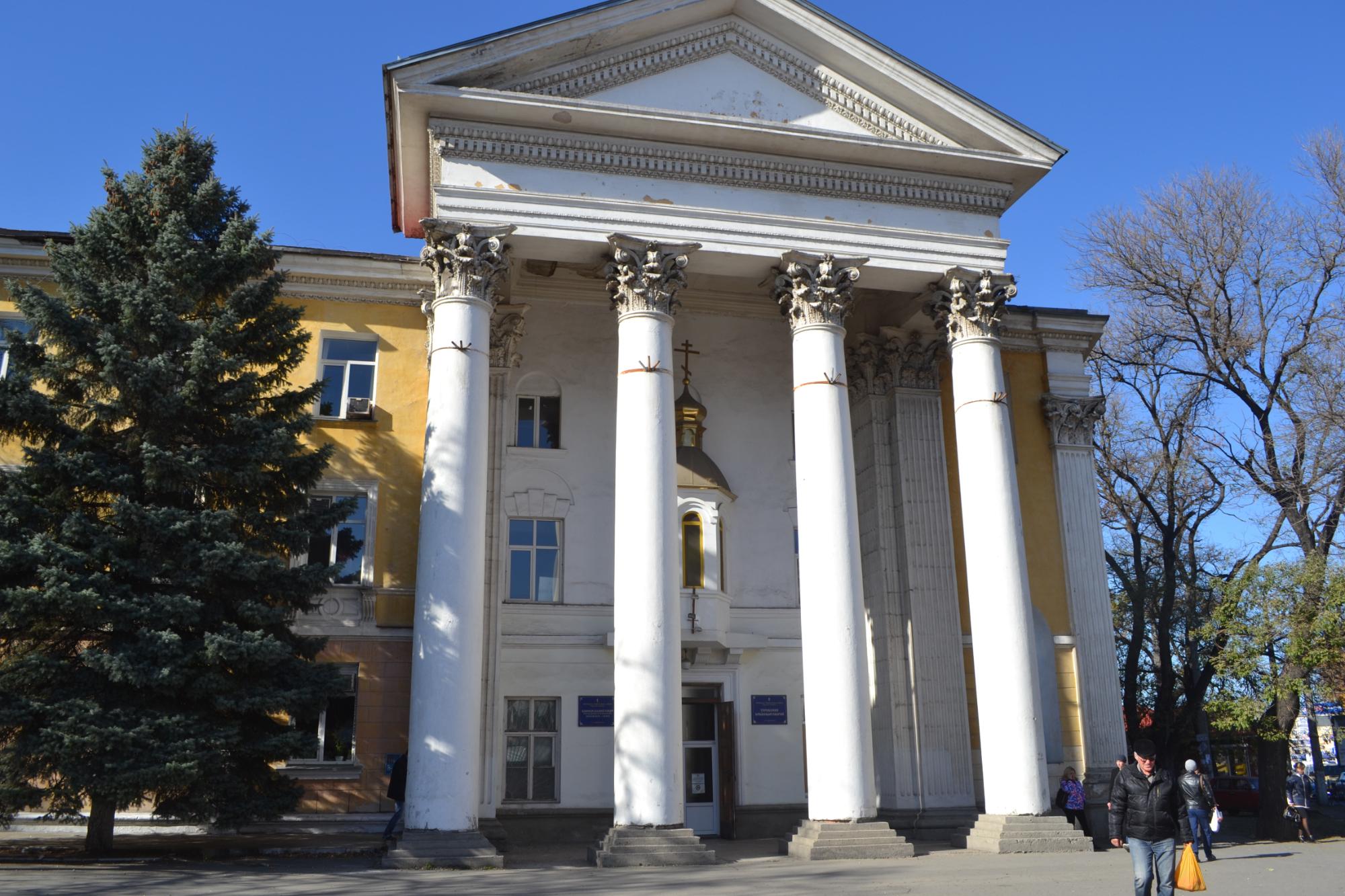
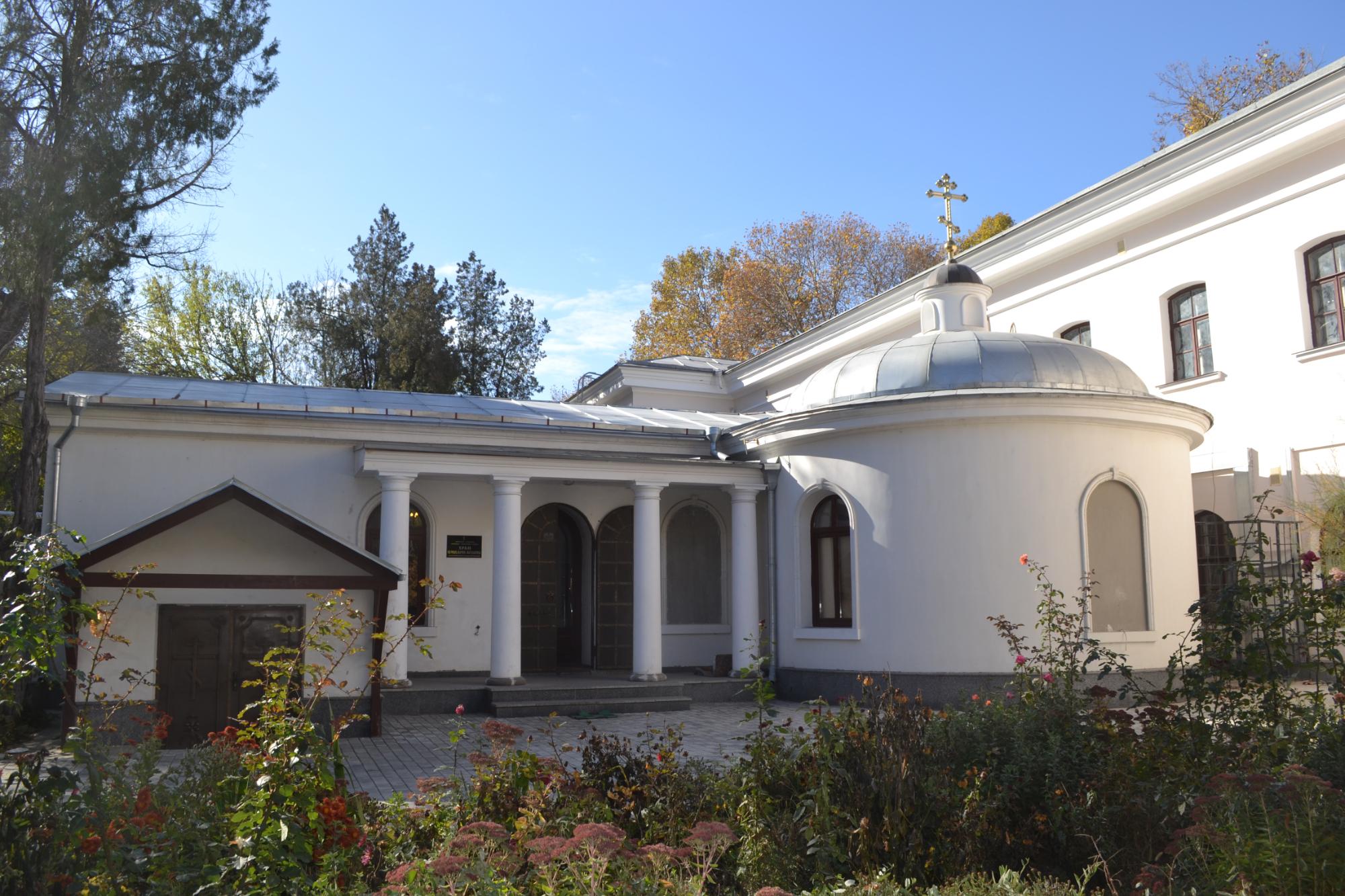
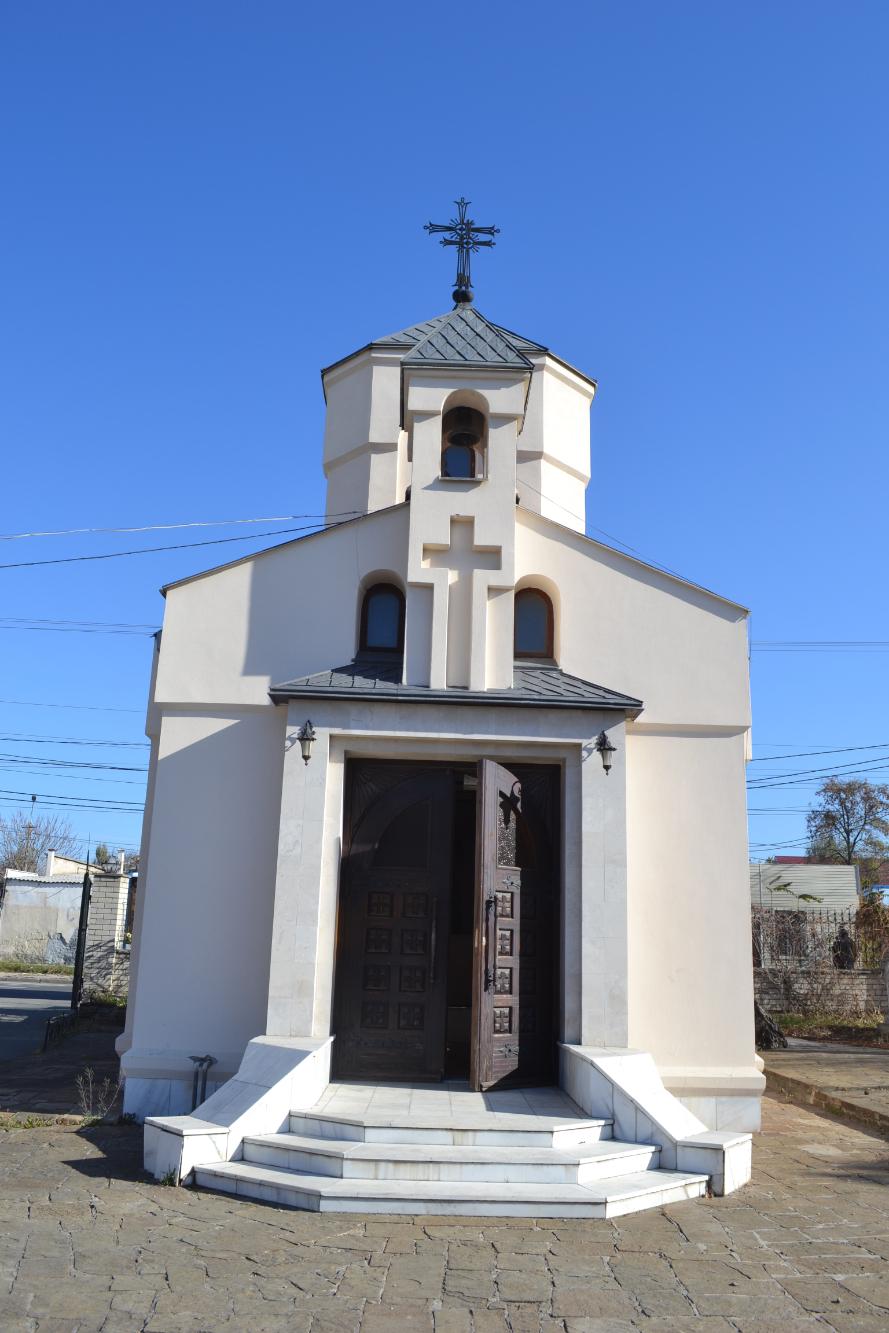
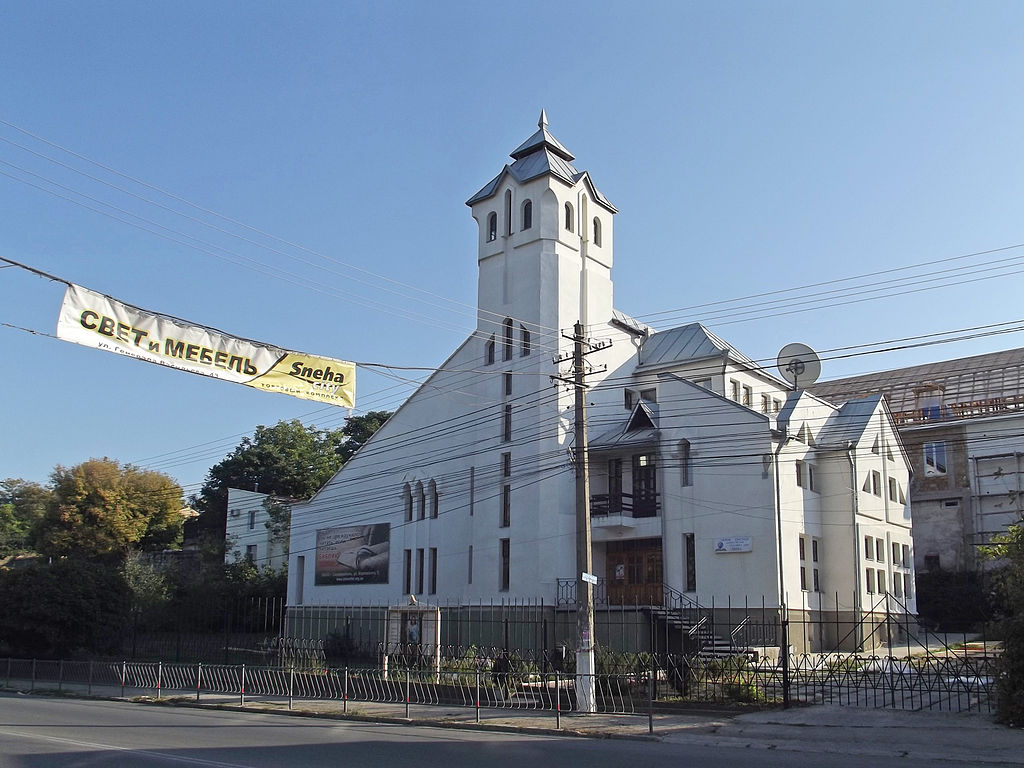
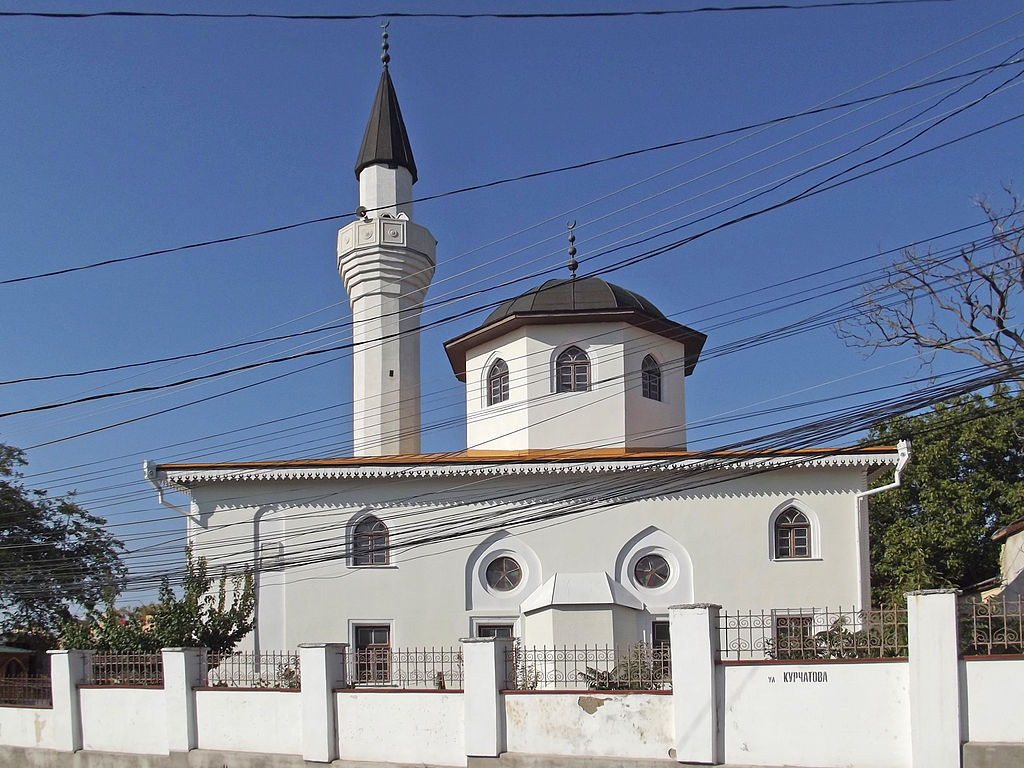
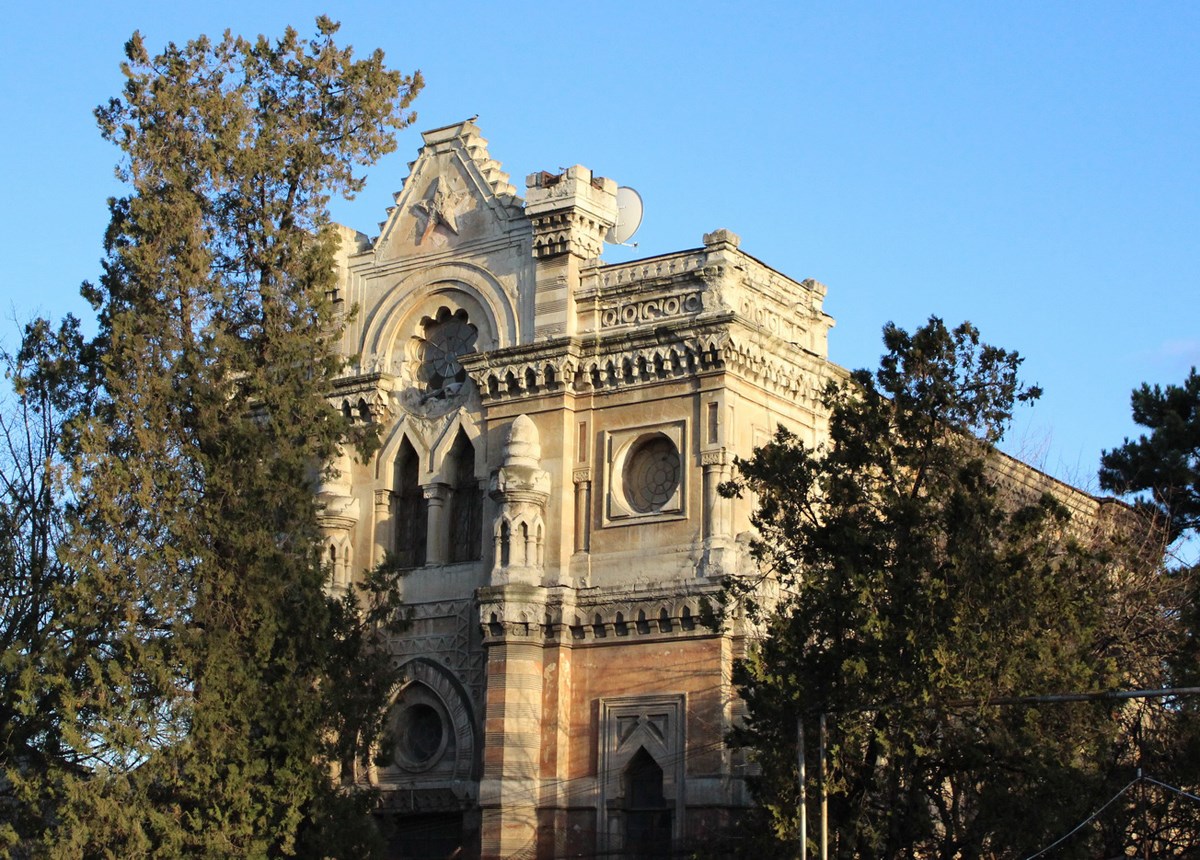
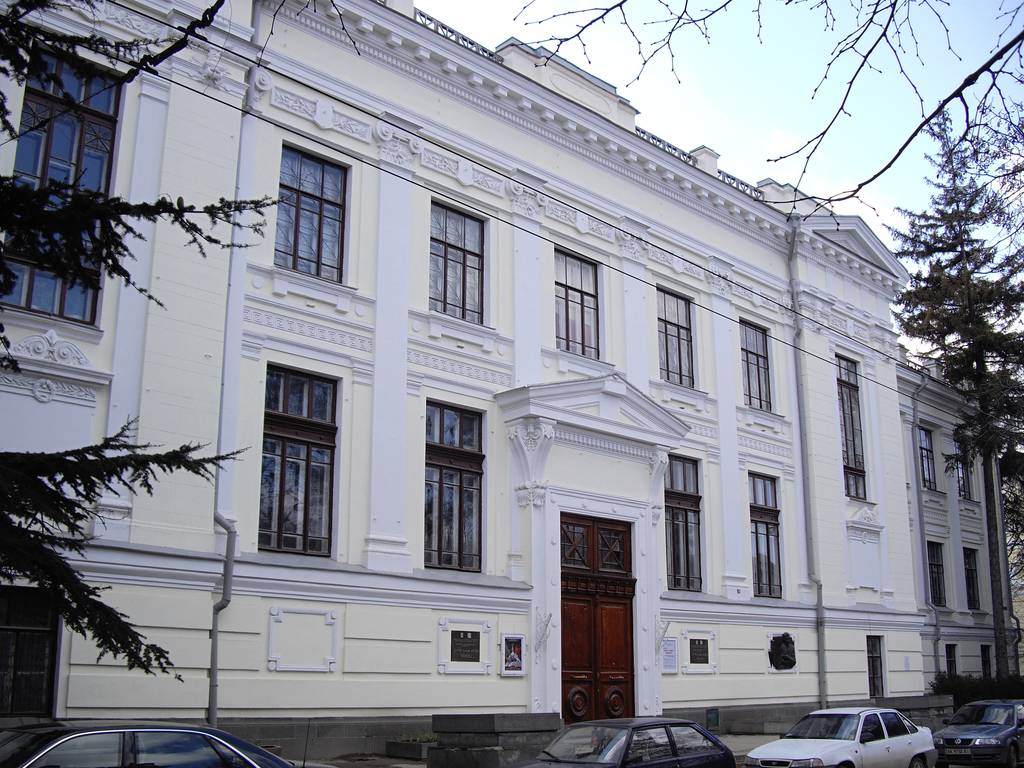
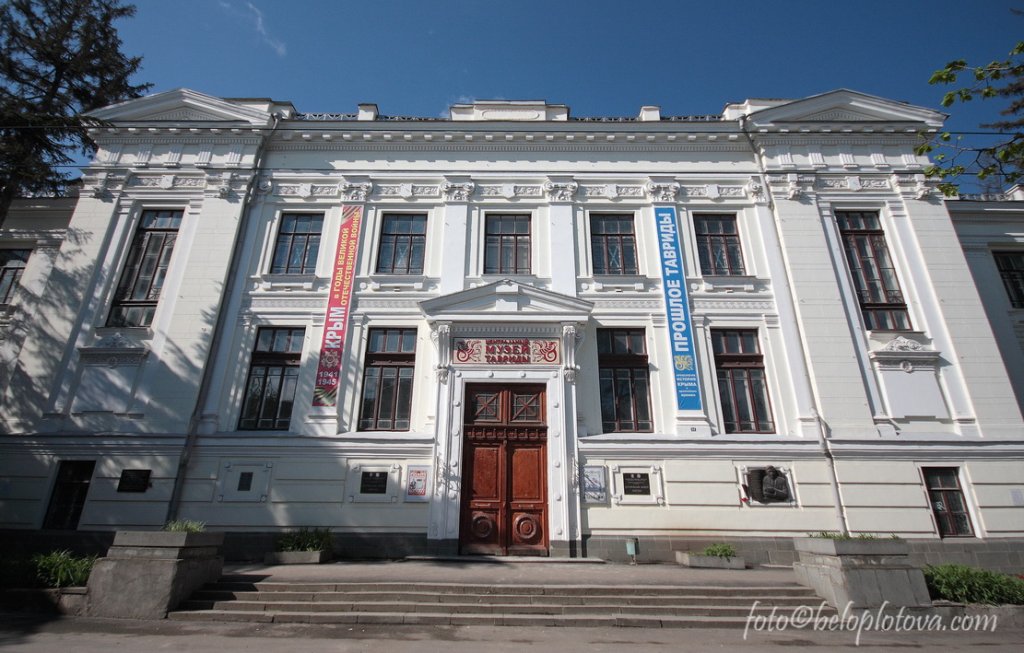
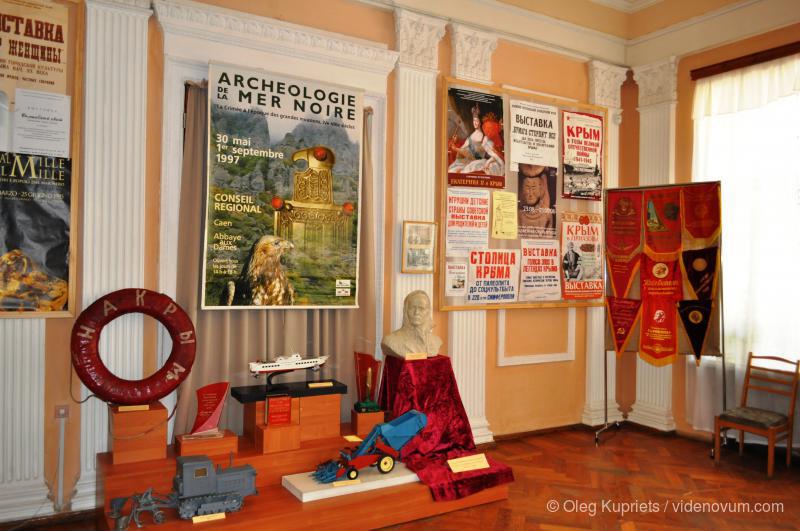
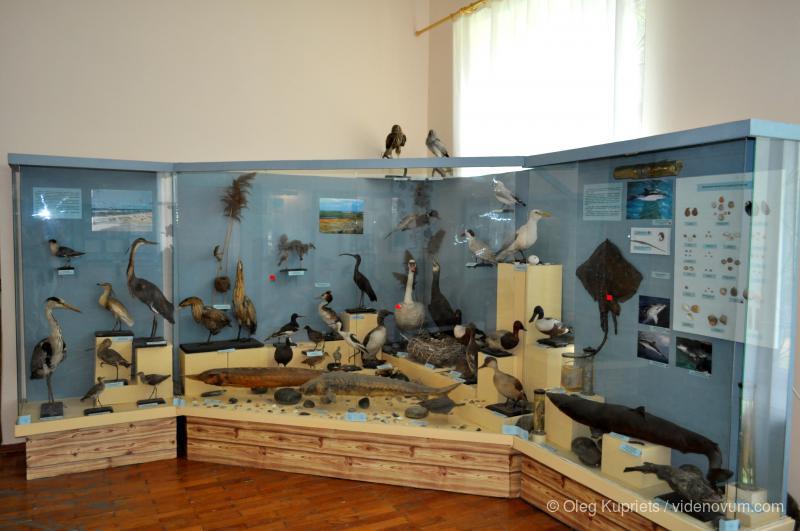
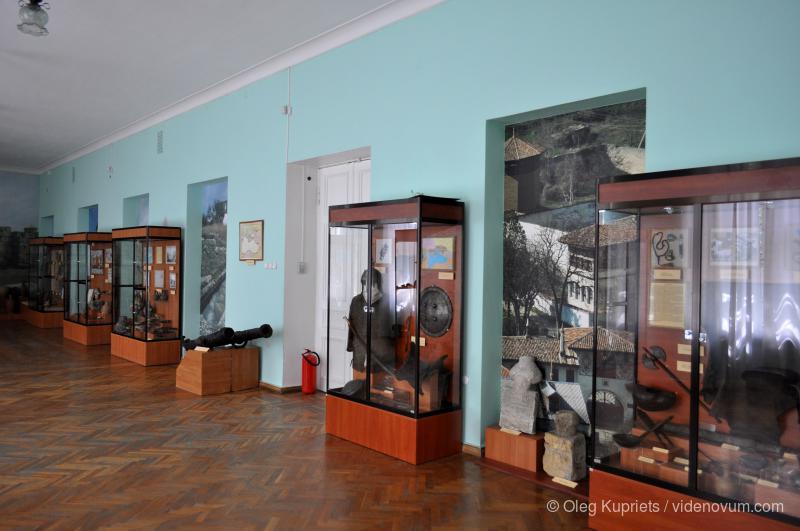
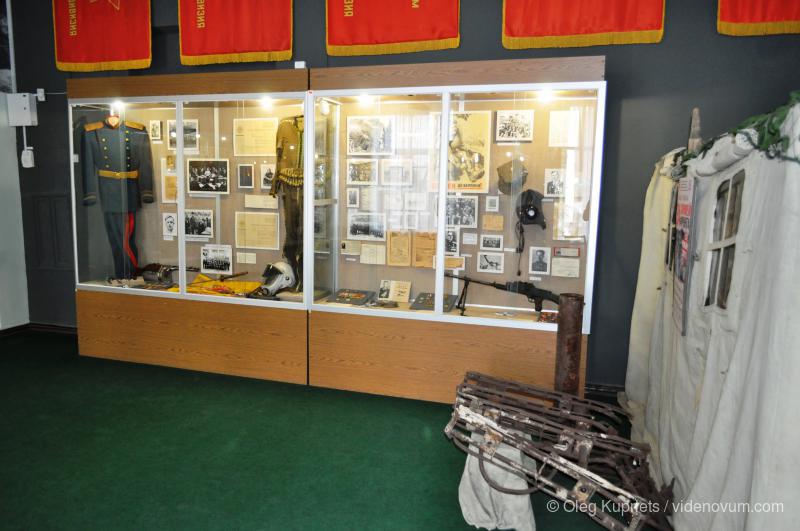
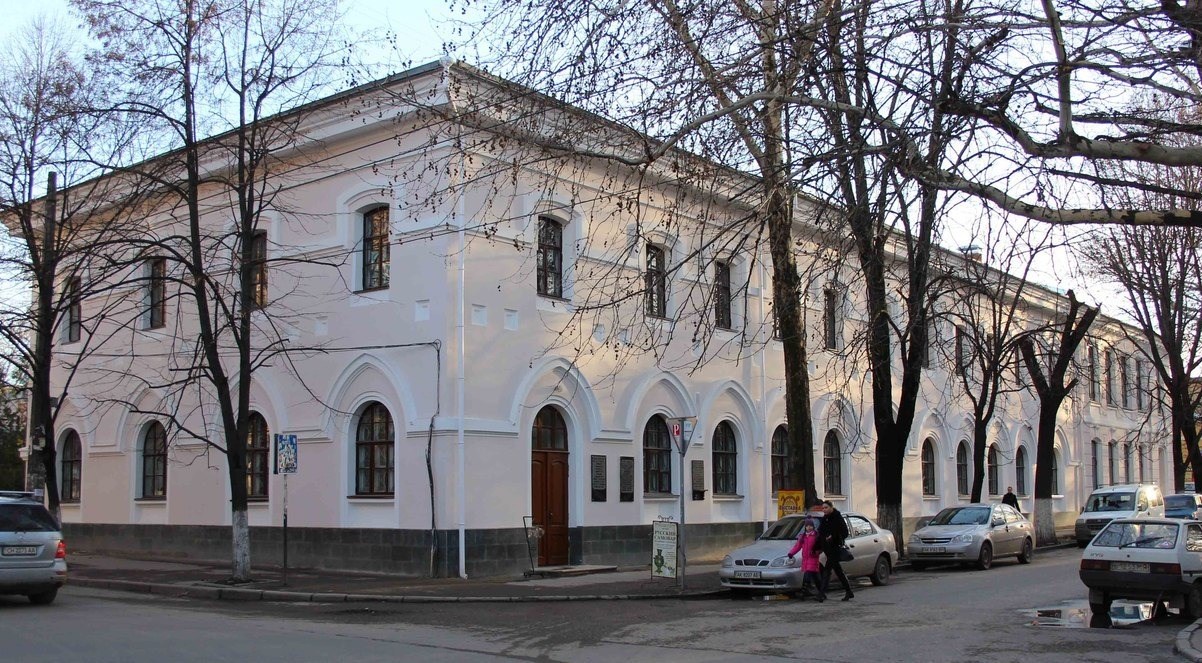
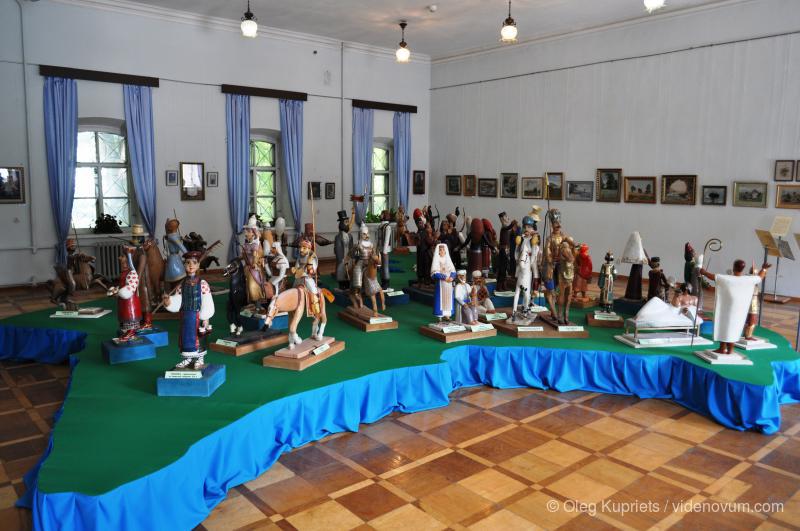
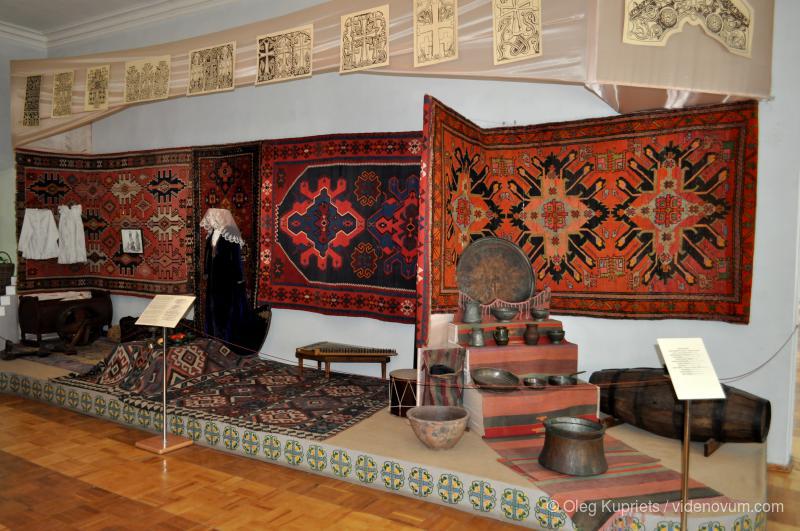
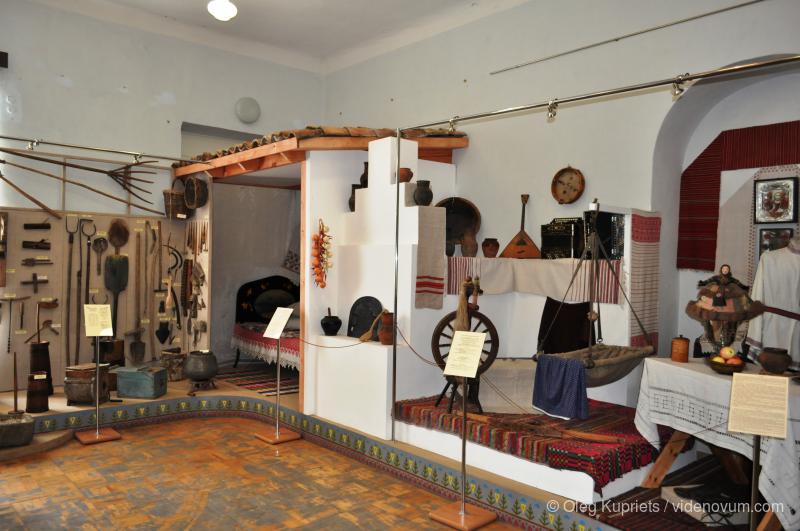
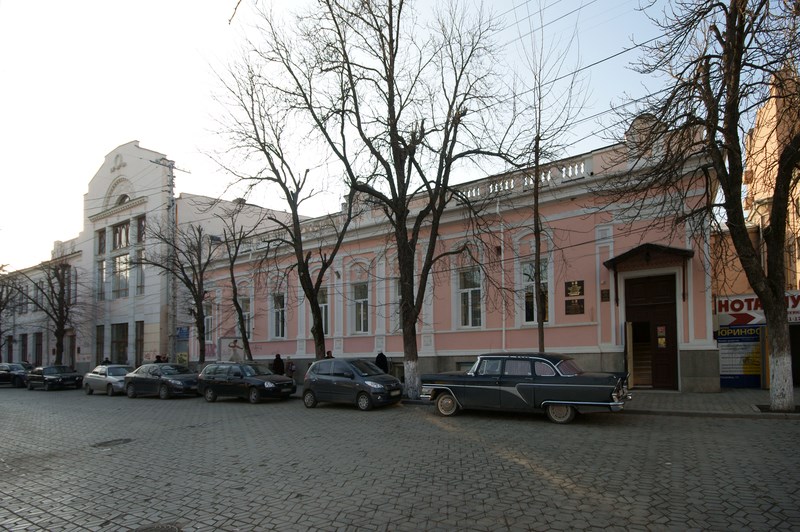
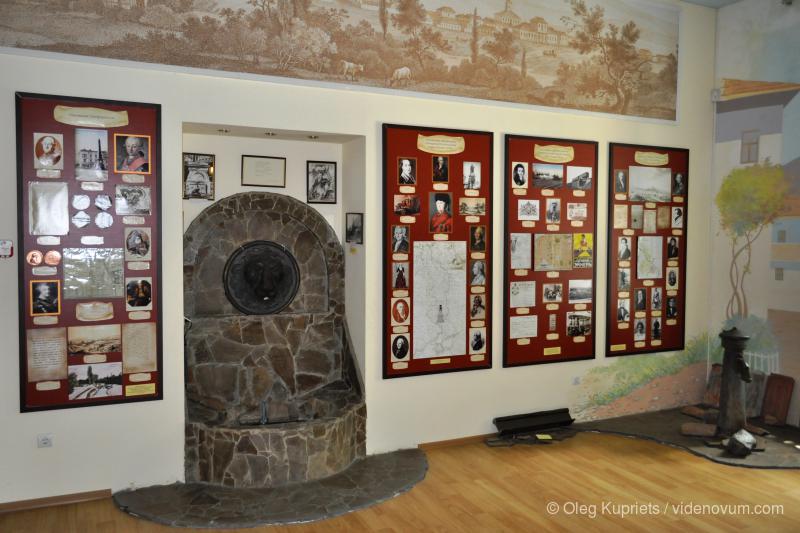
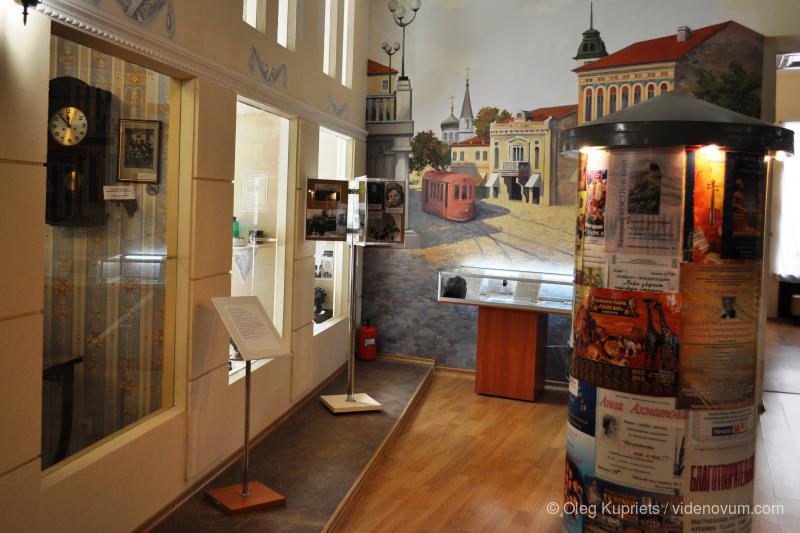
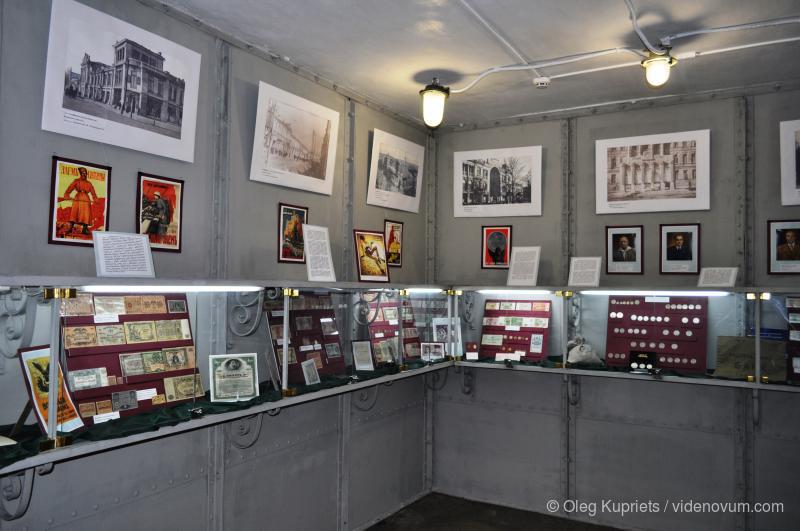
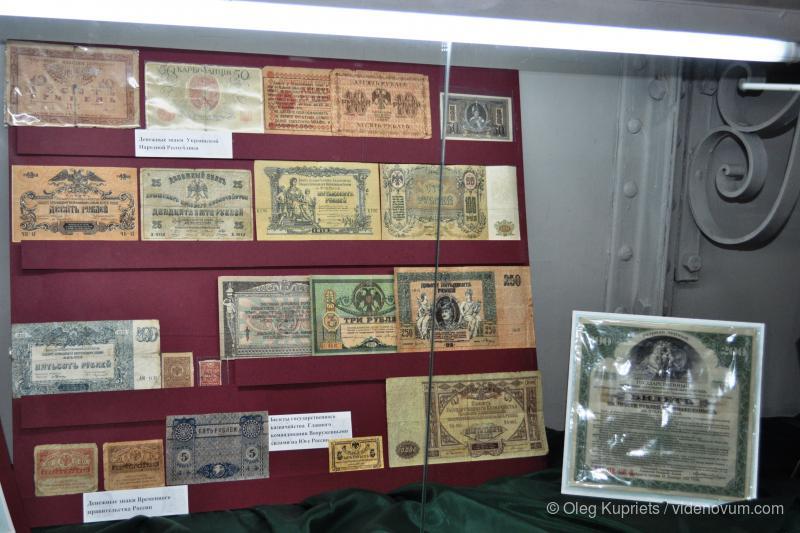
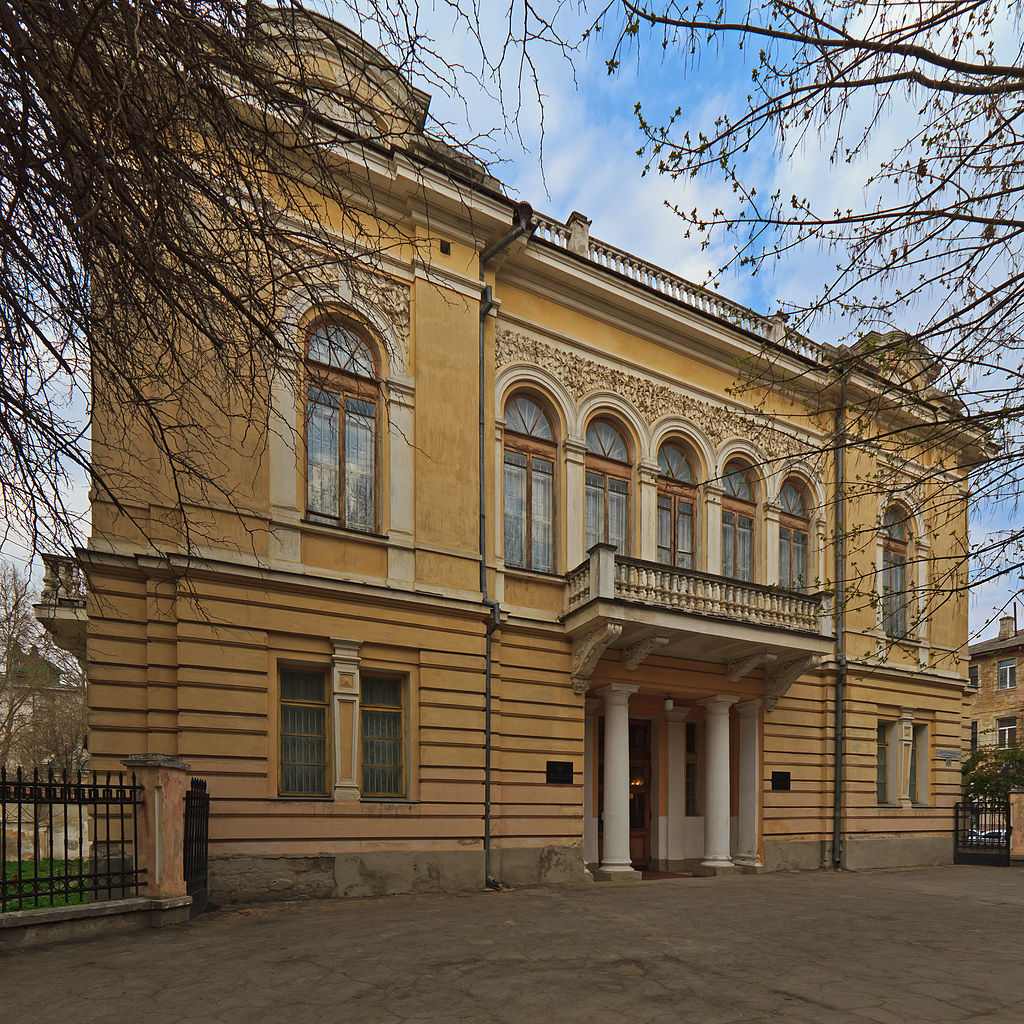
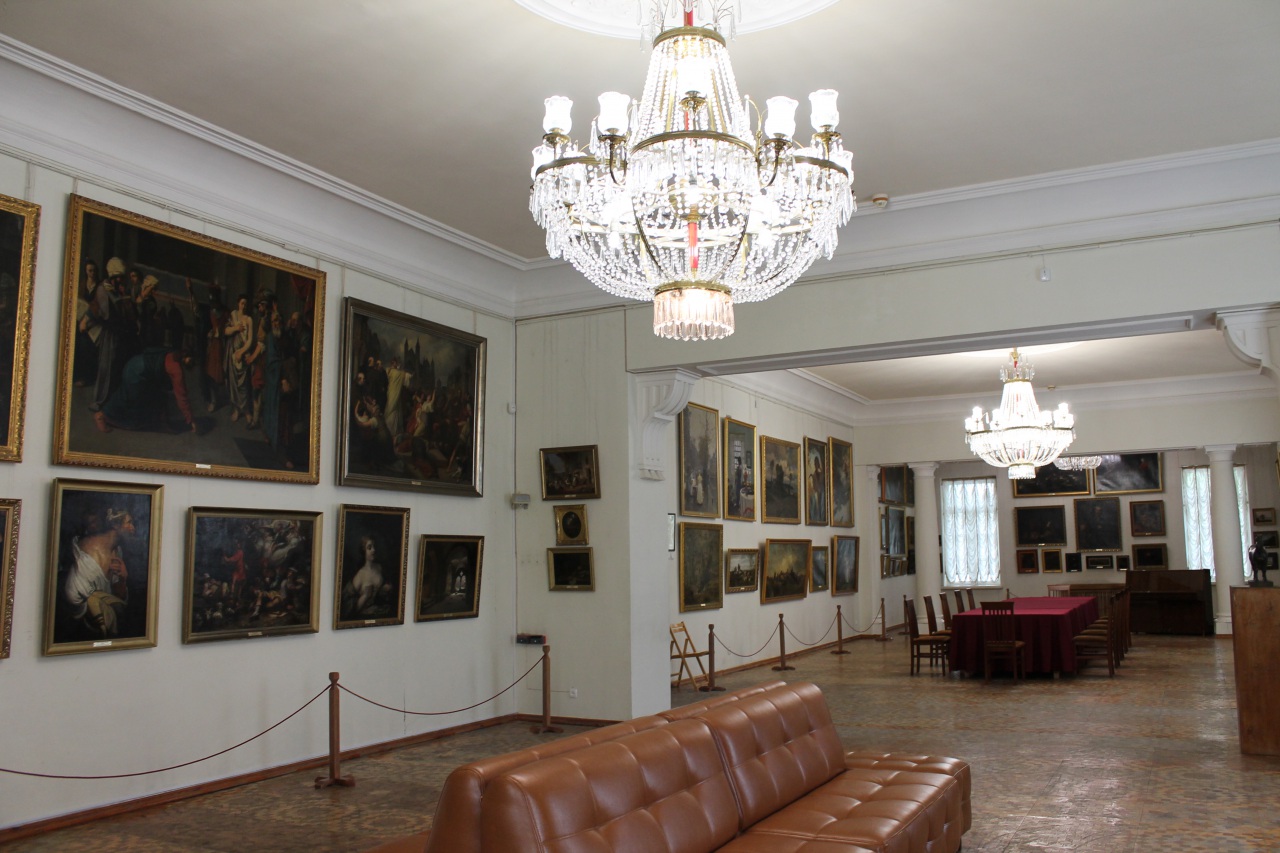
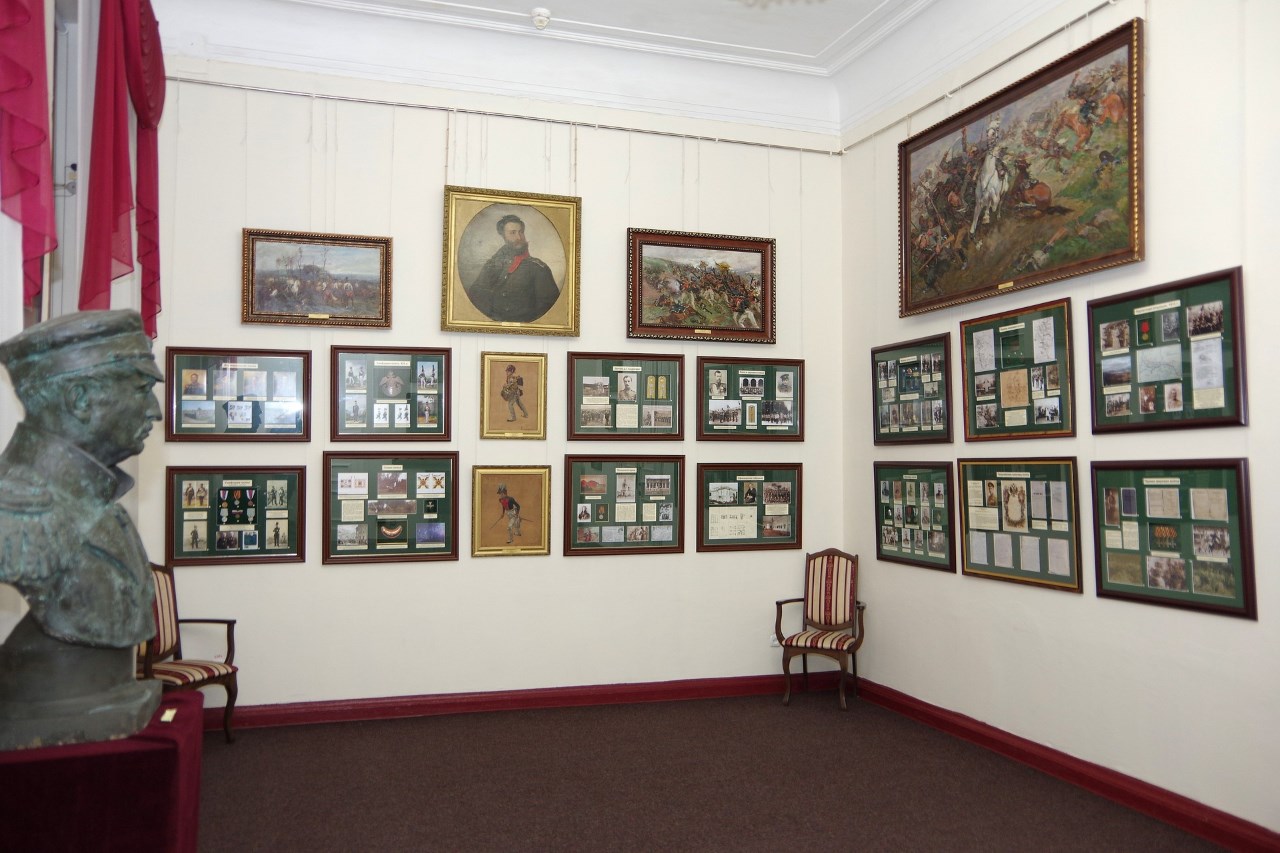
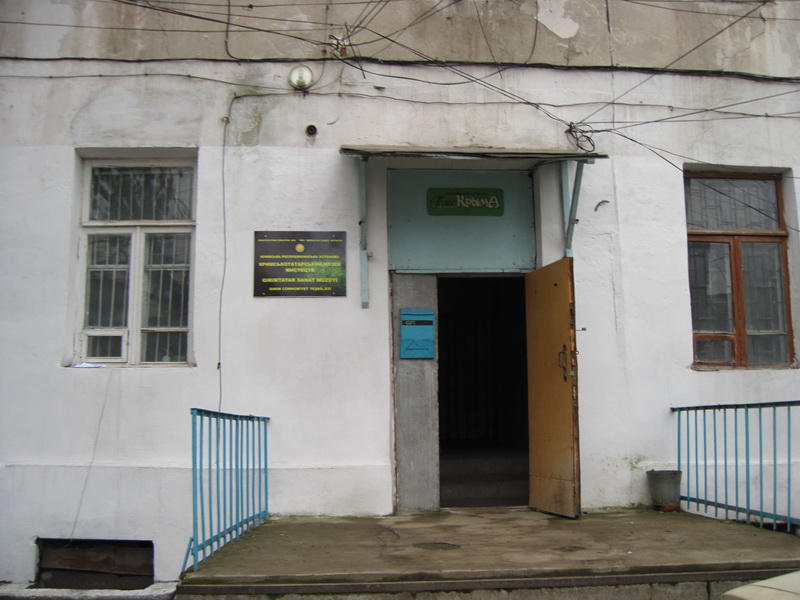
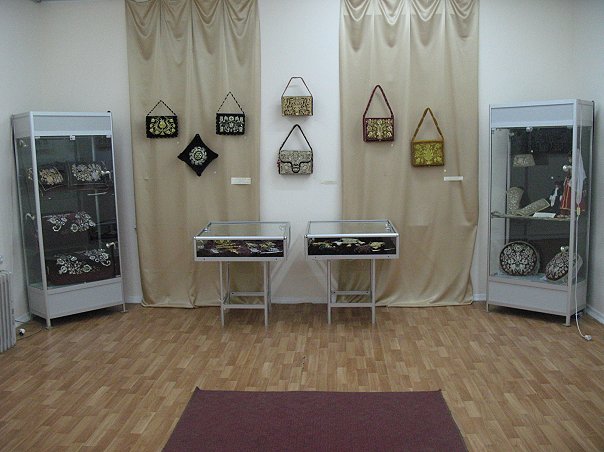
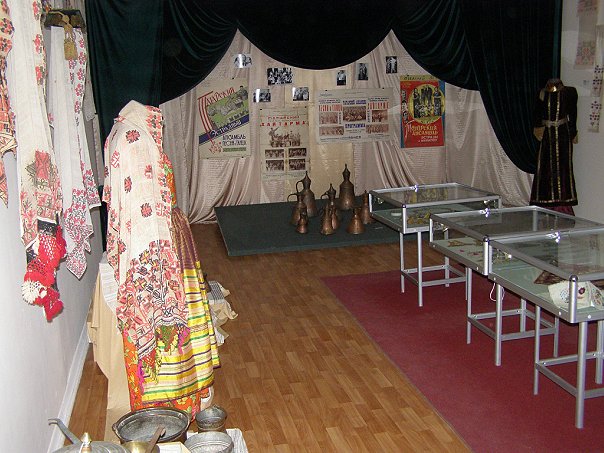
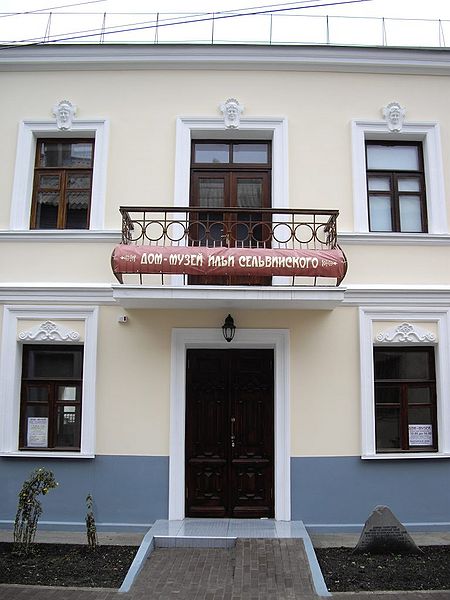
Simferopol is the capital of Crimea. It is its scientific, business and cultural center. It is the largest and one of the most beautiful cities on the peninsula, and it has all the components required for both leisurely and educational tourism. It is located in the heart of Crimea, near the Sagir River valley. Because all Crimea-bound roads go through Simferopol, it is called “Gate of Crimea.” It is from this capital that guests begin exploring the peninsula.
The city’s history began in the late 18th century. In 1771, as a result of the Russian victory in the Russian-Turkish war, Crimea was given to Russia. At that time, the empress Catherine the Great ordered a city to be built that would become the center of the lands won away from the Turks.
Construction started in 1784, near a small town of Aqmescit, which had been the residence of the Qalğa-Sultan, the Khan’s right hand man. The buildings were constructed from the ruins of Scythian Neapol (Neapolis), the capital of ancient Scythian state that stood in Simferopol’s location back in 3rd century B.C.
The new city, which absorbed Aqmescit, was named Simferopol, Greek for “the city of usefulness,” or “the gatherer-city.” The Crimean capital owes its name - as well as its appearance - to Catherine the Great, who introduced the tradition of giving southern cities Greek names to commemorate the Greek colonies that once stood there.
In subsequent years, the population of Simferopol grew and the city itself began to develop many landmarks. The most interesting of them are the Vorontsov Palace in "Salgirka Park” and the Church of St. Alexander Nevsky. Both landmarks were built during the rule of Nikolai the First. Today, these architectural gems, along with other places of historic and architectural importance, contribute to the heritage of Simferopol, and explain why the city is considered as one of the most attractive places in Crimea.
The Crimean capital is the best place to start discovering the peninsula’s unparalleled beauty and rich history. One of the peninsula’s largest and most interesting museums is situated here - the Central Museum of Tavrida, whose extensive collection depicts the centuries-old history of the Crimea, the culture of local citizens, and the tremendous nature of the region.
Numerous ancient and medieval structures also give clues to the history of this city. The main archeological monument in Simferopol is the Scythian Naples Reserve, created on the territory of an ancient settlement. The most interesting feature of the complex is the mausoleum of Scythian aristocrats, which are stunning in their opulence and intricacy. The oldest building in Simferopol is the Kebir-Jami Mosque, which was built in the early 16th century, and it is especially interesting and remarkable.
Unfortunately, many travelers, who use Simferopol only as a stopgap on their way to the sea, do not give the Crimean capital its due. But this amazing city, with its numerous monuments, museums, and riverside parks, is able to offer just as much, in not more, than any other Crimean resort!
https://discover-ukraine.info/index/crimea/simferopol
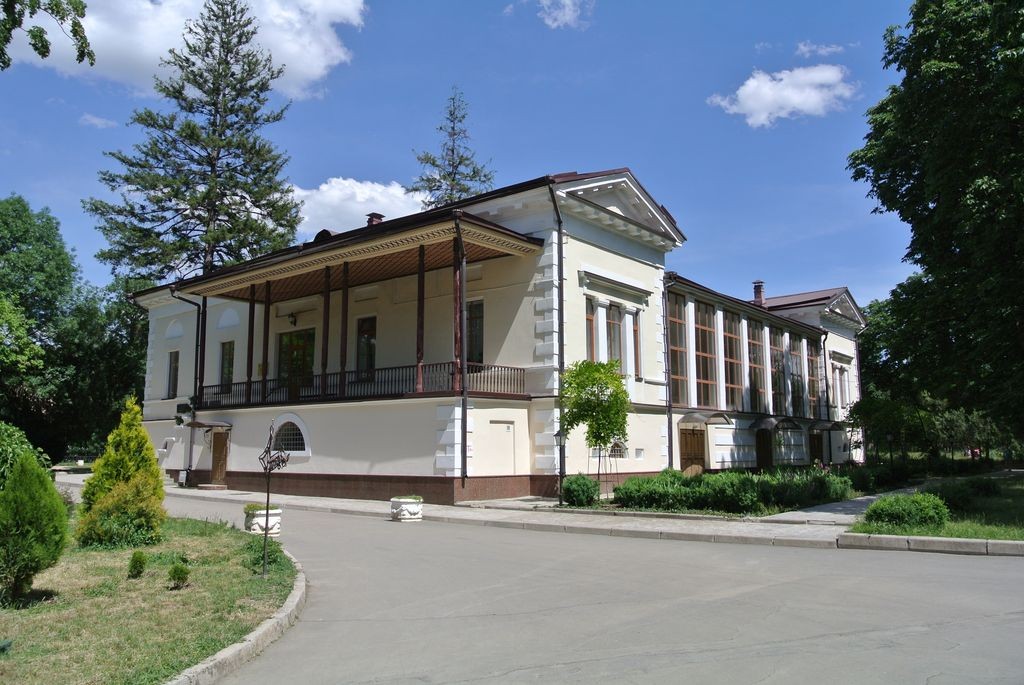
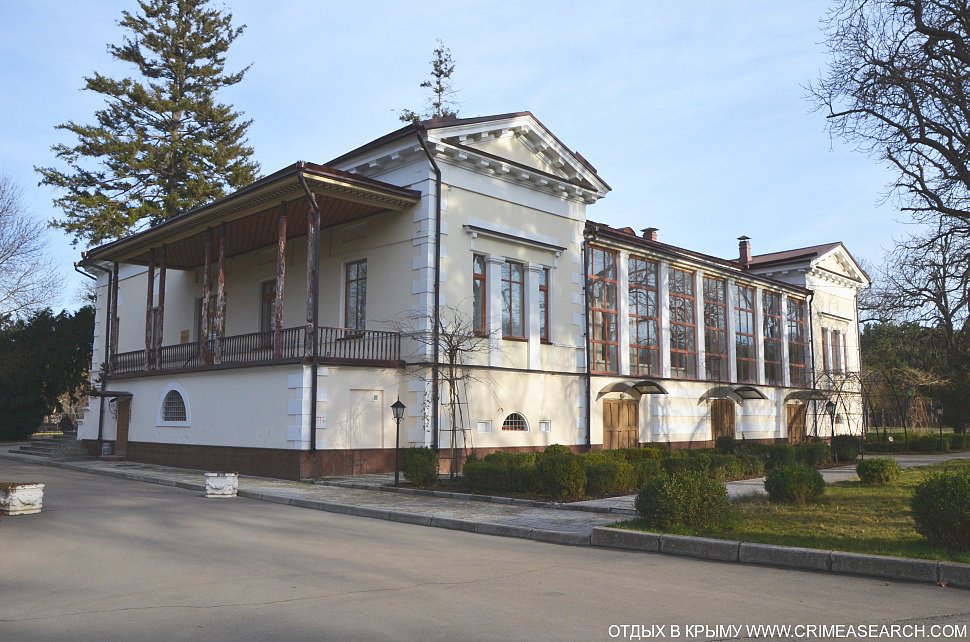
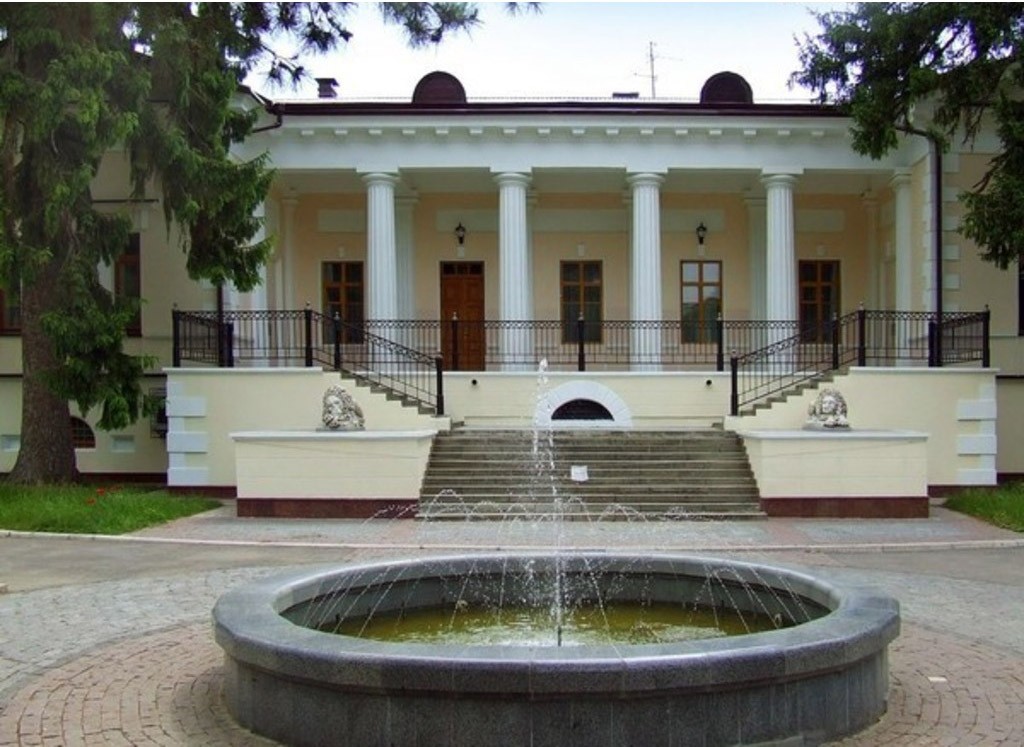
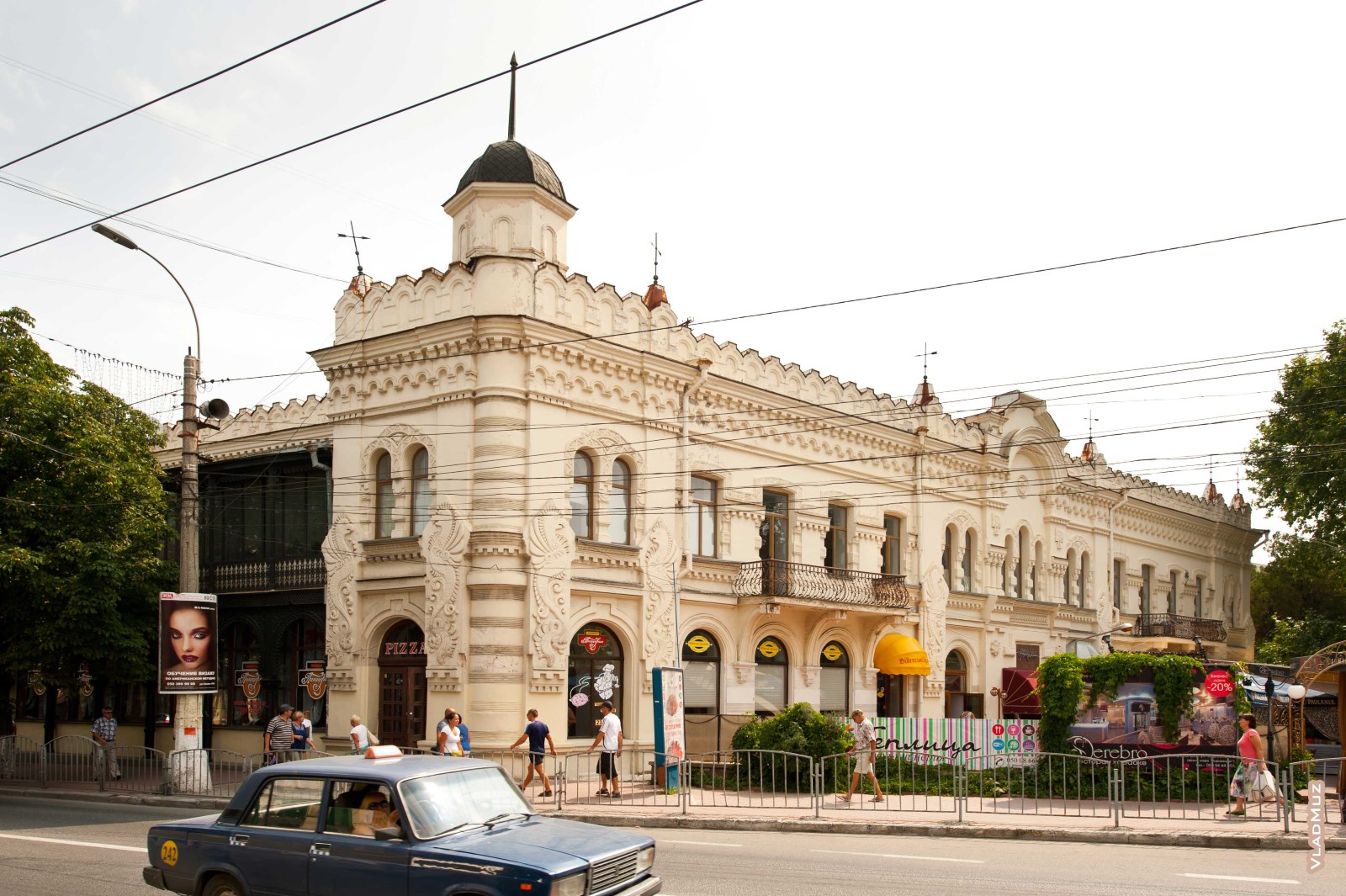
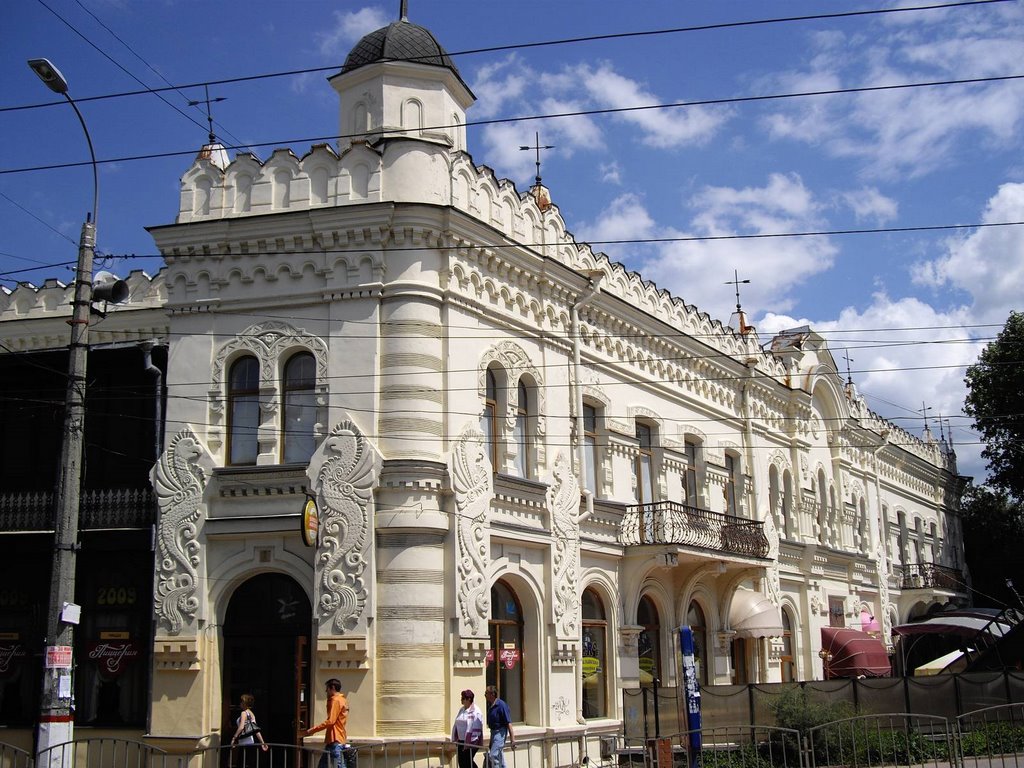
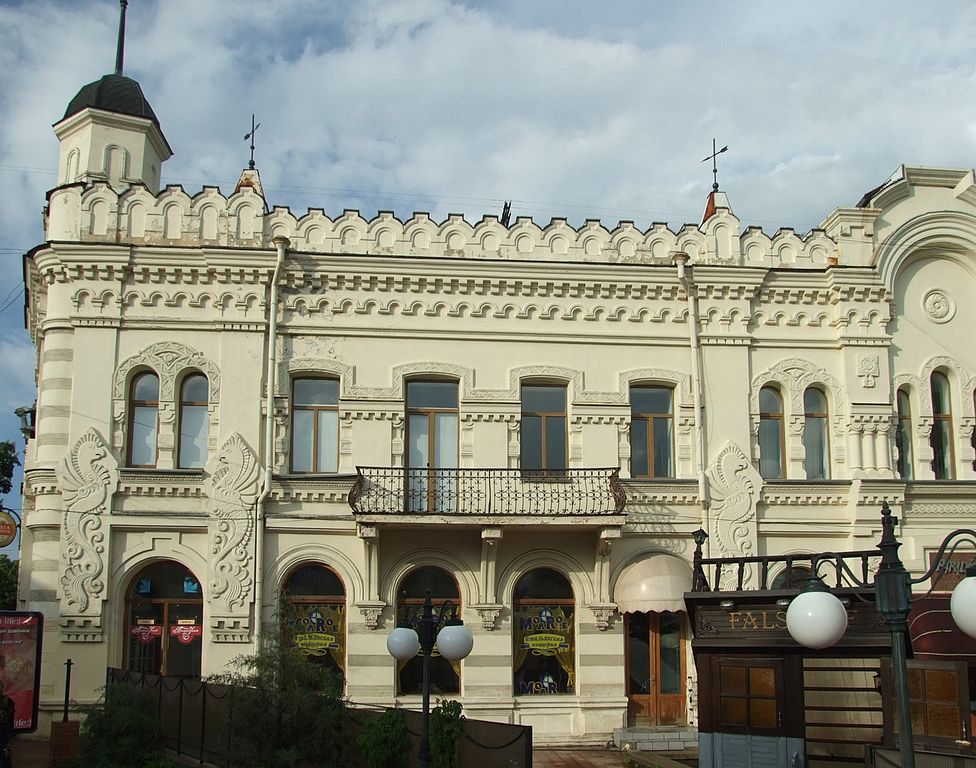
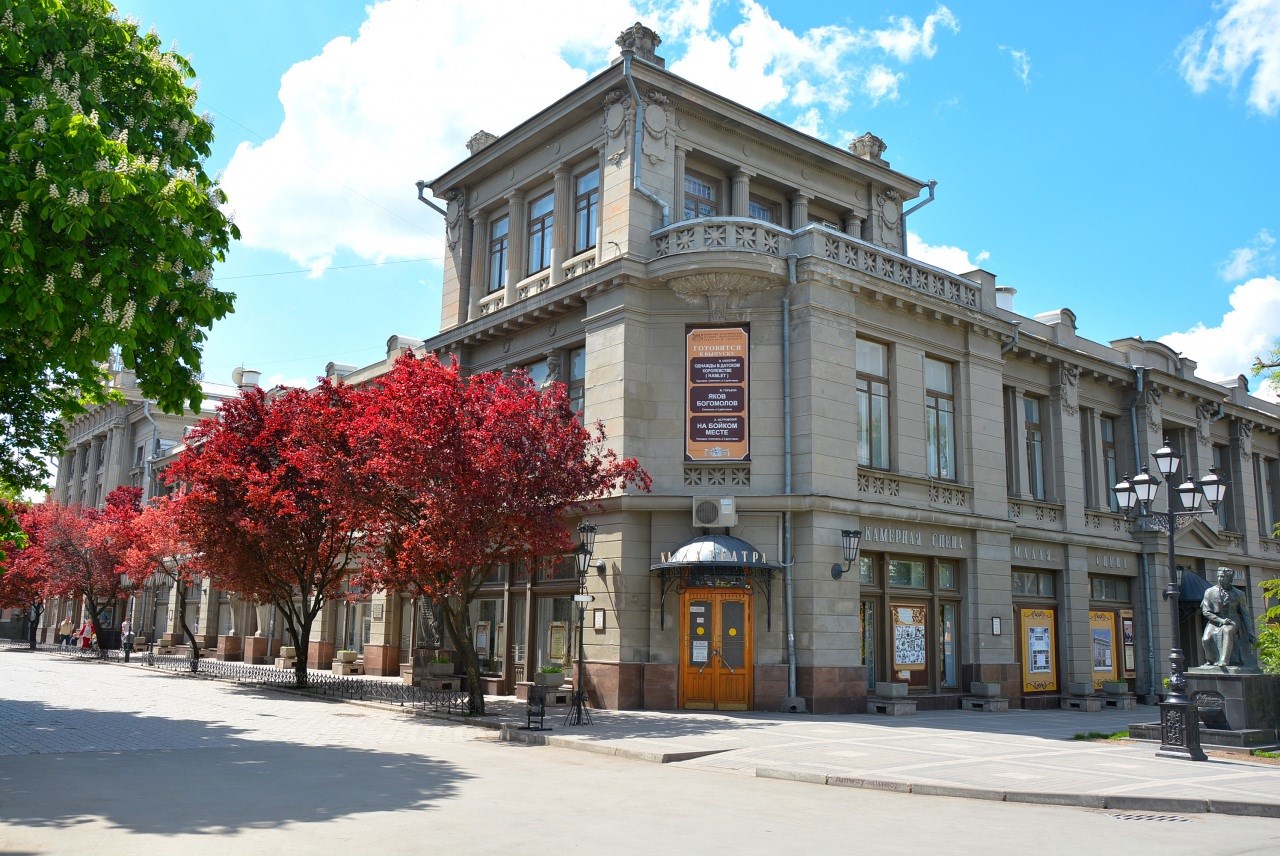
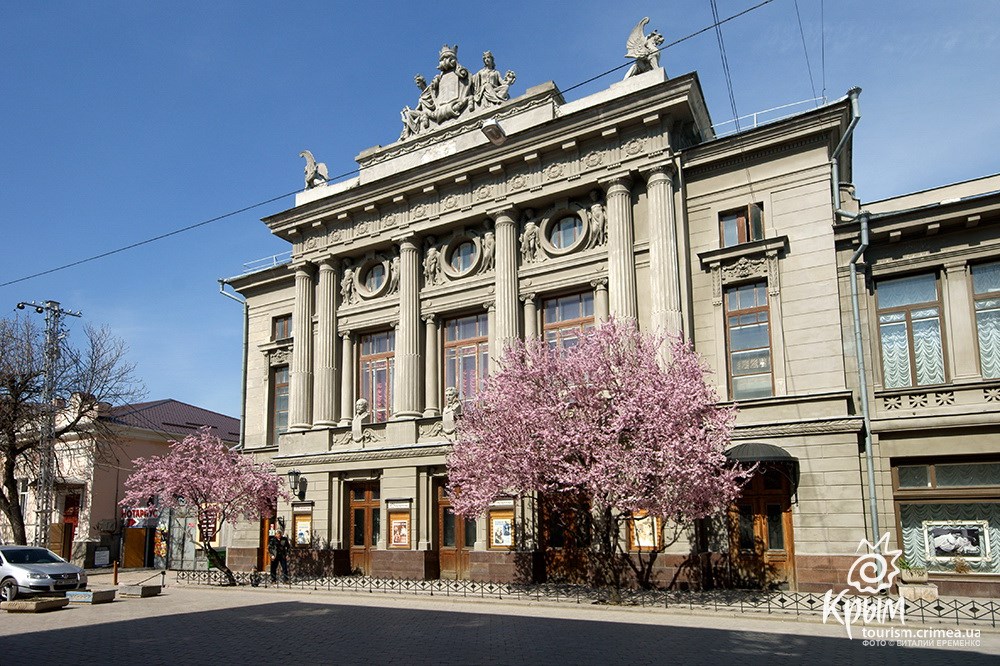
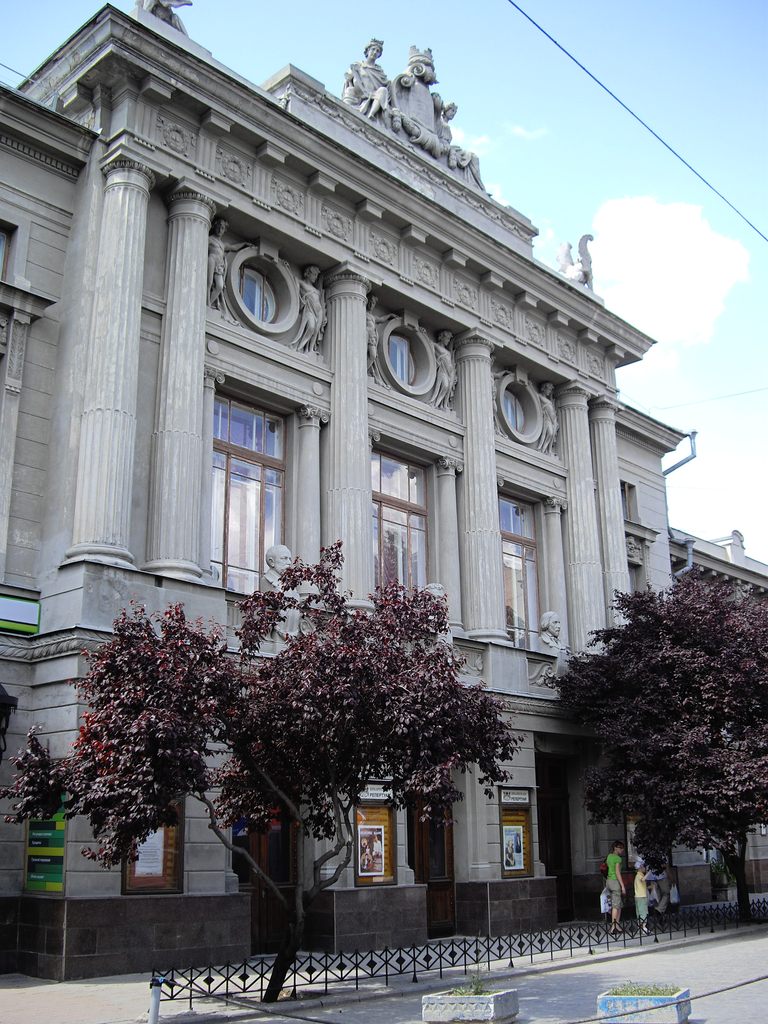
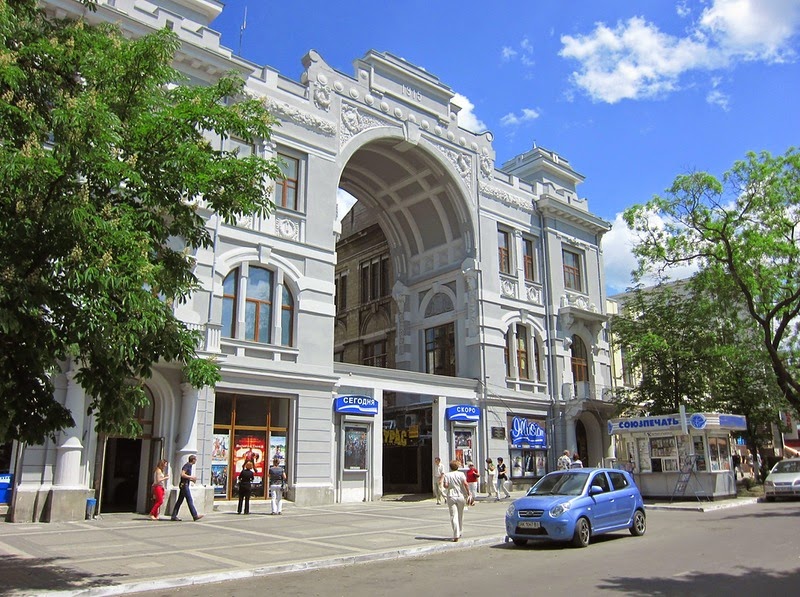
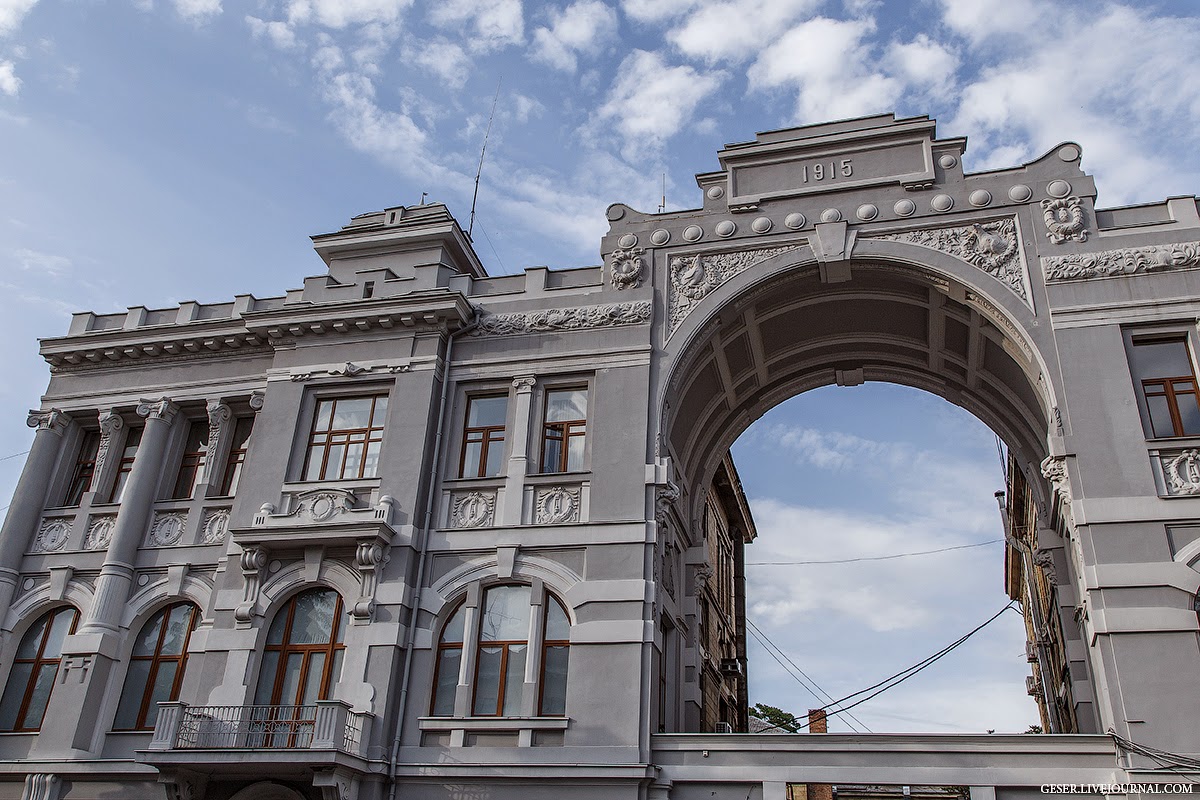
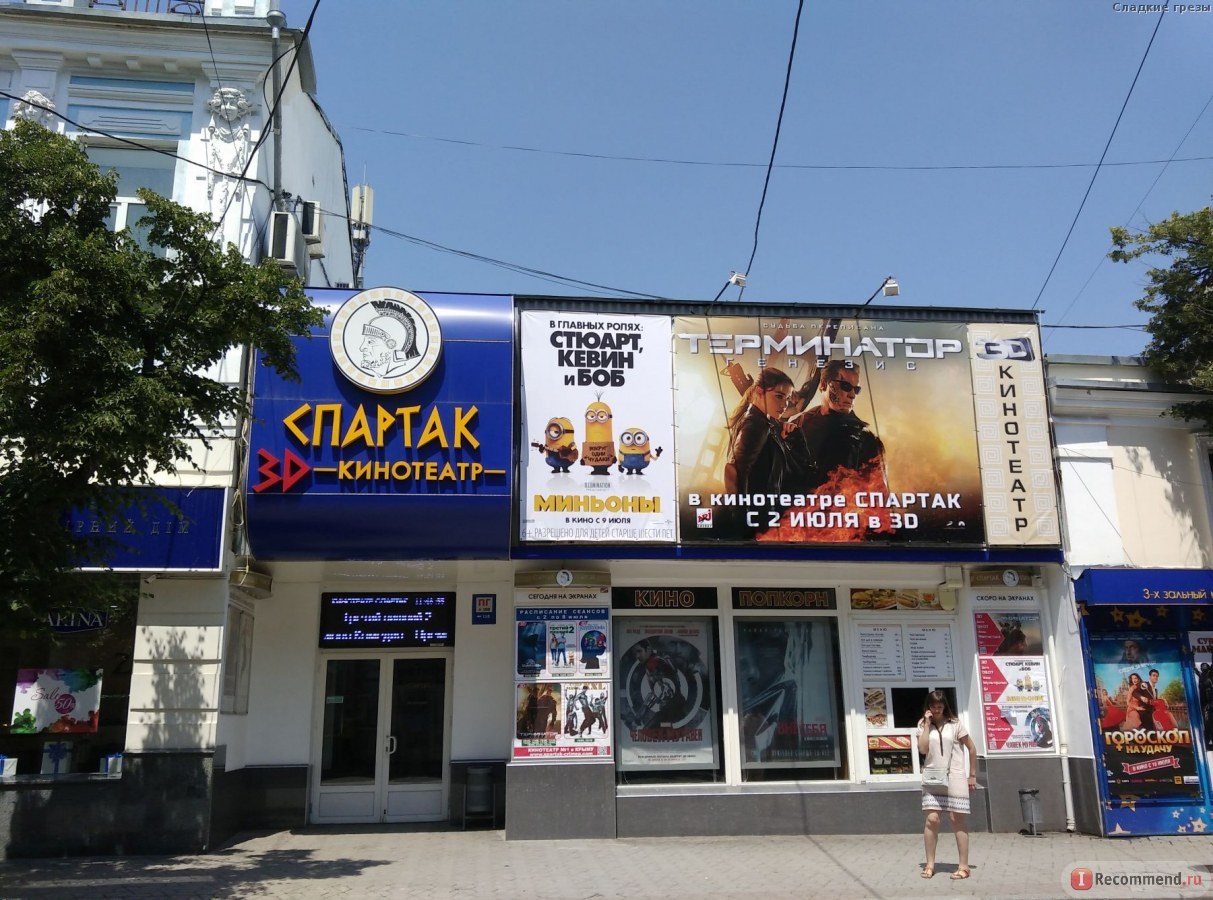
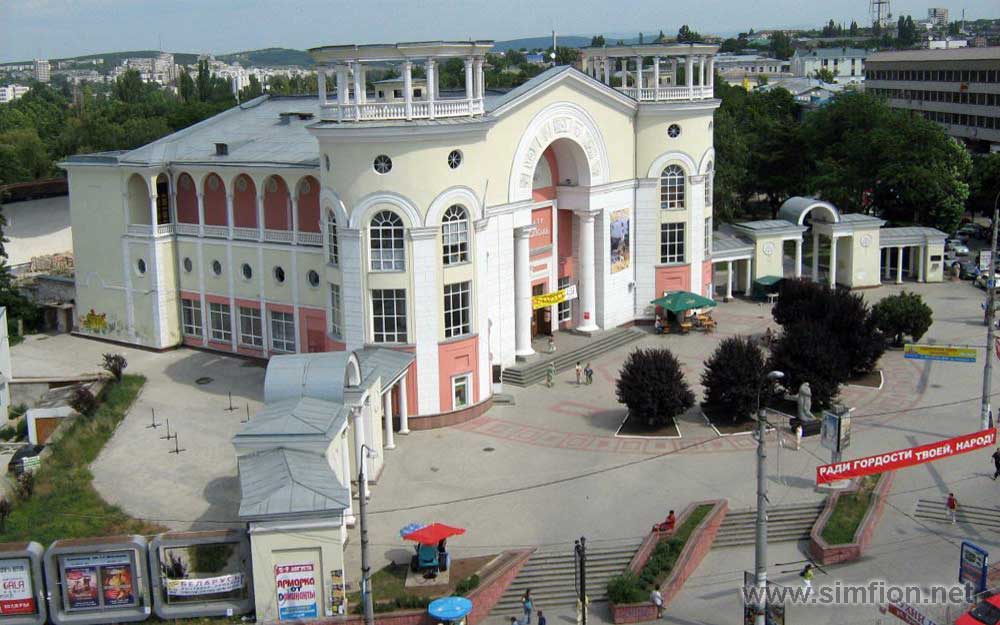
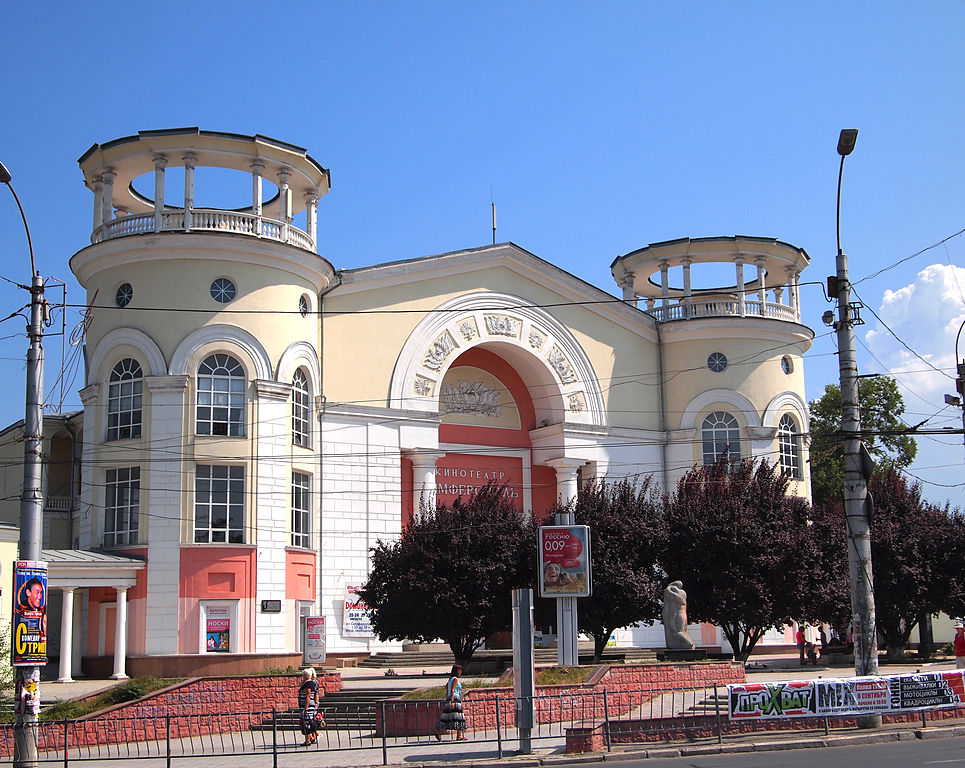
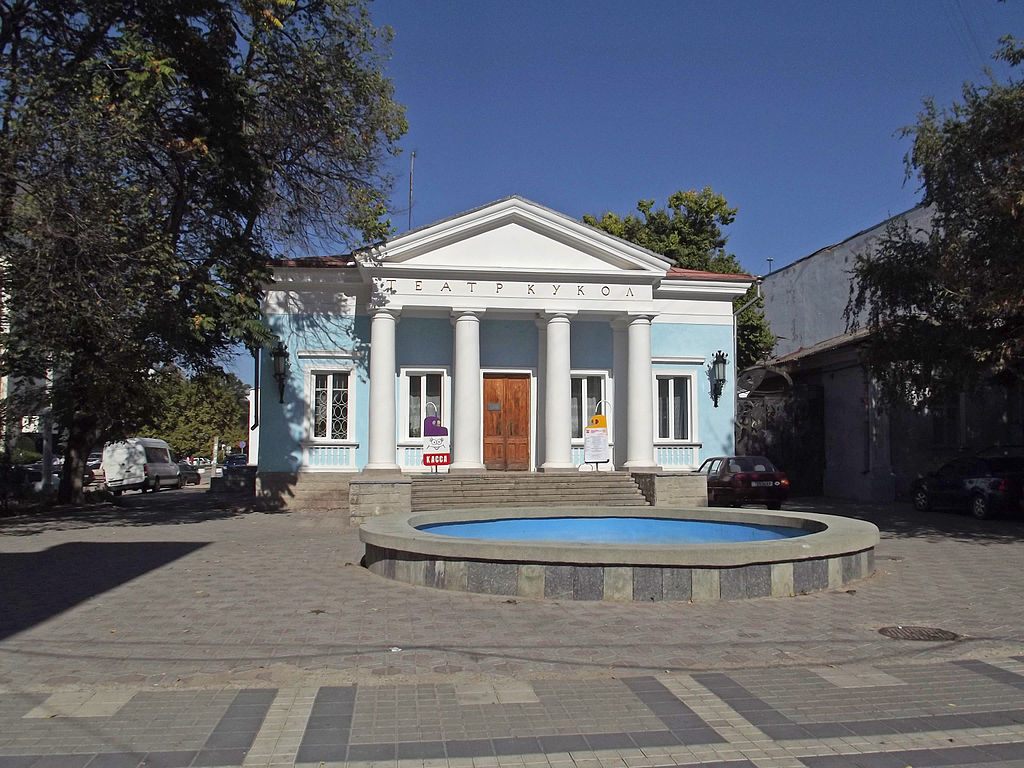
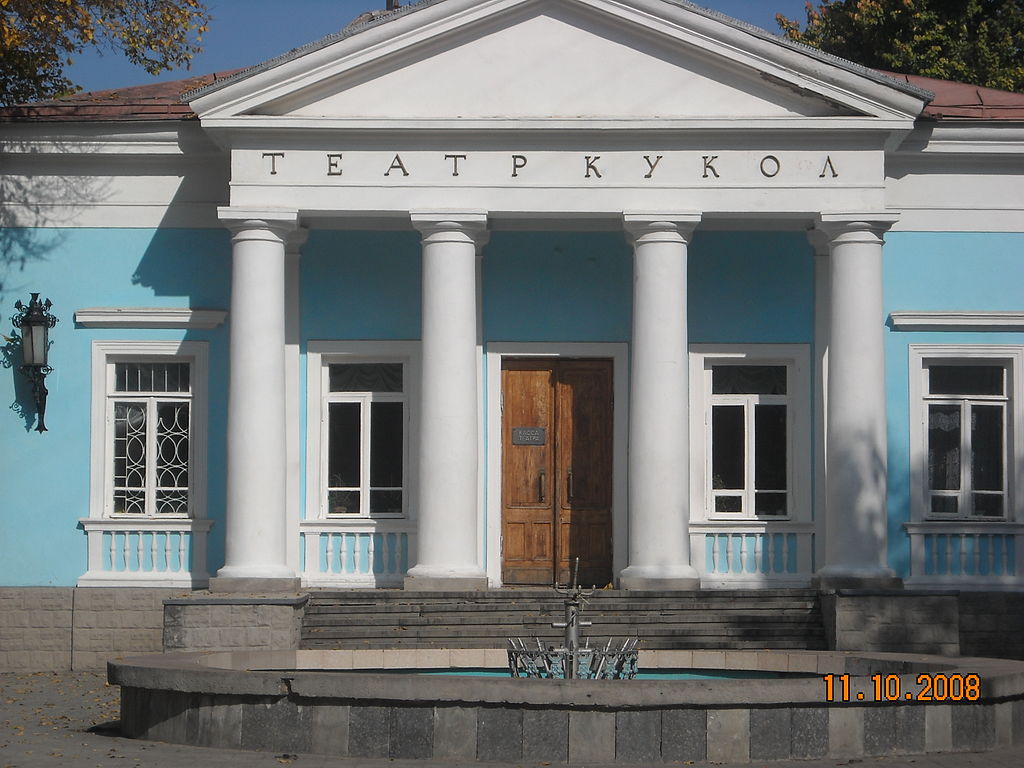
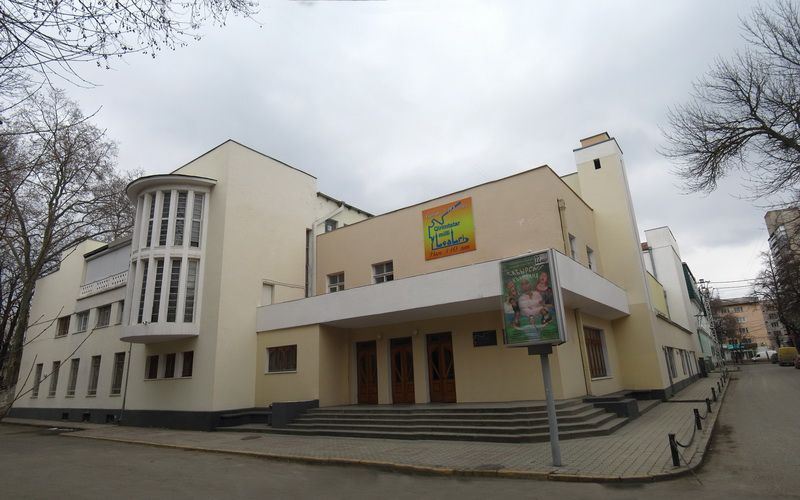

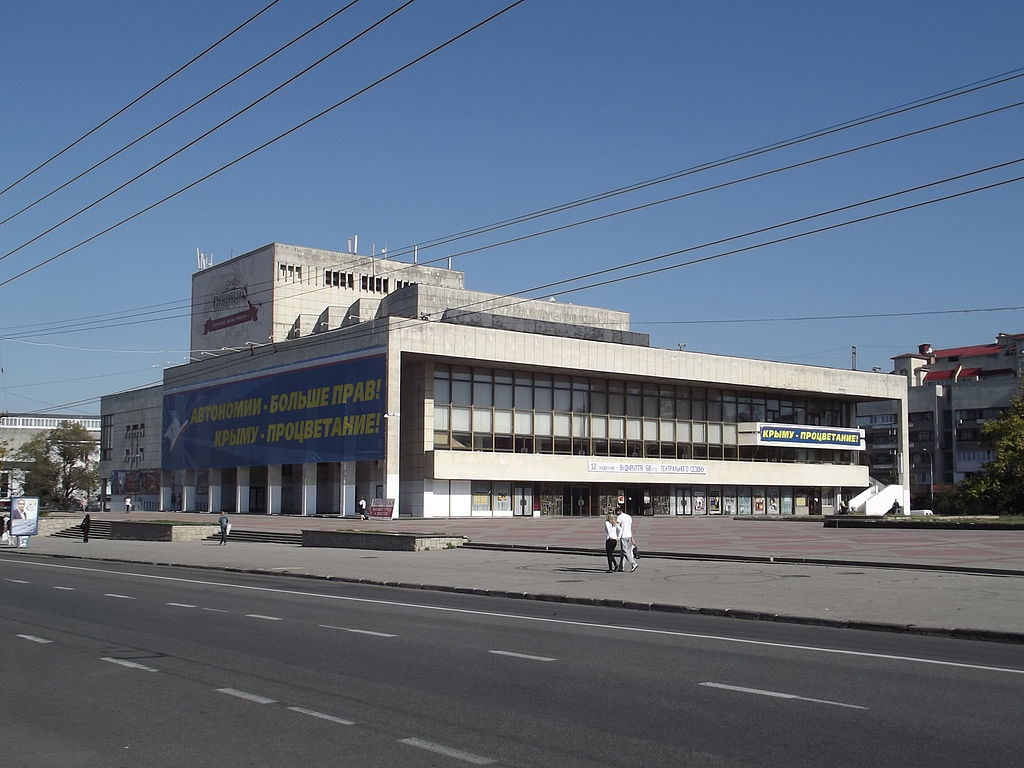
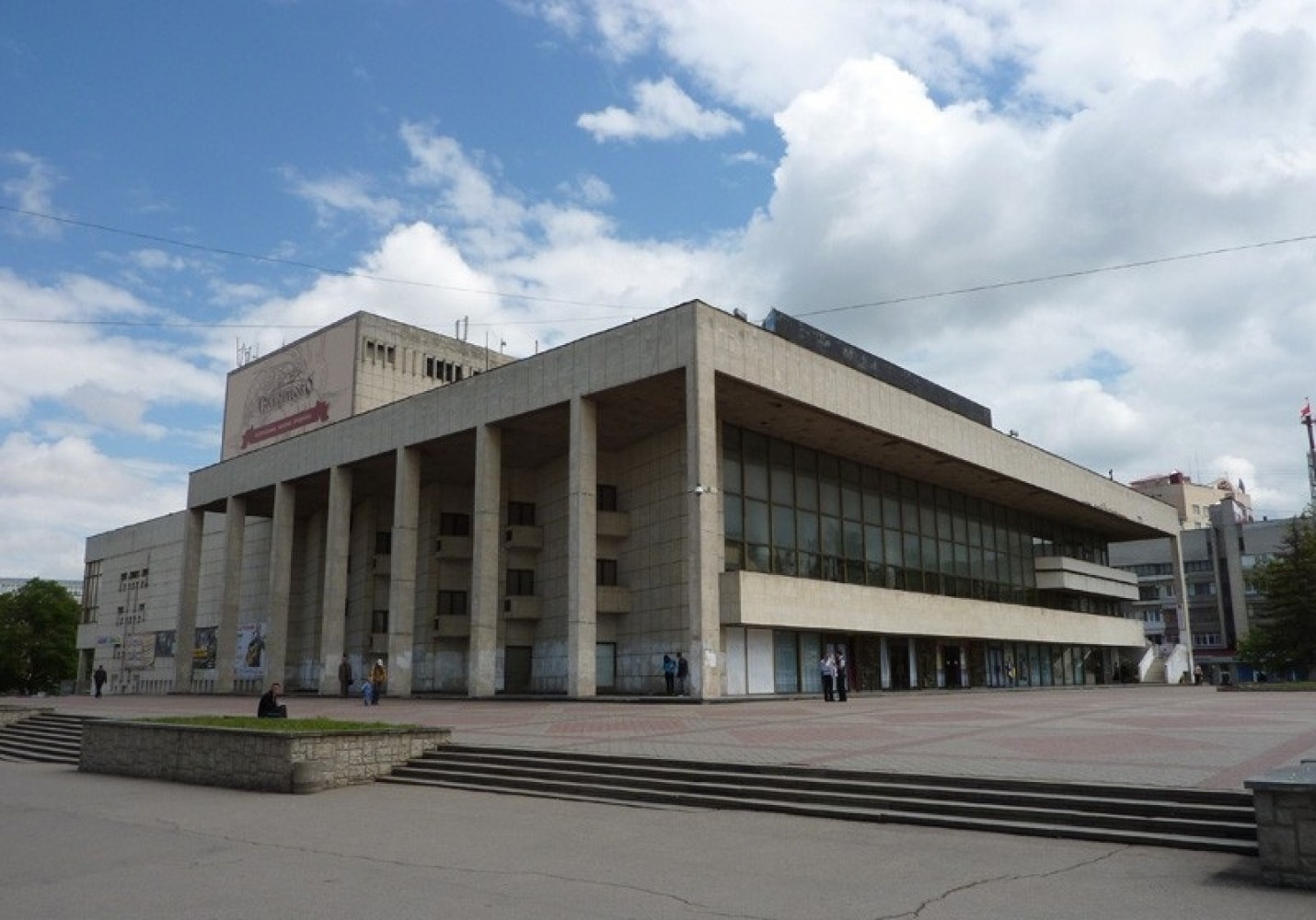
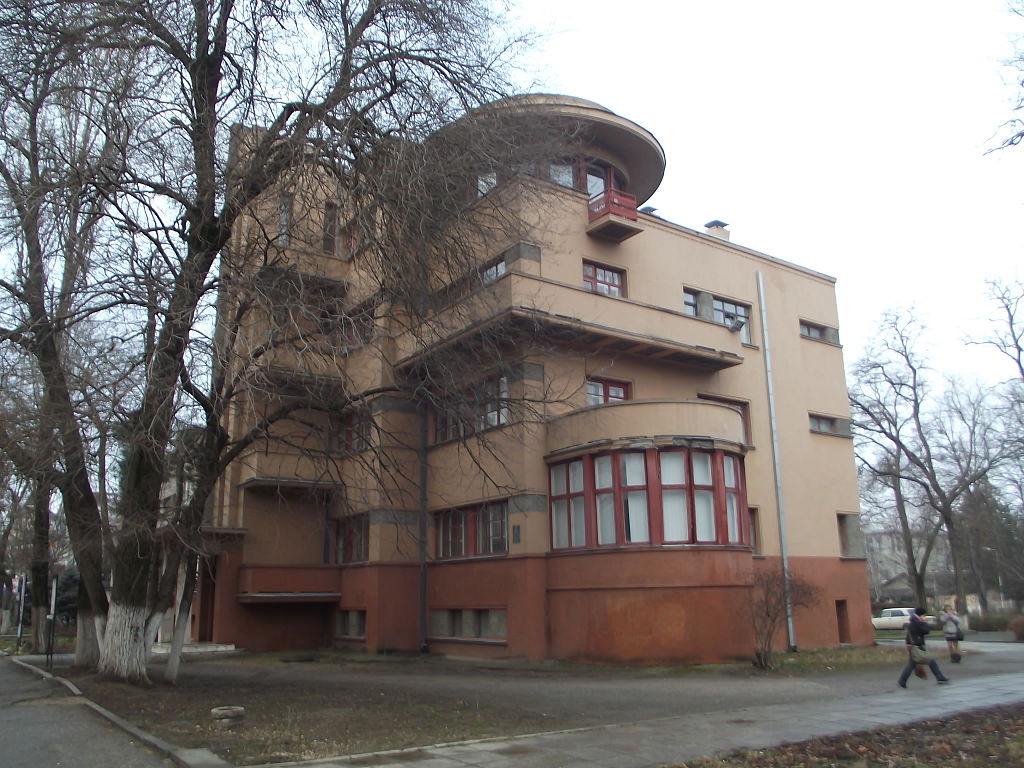
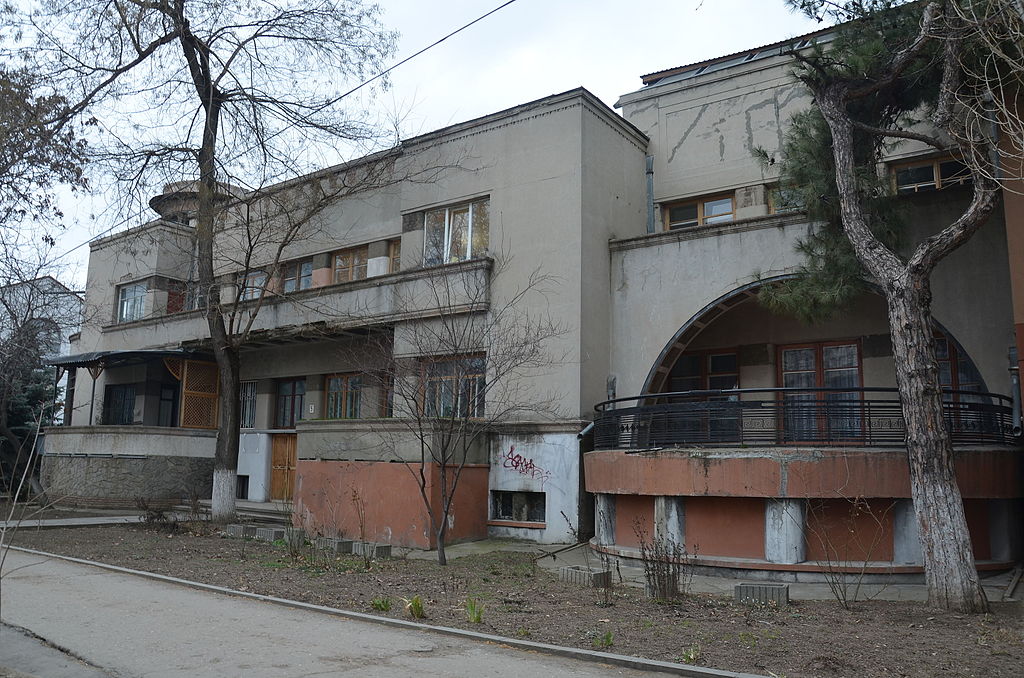
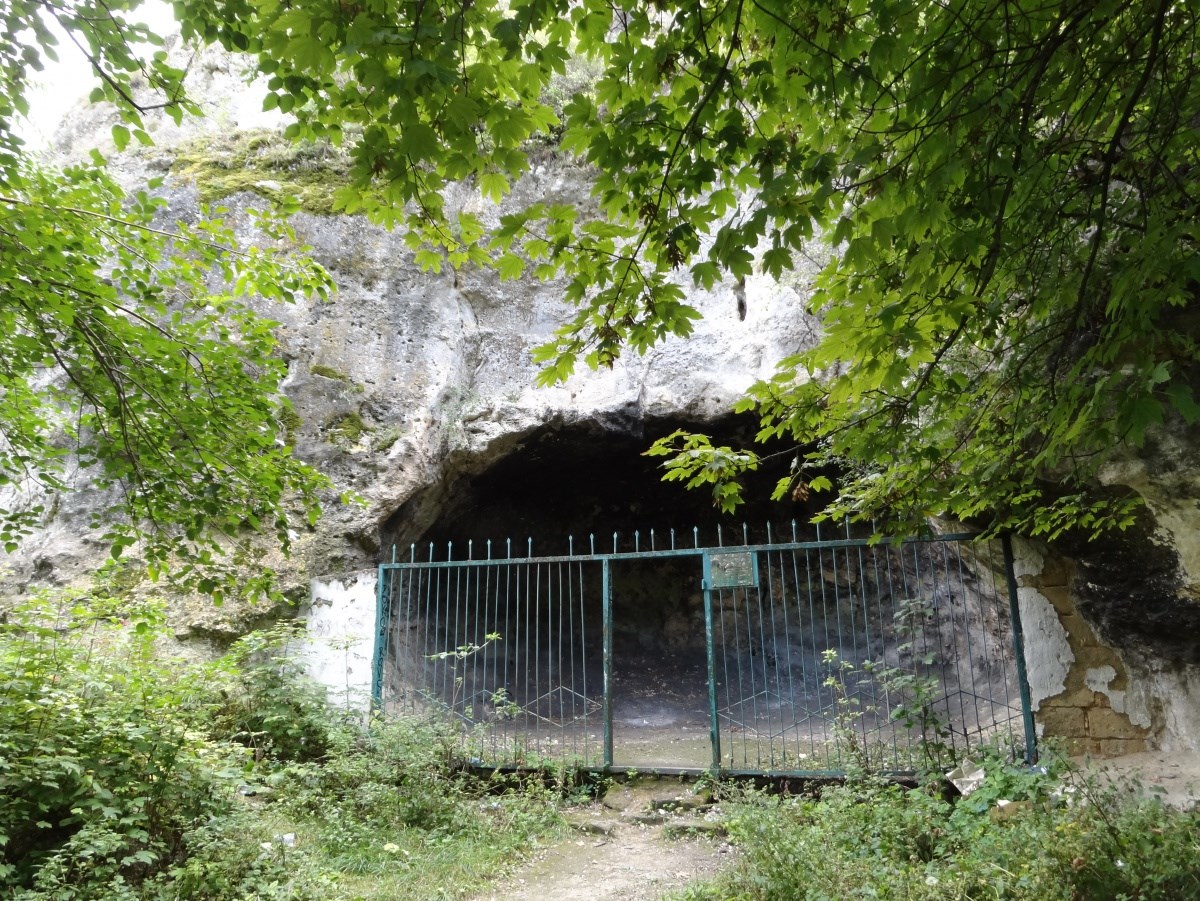
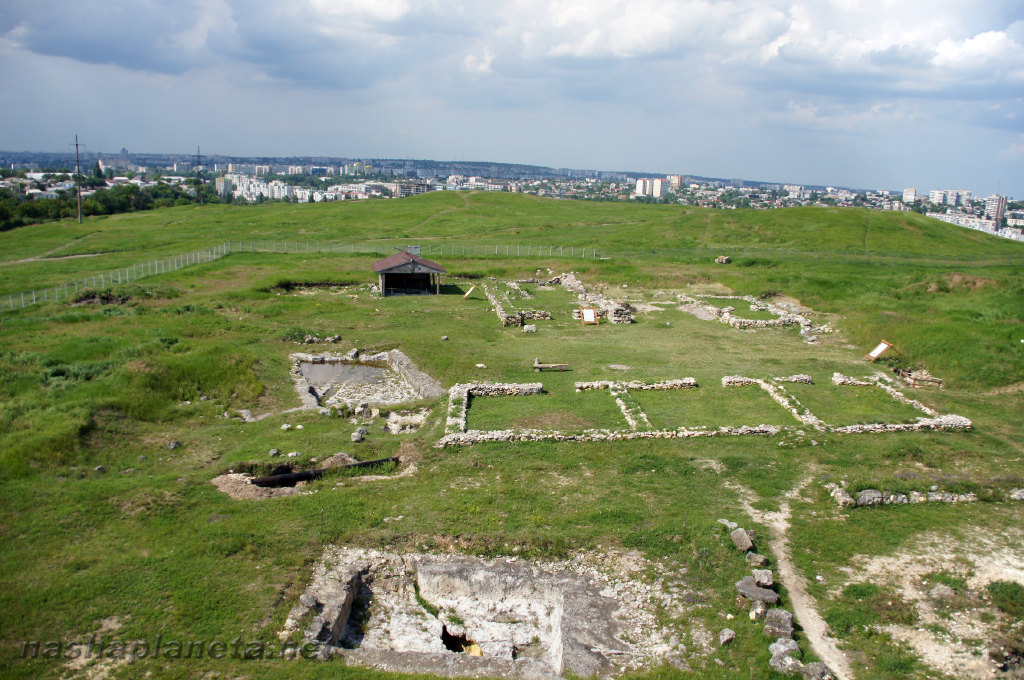
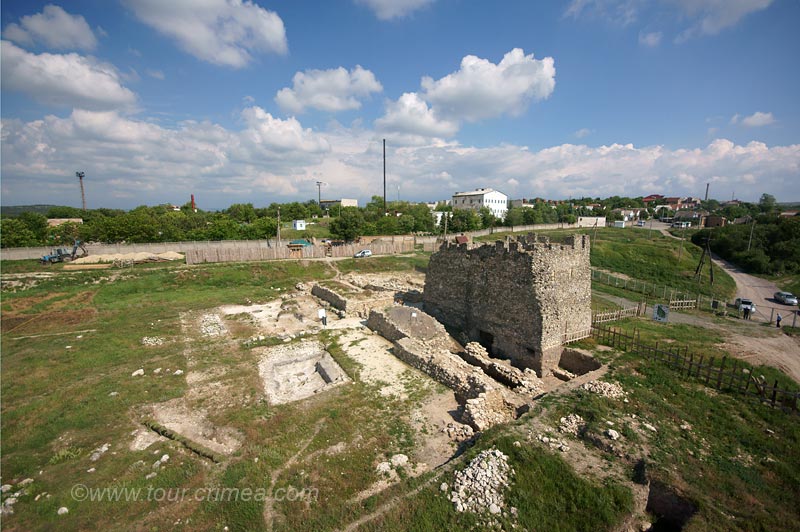
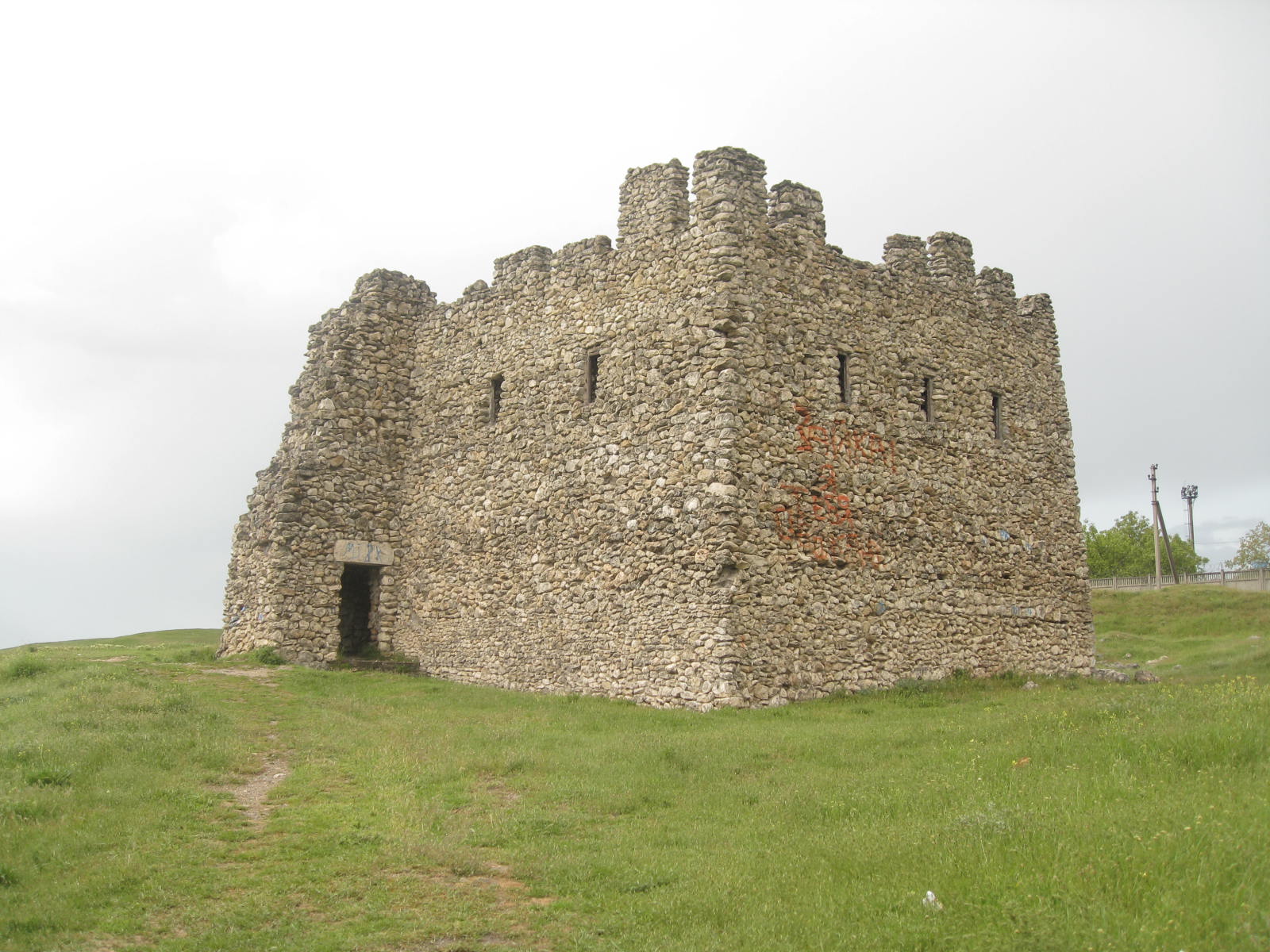
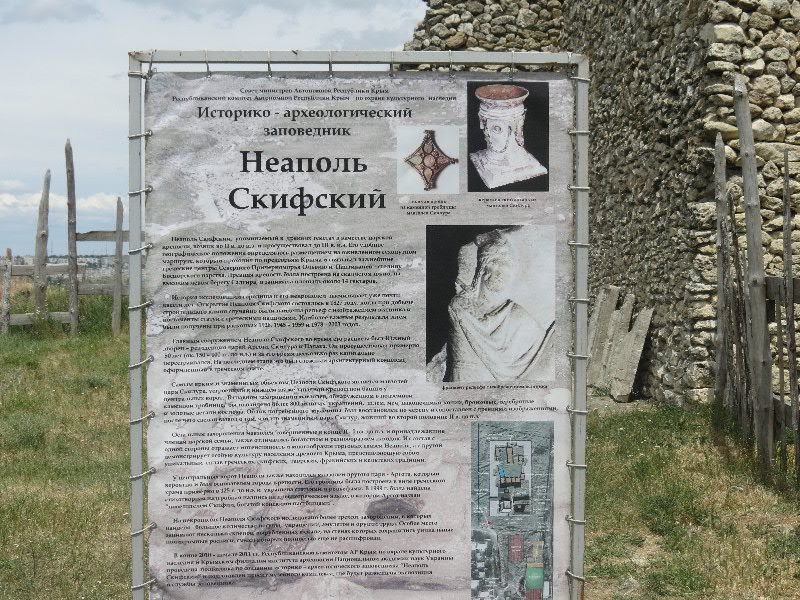
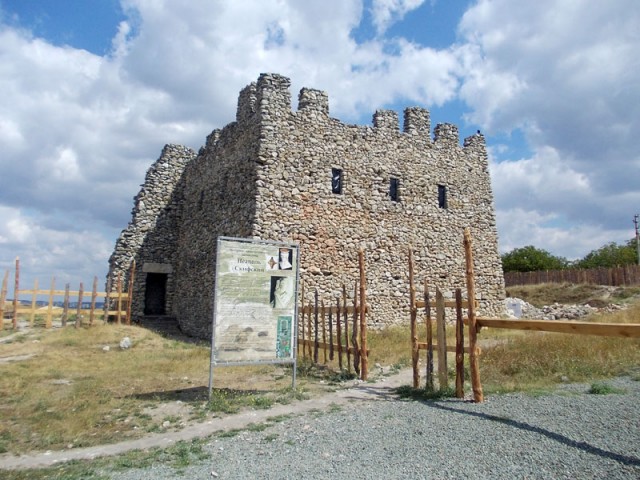

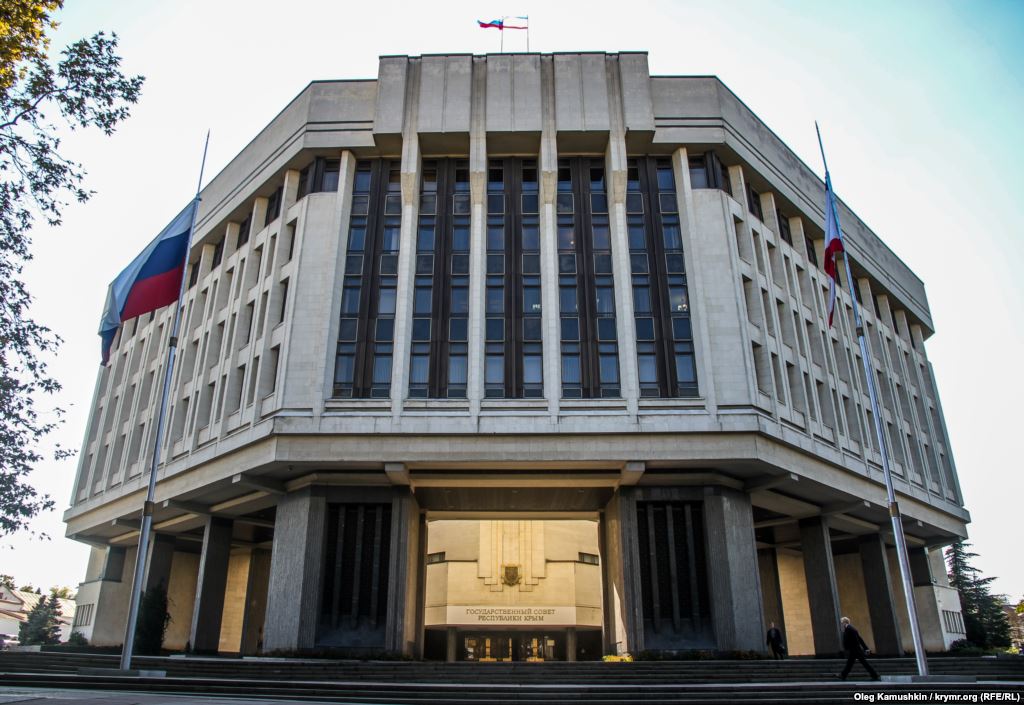

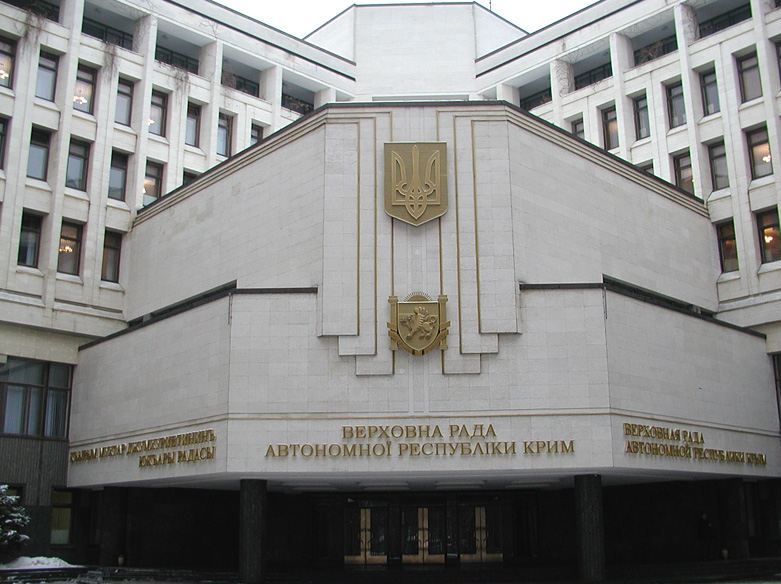
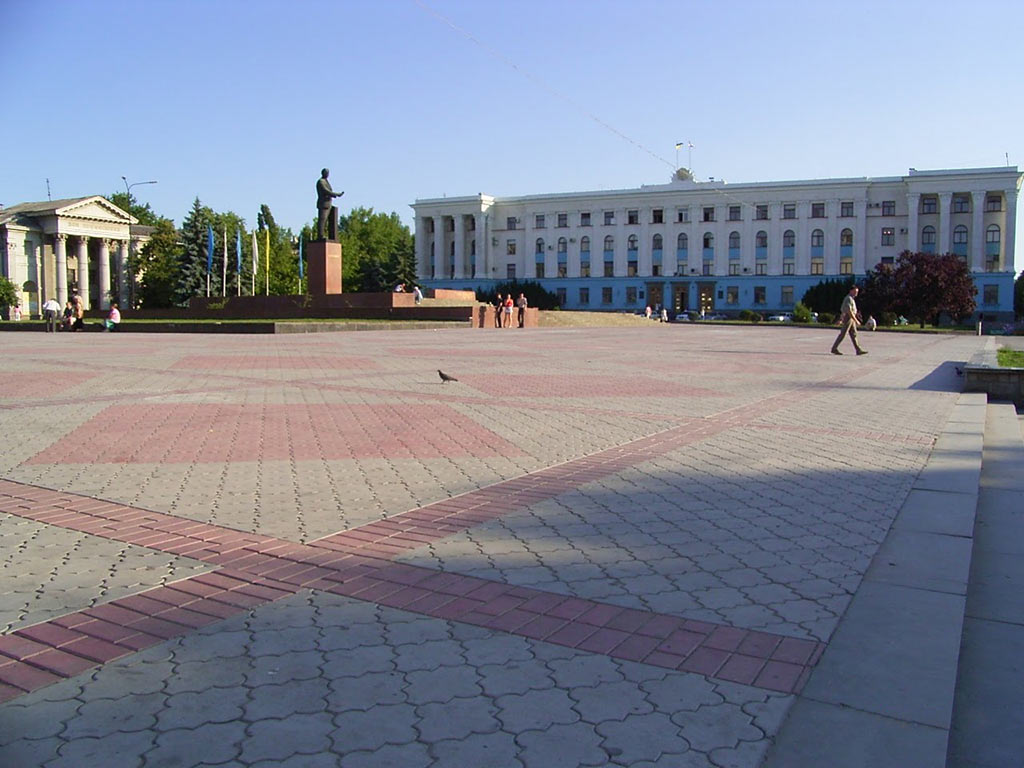
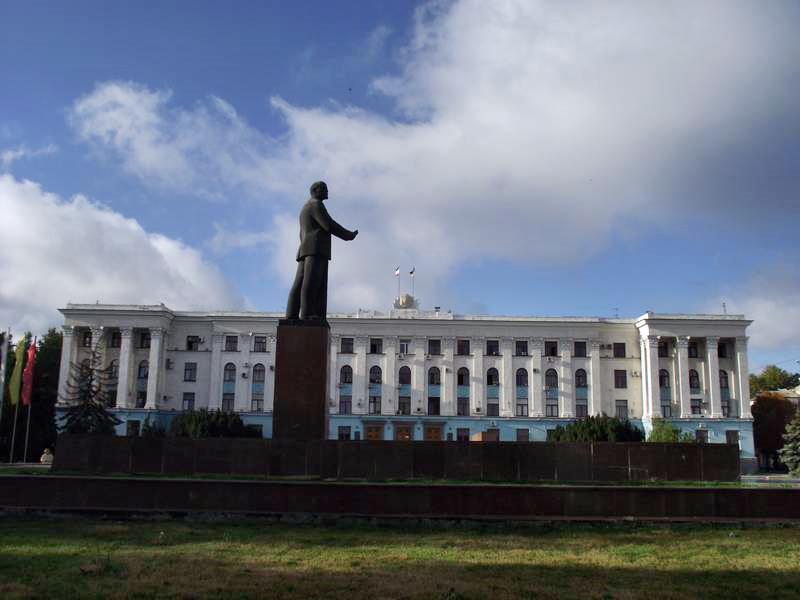
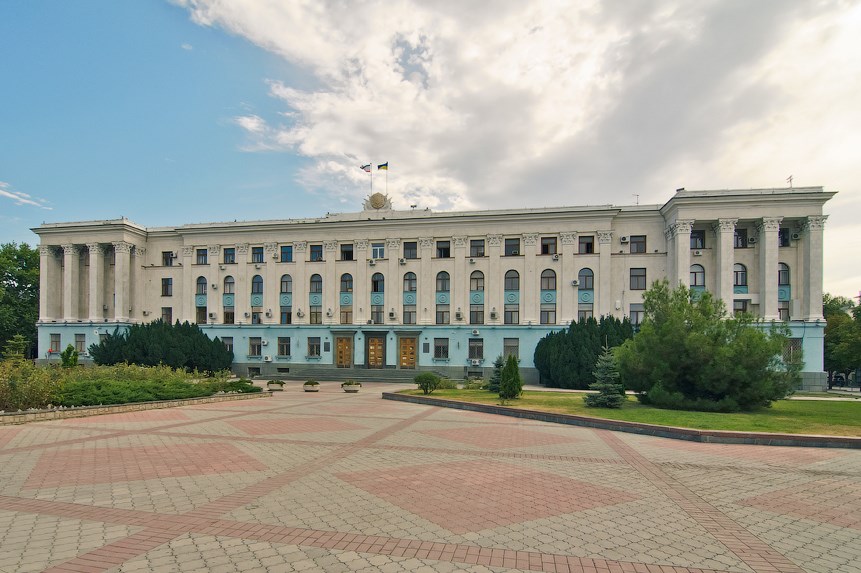
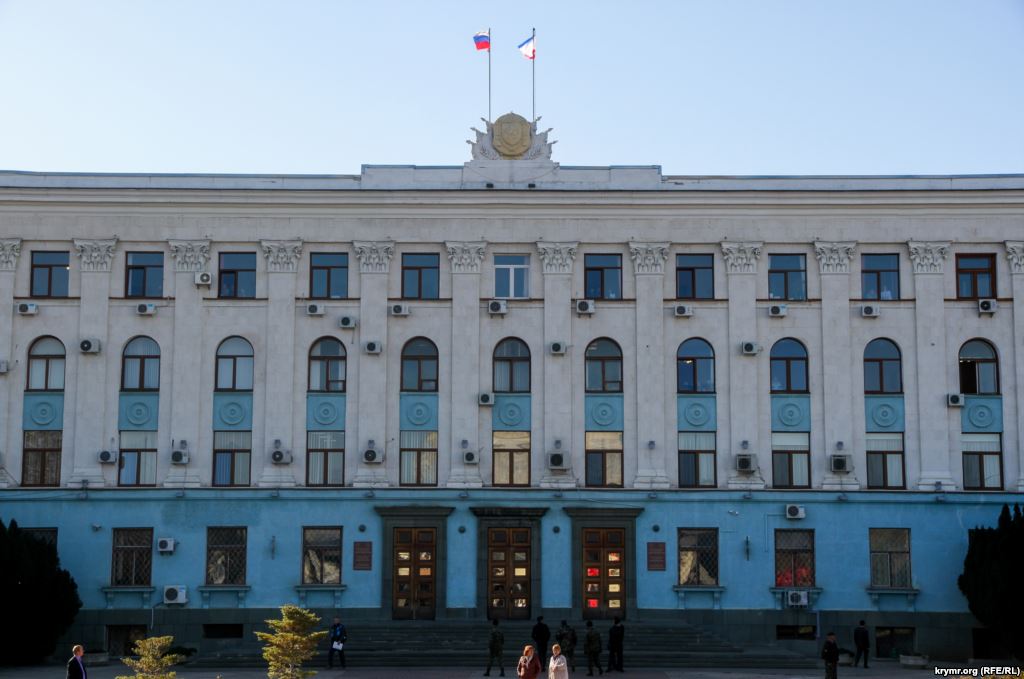
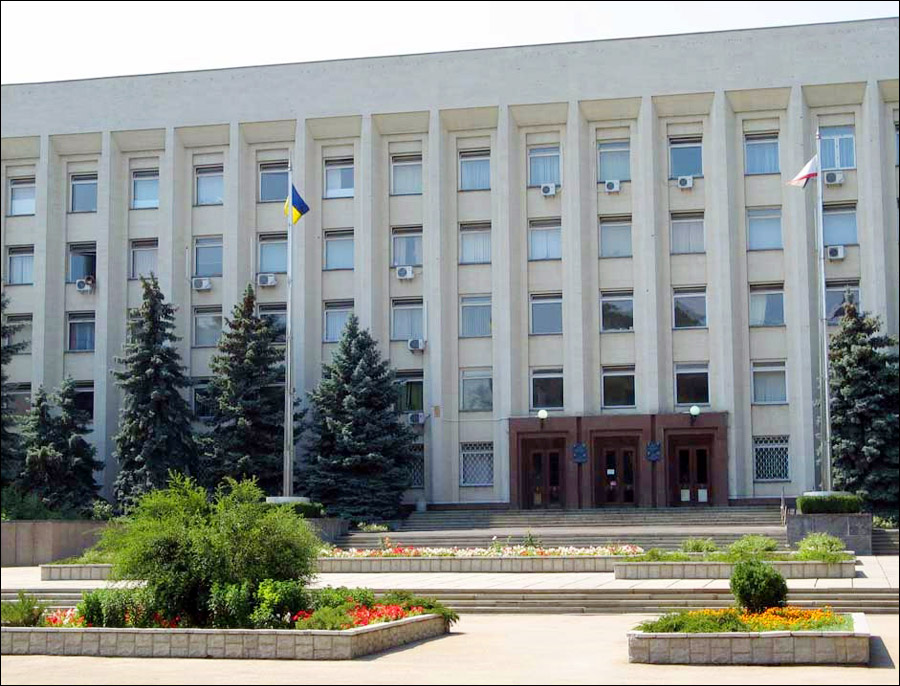
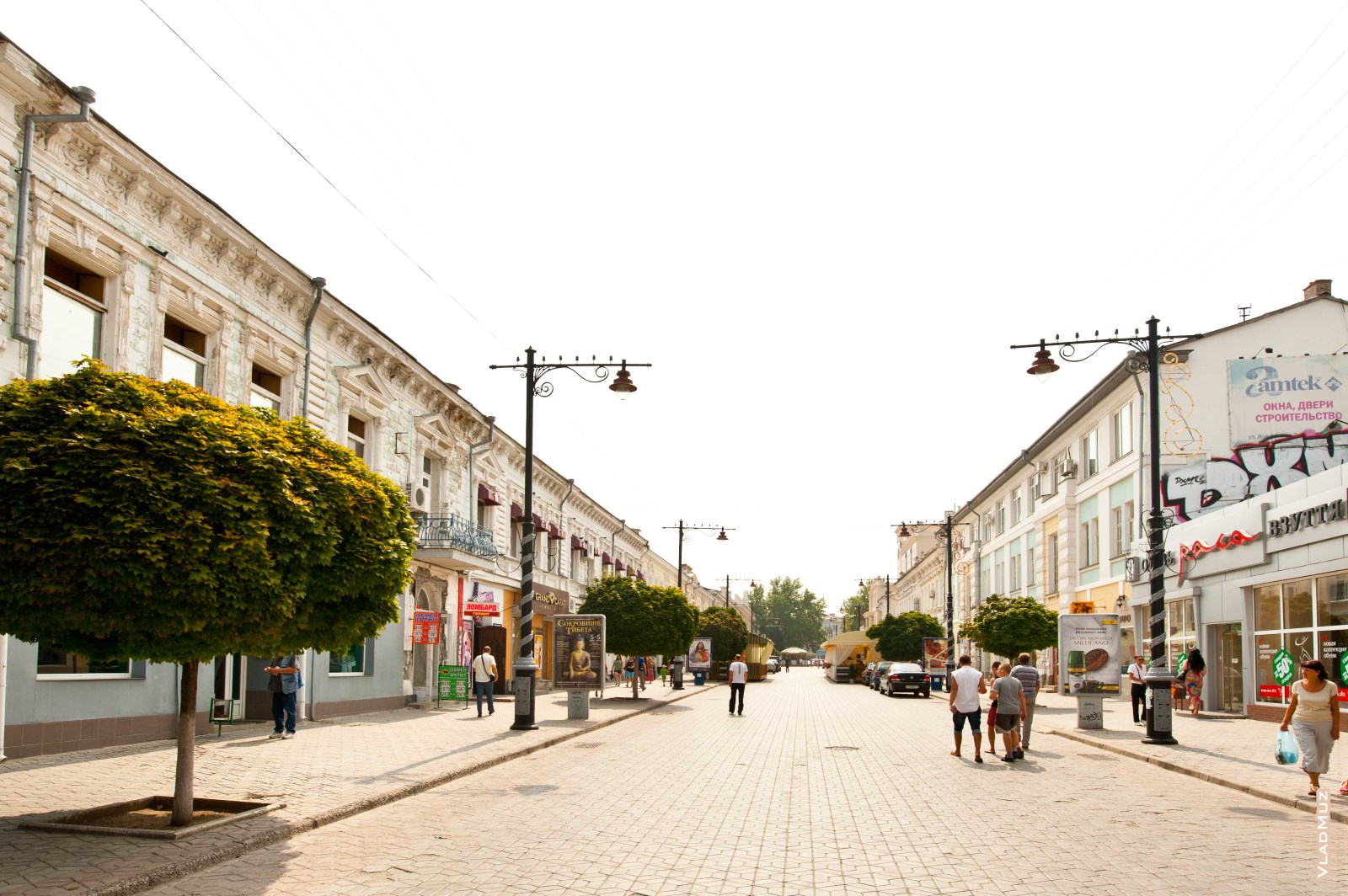
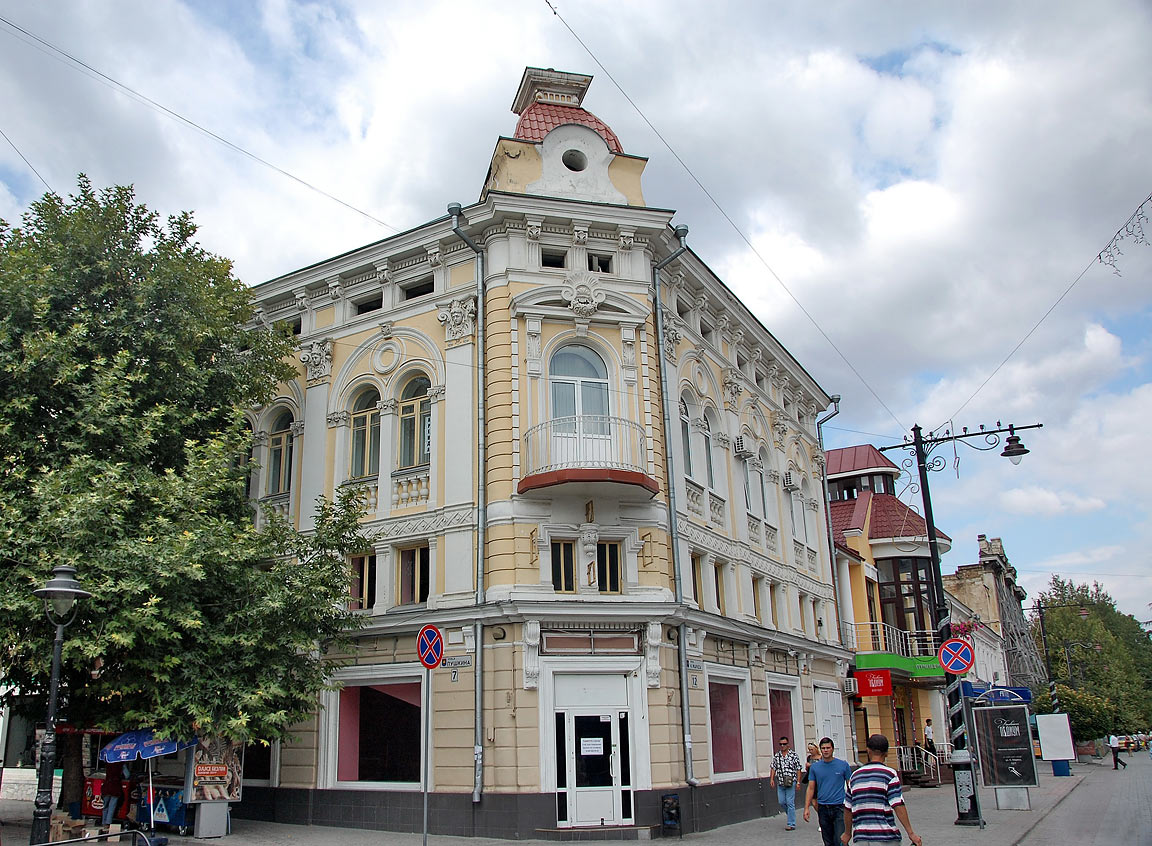
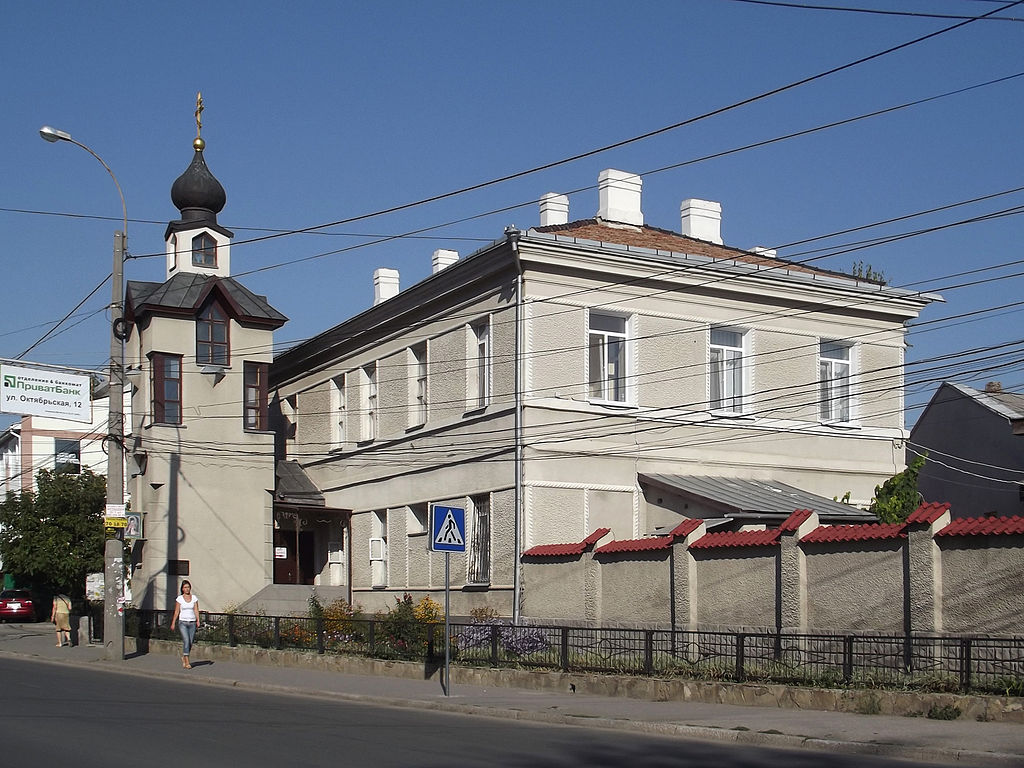
Simferopol is the capital of Autonomous Republic of the Crimea in Ukraine. This town is the geographical, political, scientific and cultural centre of the peninsula. It is here that administrative instances and representatives of the region are situated: the parliament (Verkhovna Rada), Council of ministers and the Central Medzhlis of the Tatar. The statue of Lenin is still standing on the central square of the town. All the tourists visiting Crimea pass the railway station or international airport of Simferopol. Many of them don't stay here for a long time, just continuing their way to the beach, but the town is nice to live here for sometime: actually this town of students is very animated all year long. The parks are numerous as well as the museums and theatres.All the roads in Crimea lead to Simferopol. When getting from one town to another, the administrative capital is inevitable. We offer you apartments in the centre of the town with rather reasonable price.
The town is not situated on the seashore (the nearest beach is at Nikolaevka about 40 km away) but the larger part of the tourists get acquaintance with Crimea at Simferopol. Arriving to the railway station or the airport of Simferopol they instantly realize that they are no longer really in Ukraine. The region of Simferopol offers a unique combination of natural sites for green tourisme.
Simferopol is a leading academic center in Ukraine. The climate is different in Simferopol comparing to the rest of Ukraine. The winters are less cold and more sunny and summers can be very hot with temperatures up to 40 ° C in July and August but the most beautiful beaches in Crimea are only an hour away. From the capital you can reach all the cities of Crimea by train but mostly by bus: Sevastopol, Yalta, Alushta, Evpatoria, Feodosia, etc.. Russia is less than two hours away and a few minutes by ferry via the Strait of Kerch. In a few hours, you'll be at Sochi, host city of the Winter Olympics in 2014.
In Crimea all roads lead to Simferopol. To get from one city to another, the administrative capital is inevitable. You can go to Simferopol by train from the capital Kiev. Kiev Simferopol trains connect several times a day the capital with Crimea and all trains destination Kiev Sevastopol pass via Simferopol. Once at the station of Simferopol, you are only a few kilometers away from the coast cities: Sevastopol at 1h30, Yalta at 2h00, Sudak, Evpatoria at 1:00 and you can get to the other cities on the seashore by marshrutka (local minibus). There are also trains Simferopol Sevastopol but the trip is much longer than by minibus.
It is also possible and it's the fastest way... to get to Simferopol by plane (IATA code of the international airport is SIP). The time of flight Kiev Simferopol is about an hour and a half. From the airport (if you don't want to use the public transport)) the taxis are waititng for you. But if you want to save your money it is better to book your transfer beforehand.
http://www.ukrainevoyage.com/simferopol-crimea-ukraine.htm
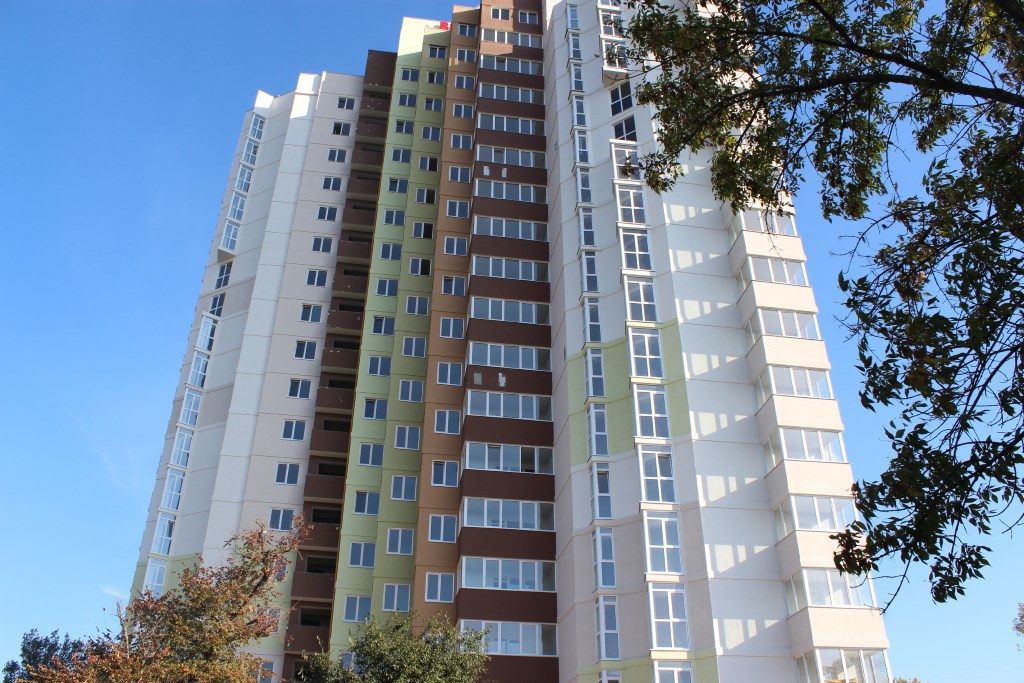
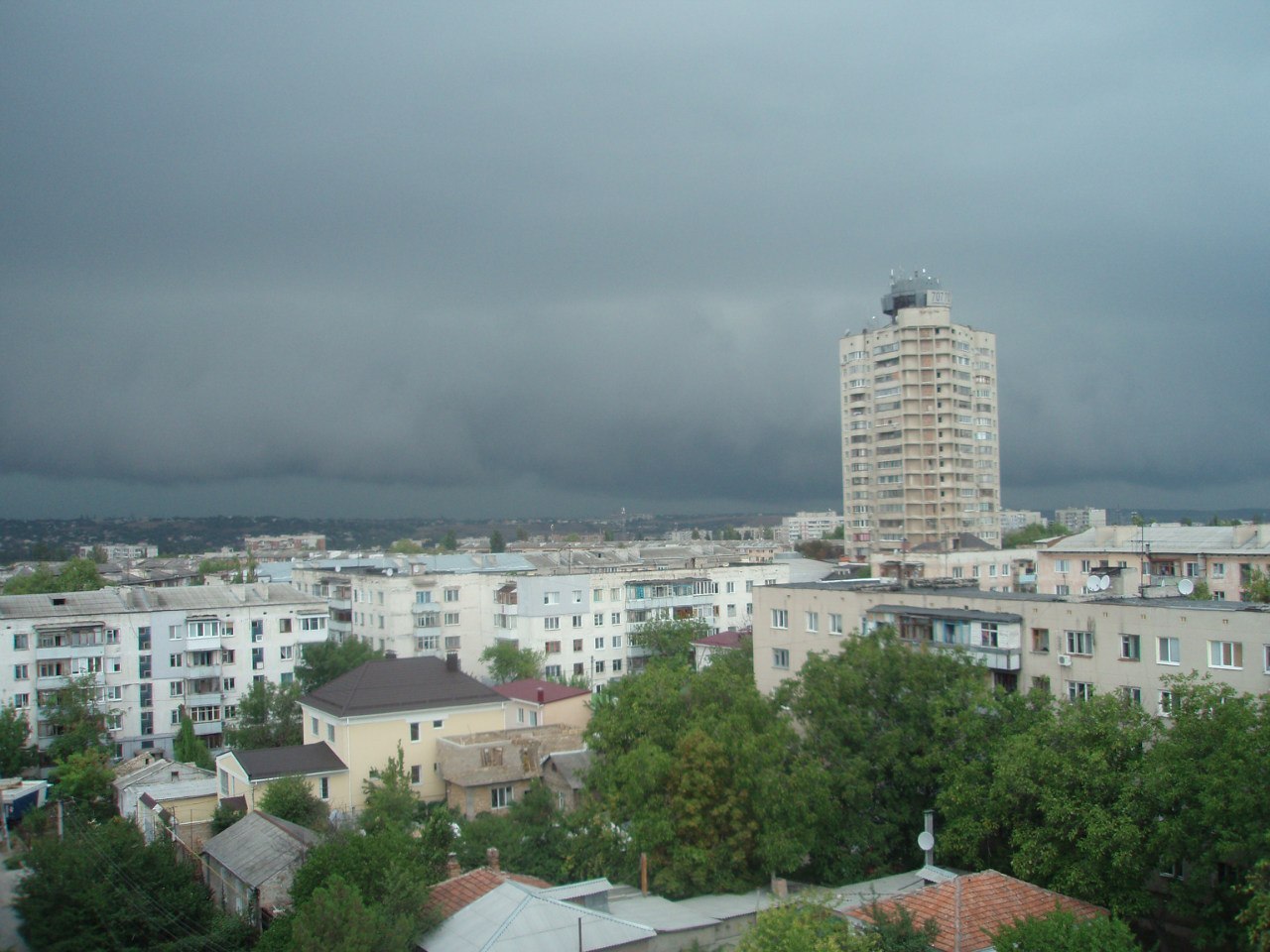
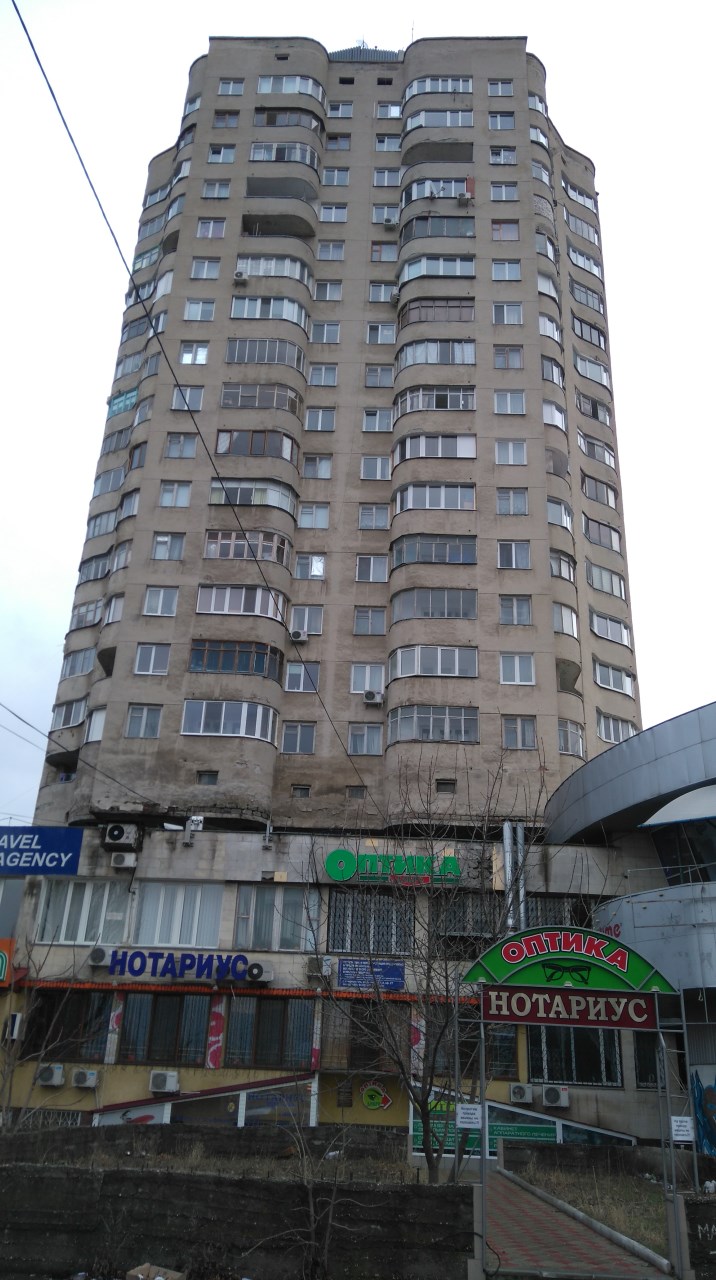
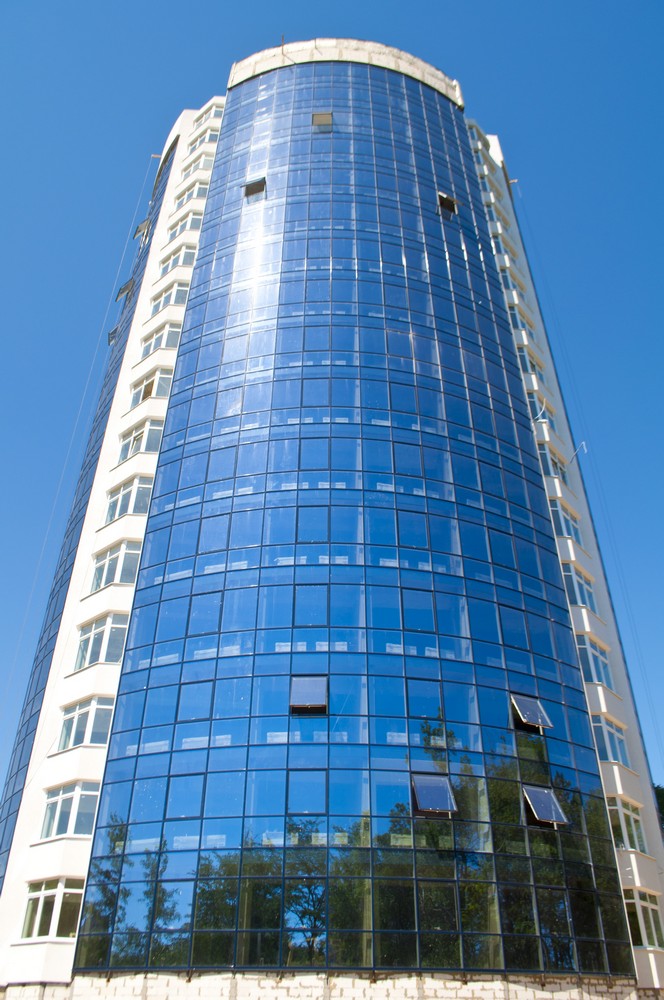

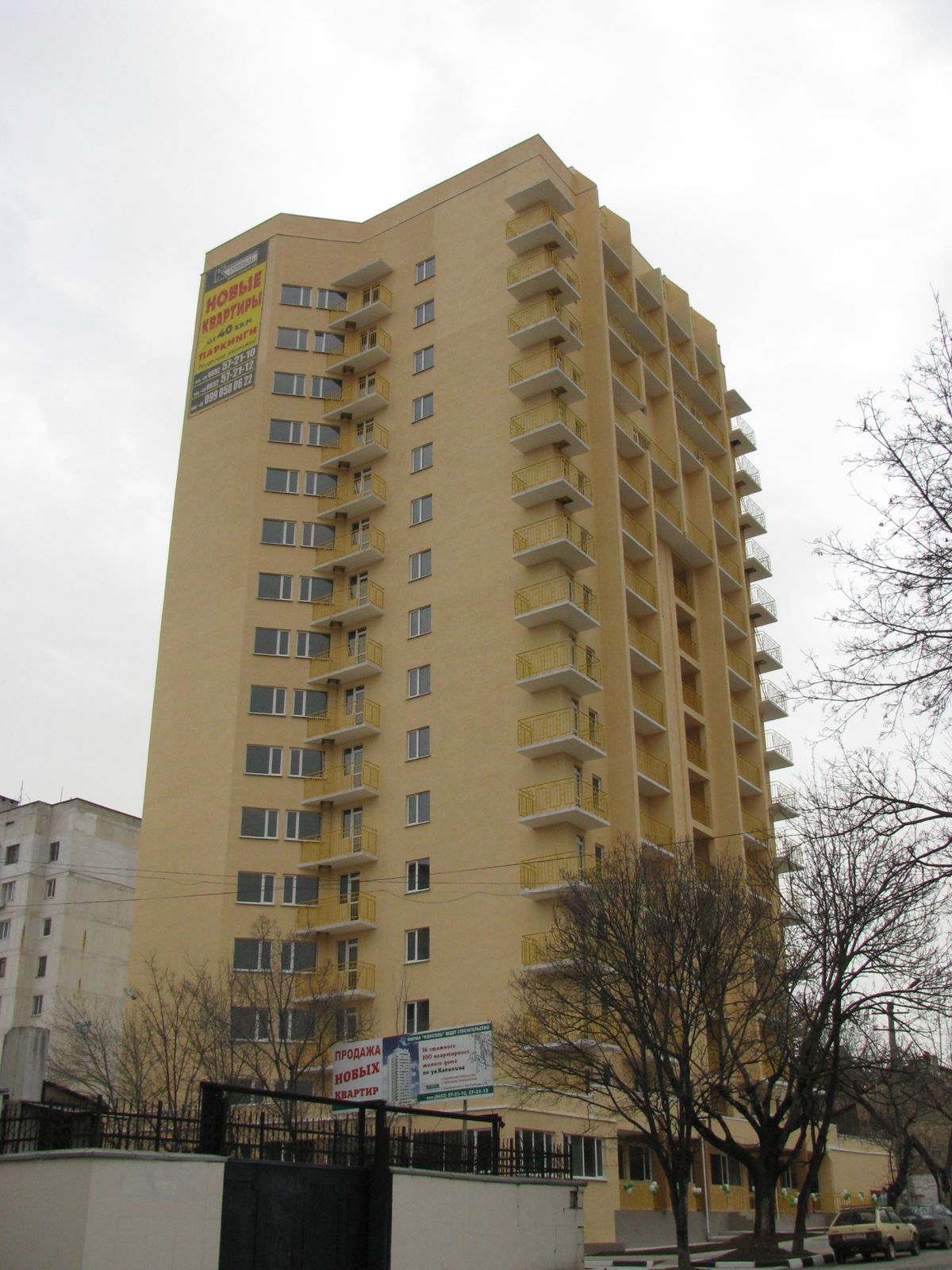
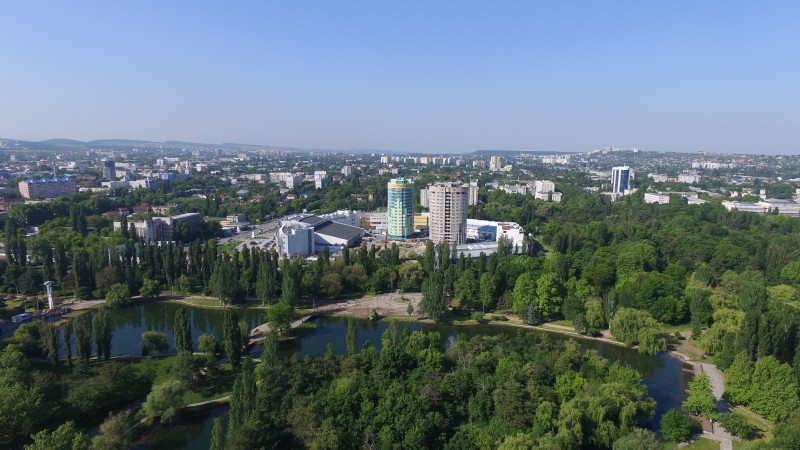
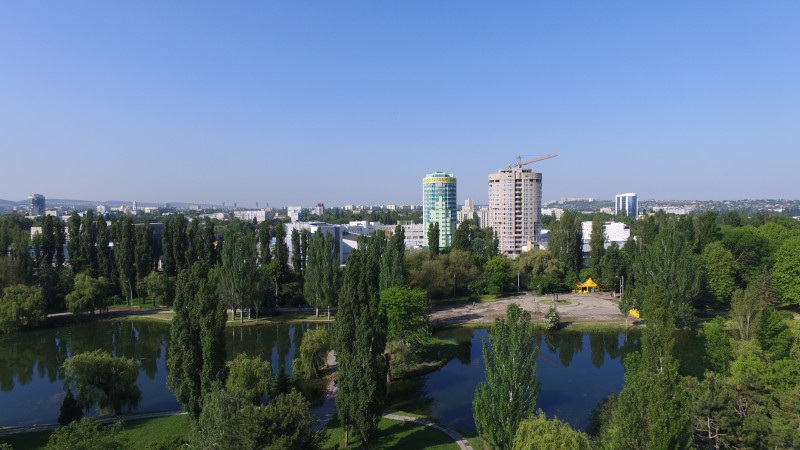
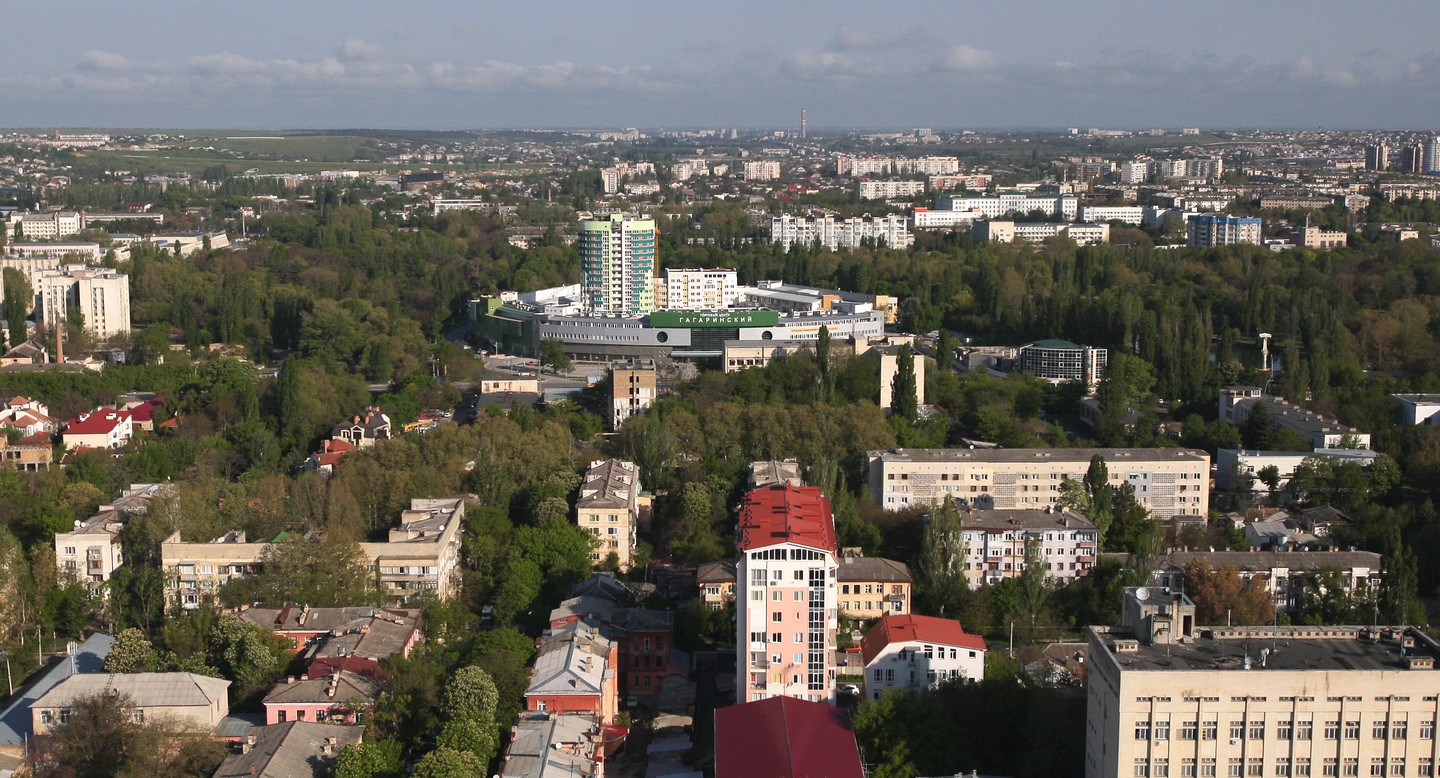
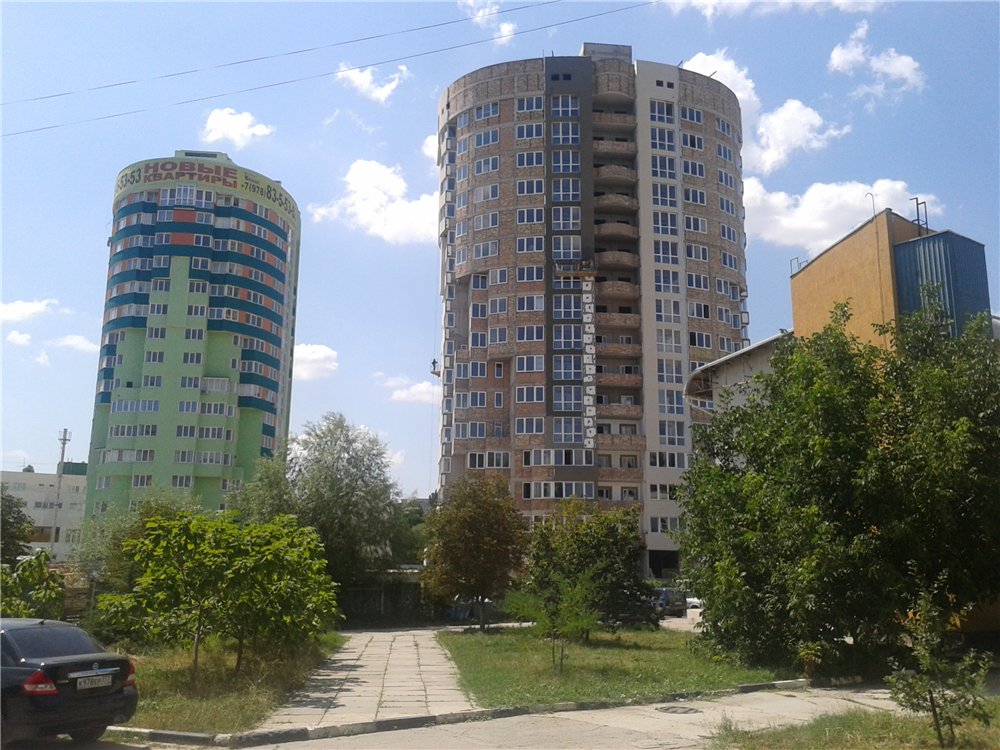
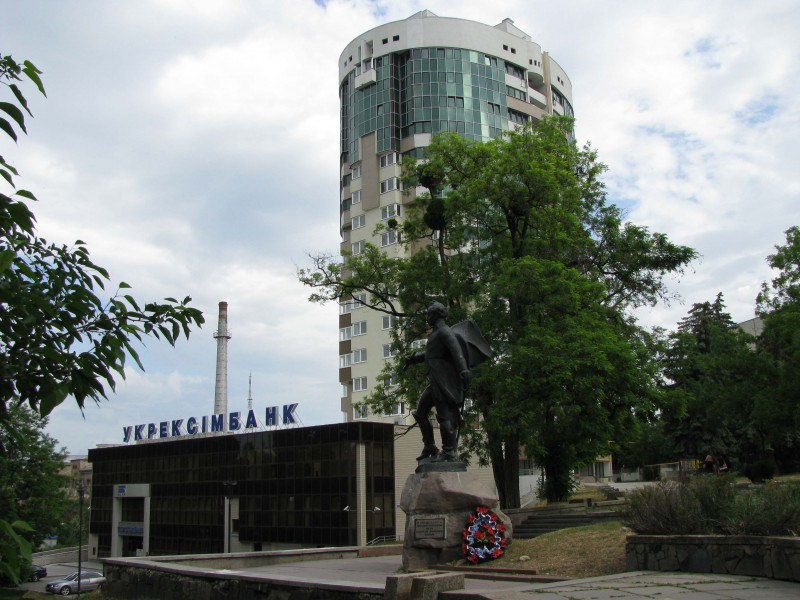
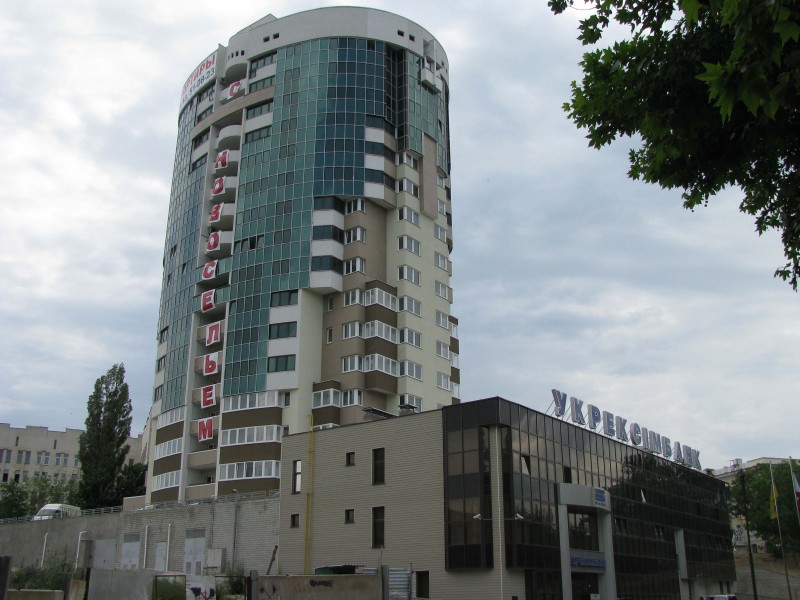
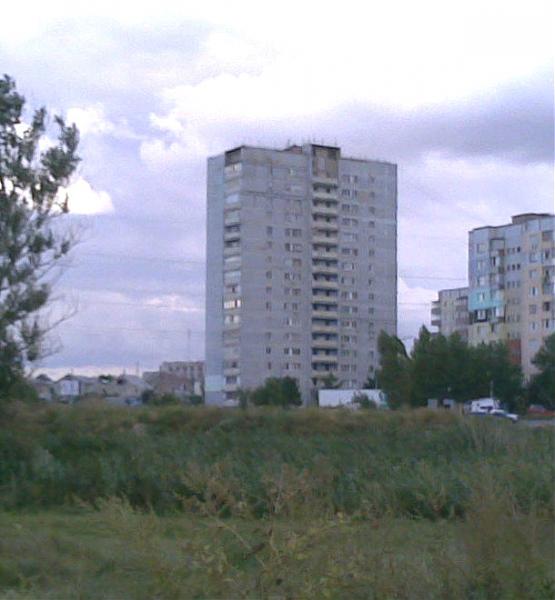
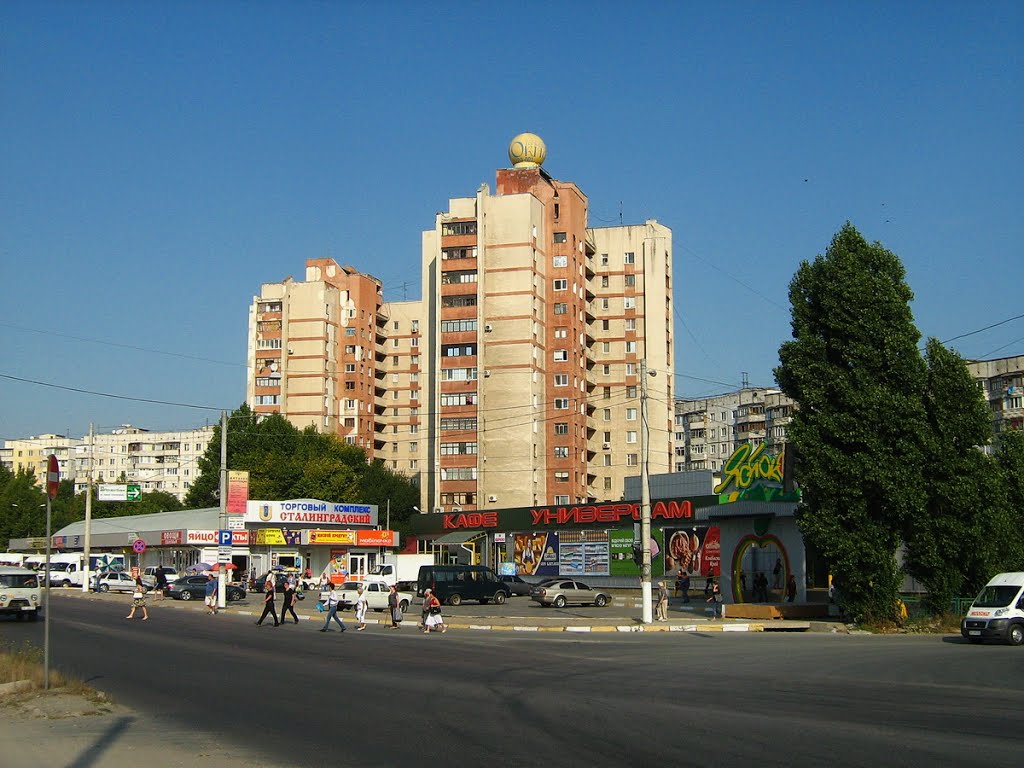
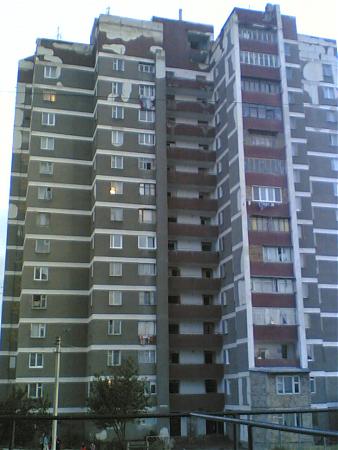
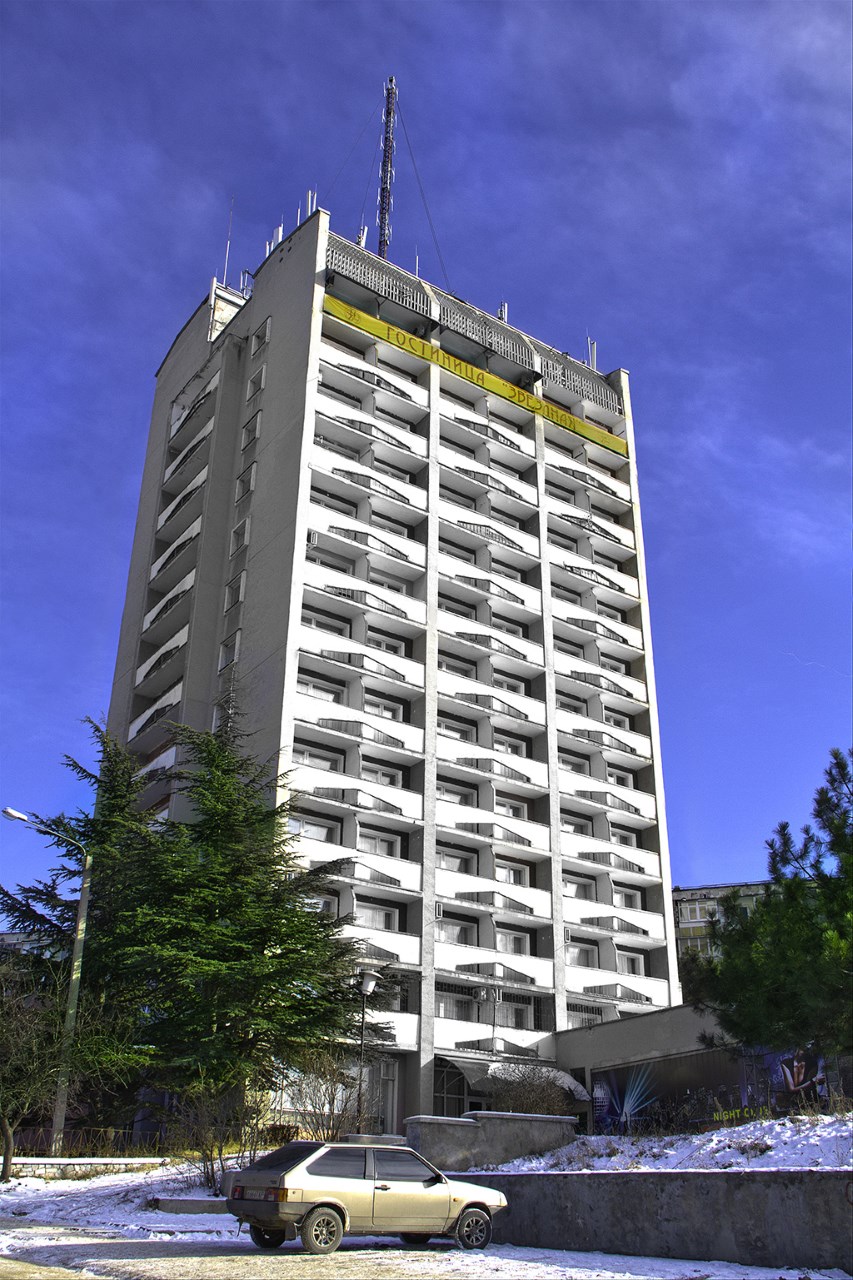
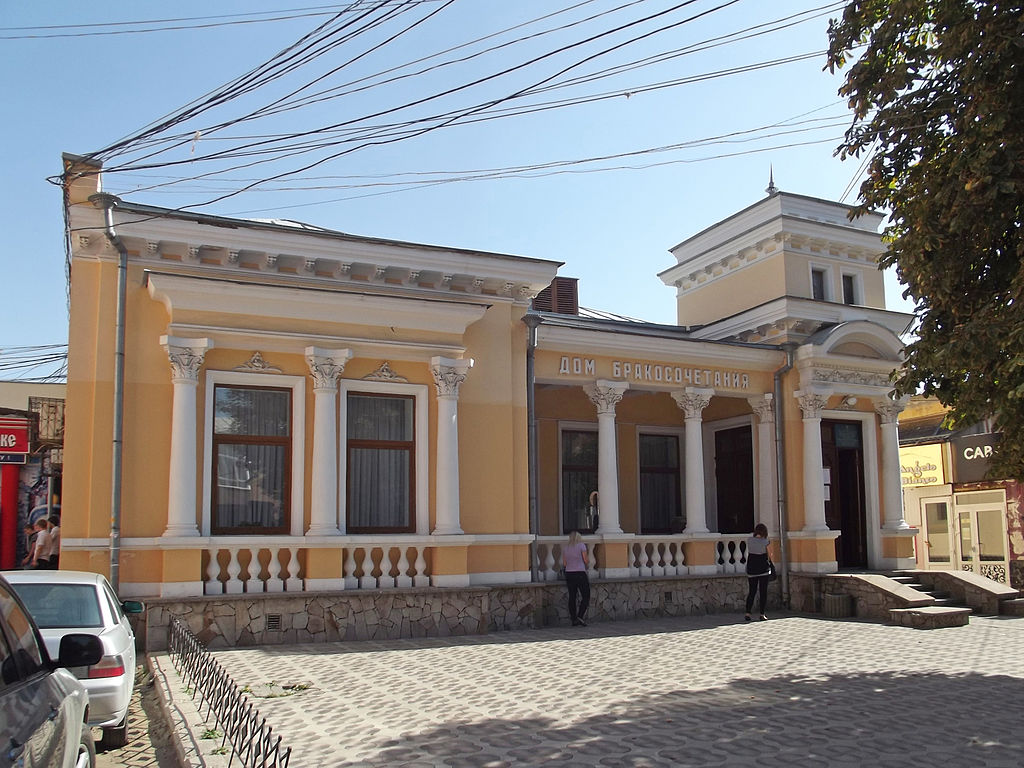
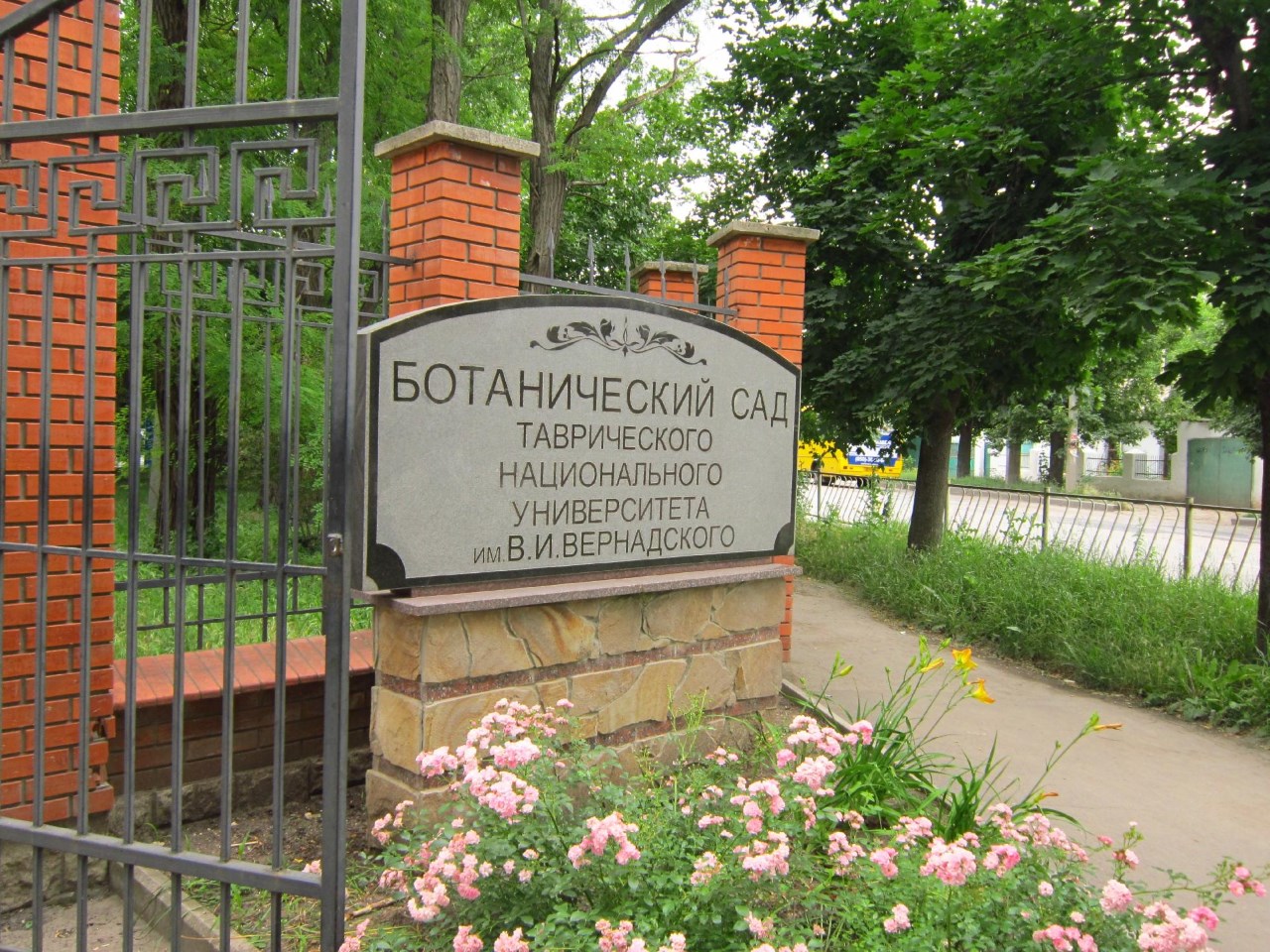
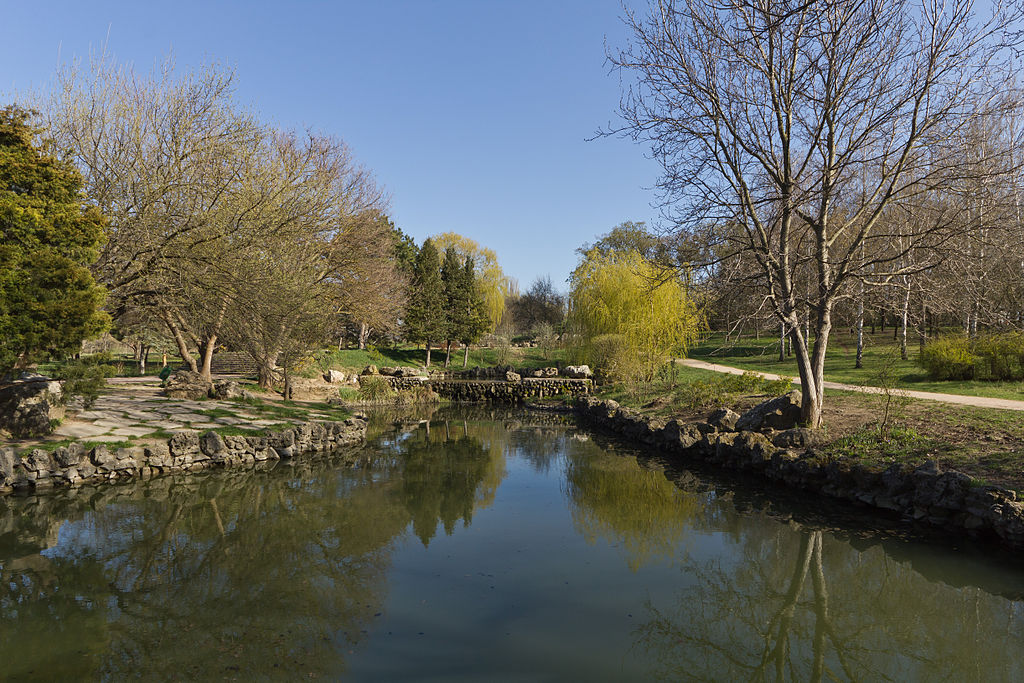
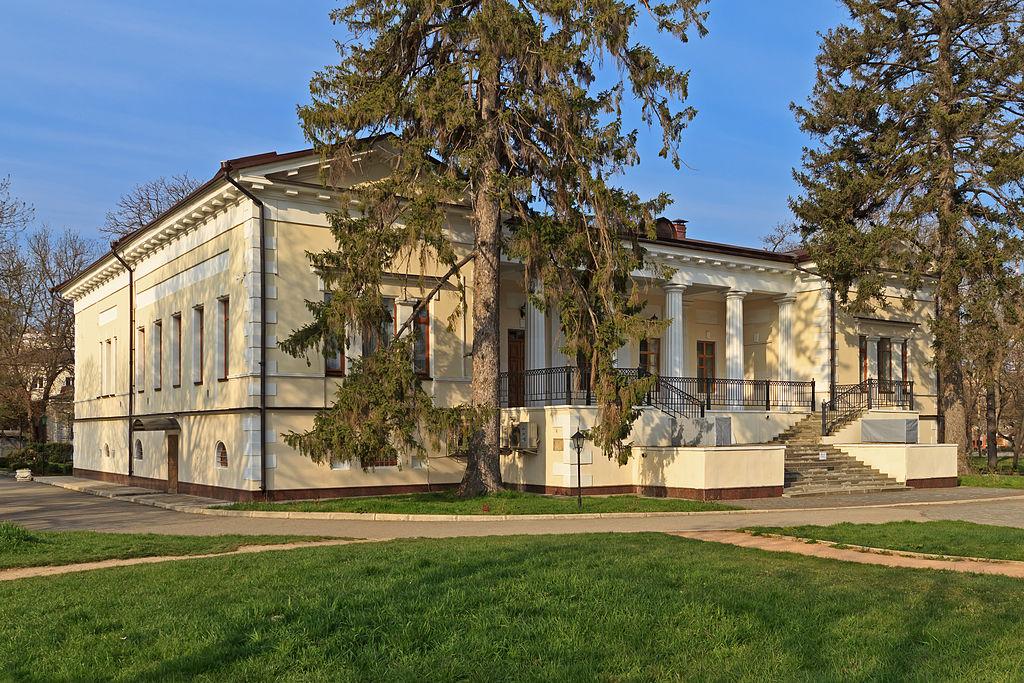
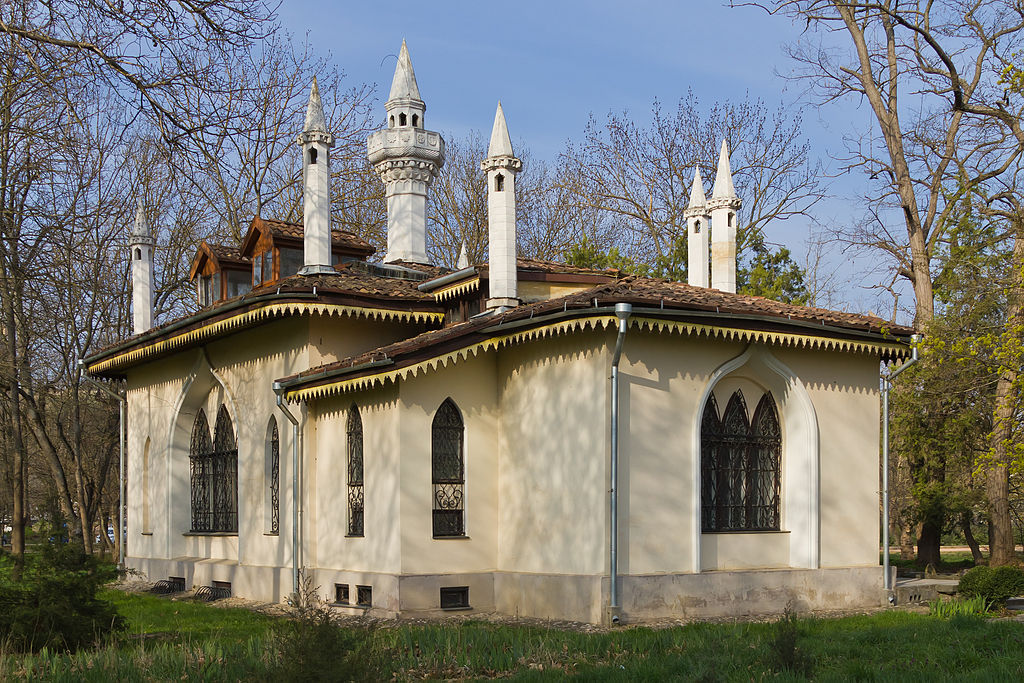
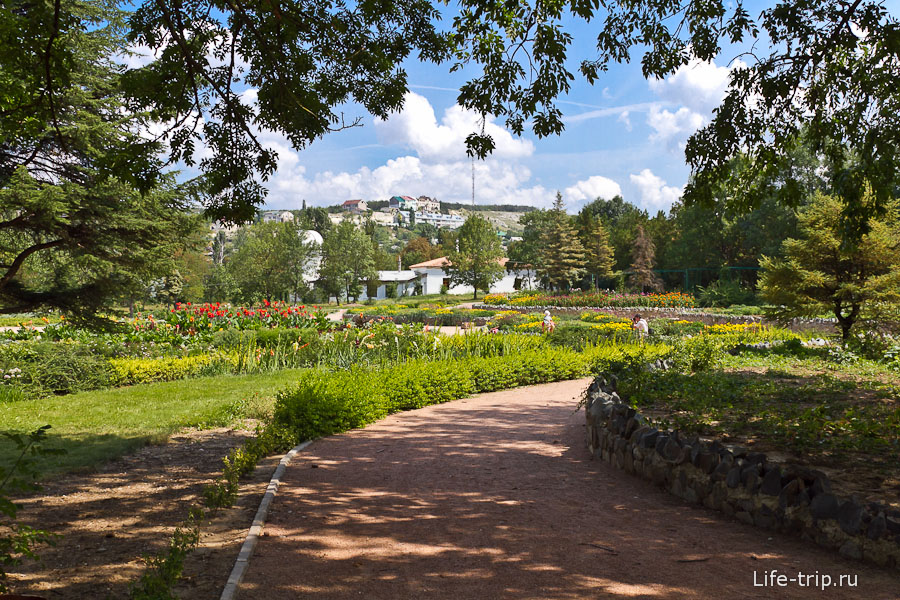
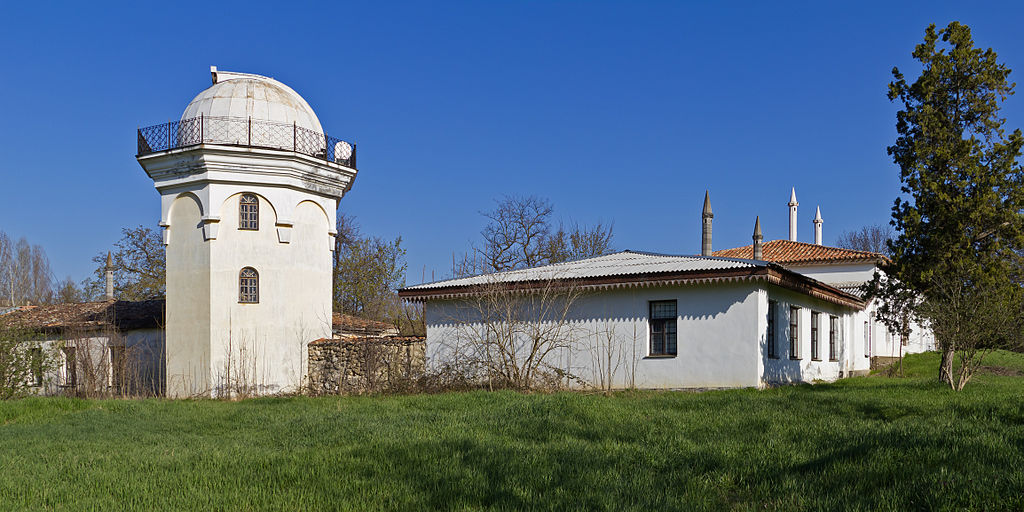
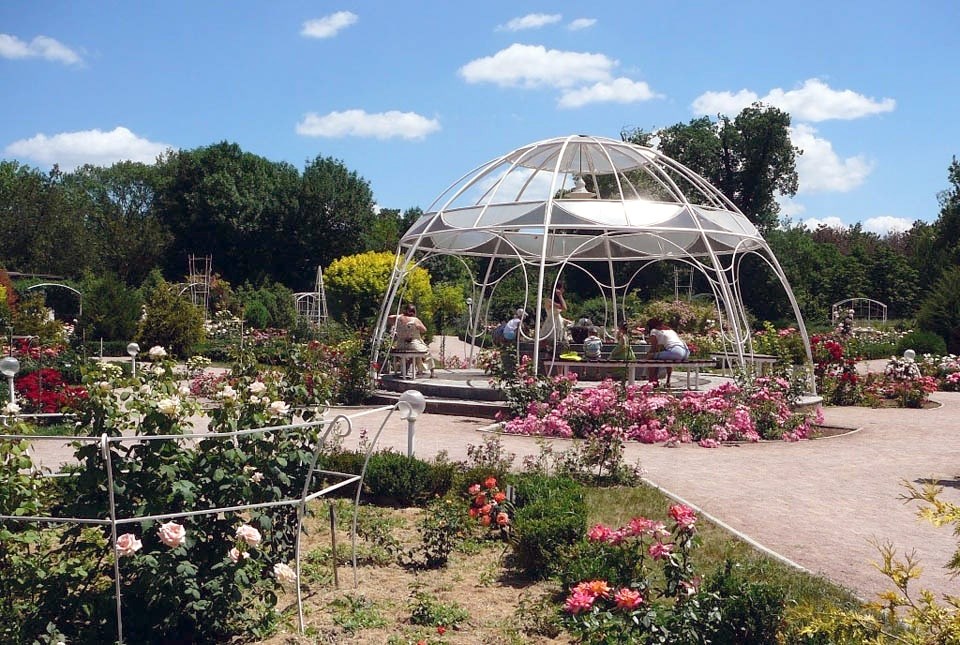

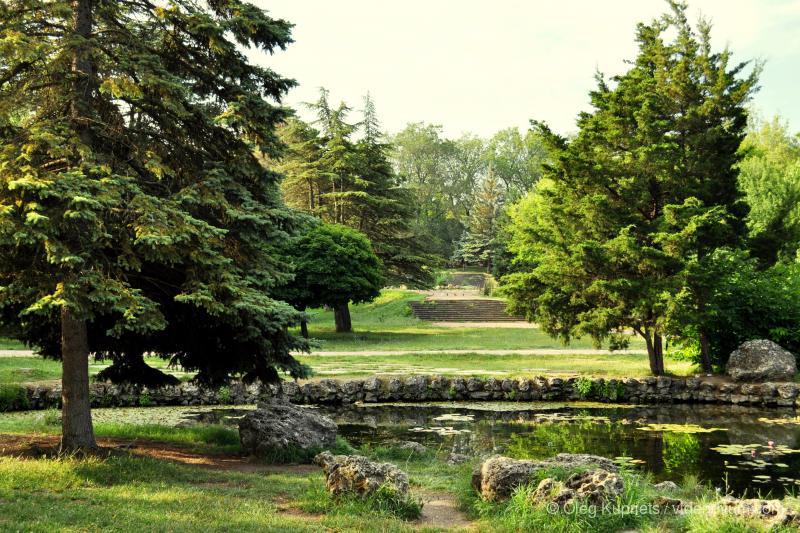
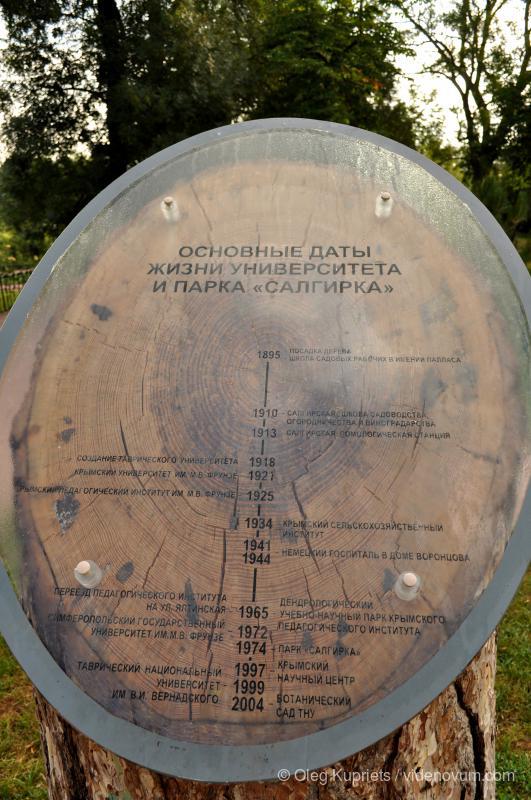
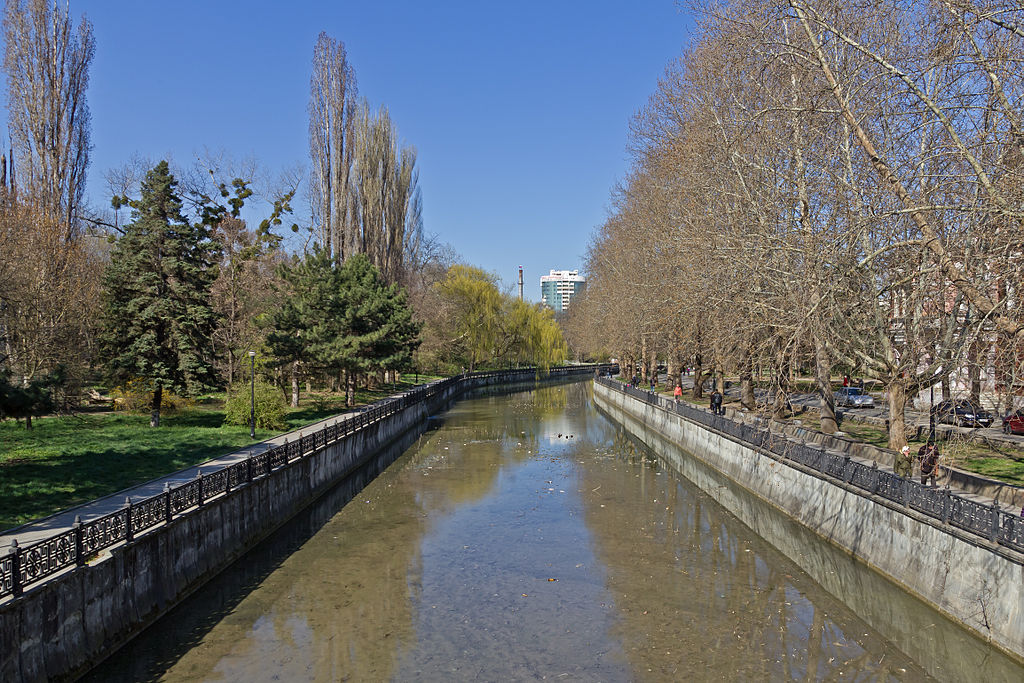
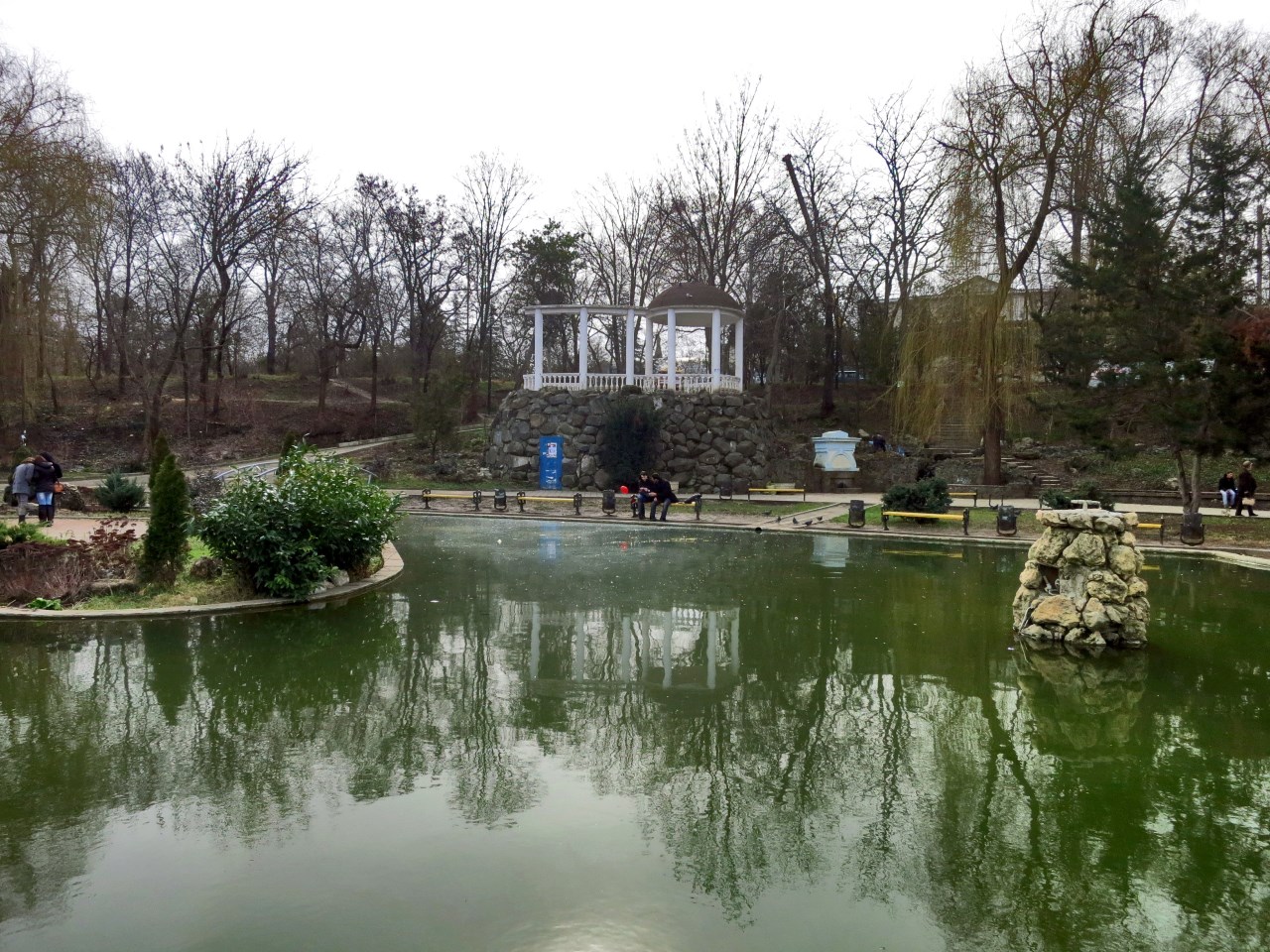
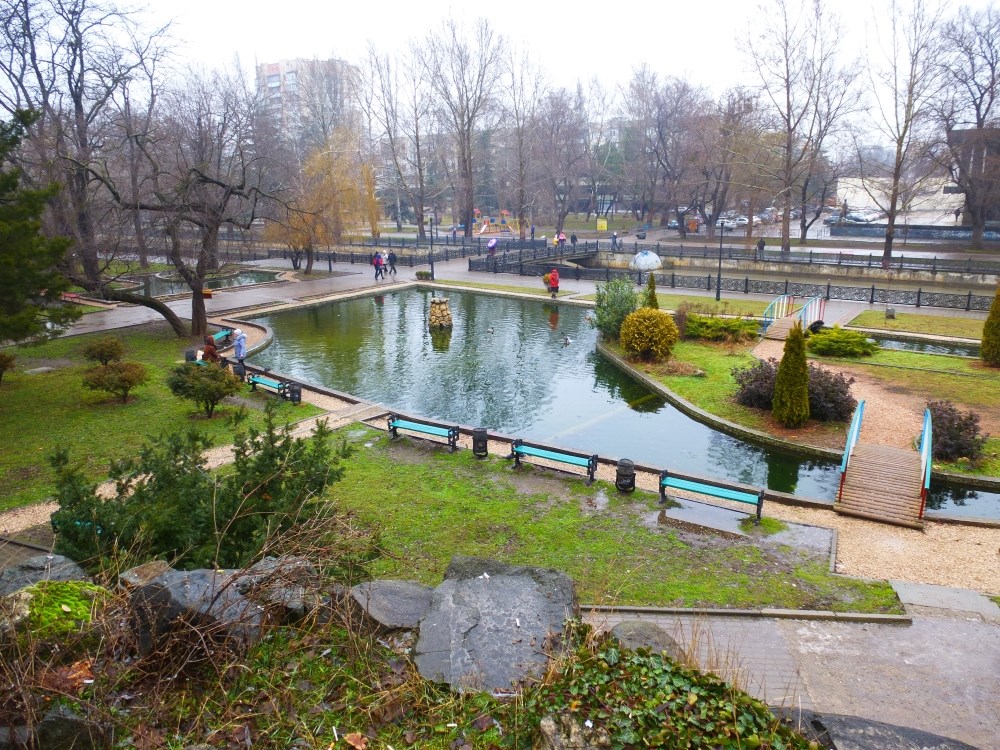
Simferopol, the Capital of Crimea
Simferopol is the capital and the largest city of Crimea. It is the business, administrative and cultural center of the peninsula. It has about 360,000 inhabitants.
Brief history
Simferopol was the capital of the Scythian State, known as Scythian Naples, during the 3rd century BC. During the 1st century the Tartats built their settlements at Ak-Mosque and became the residence of Kalga Sultan, the governor of the Crimean Khanate. The name Simferopol has been used since 1784 when the city was annexed from the Crimean Khanate to the Russian empire led by Catherine II. Simferopol is a Greek word meaning “city gatherer” or “good city”. Since October 1921 Simferopol has had the status of Capital of the Autonomous Republic of Crimea, first as part of the Soviet Union, then from 1991 to the first quarter of 2014 as part of Ukraine. After the Annexation of the peninsula by the Russian Republic, Simferopol remained the capital of Crimea.
Administrative, economic and cultural center
The capital is divided into three districts: Railway or Zaliznychnyi in the north and northeast, Tsentralnyi or Central located in the center and west, and Kyivskyi or Kiev in the south and southeast of the capital.
The parliament of the Autonomous Republic of Crimea and the Council of Ministers, known as the Verkhovna Rada, are located in Simferopol. The city is also the administrative center of the Simferopol Region.
Its major industries are car manufacturing and agriculture. Volga, a major Russian car manufactures has a plant in the capital producing Volga Cars and Gazelle minibuses. Agriculture is a major employer in the region producing wine, juice, canned and fresh fruits, vegetables, grains and other Mediterranean climate produce.
Transportation
Simferopol is known as the “Gate of Crimea” because it is where all the roads, leading to each corner of the peninsula, meet.
The Simferopol International Airport is located in the outskirts of the capital. It is the largest in the peninsula and receives flights from all over the world. It was constructed in 1936.
The main railway station serves its inhabitants as well as the millions of tourists the city receives every year. During the summer Simferopol’s population more than doubles. The bus service connects the capital to every corner of the peninsula. The trolleybus is the longest trolleybus line in Europe. It connects Simferopol with Alushta in one hour and Yalta in two and a half.
http://www.crimeahistory.org/simferopol-the-capital-of-crimea/
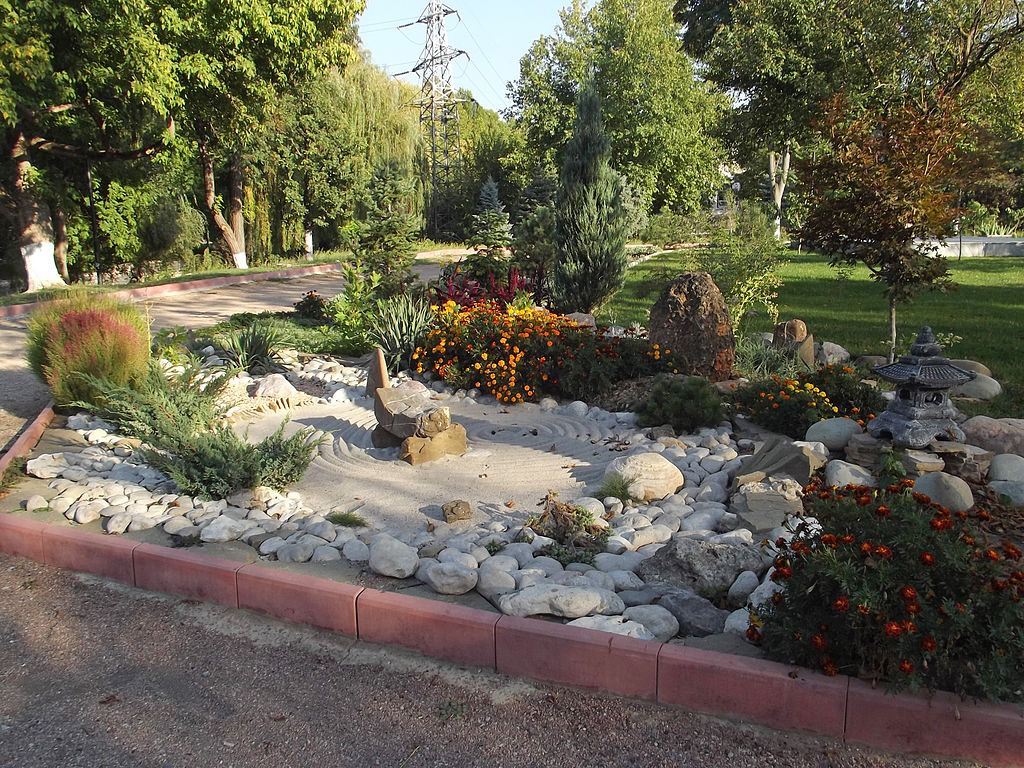
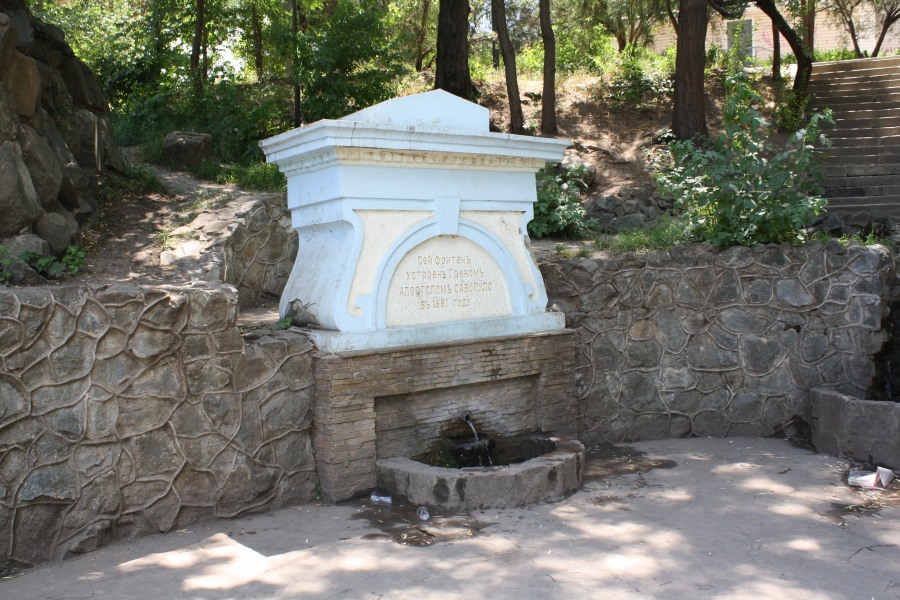

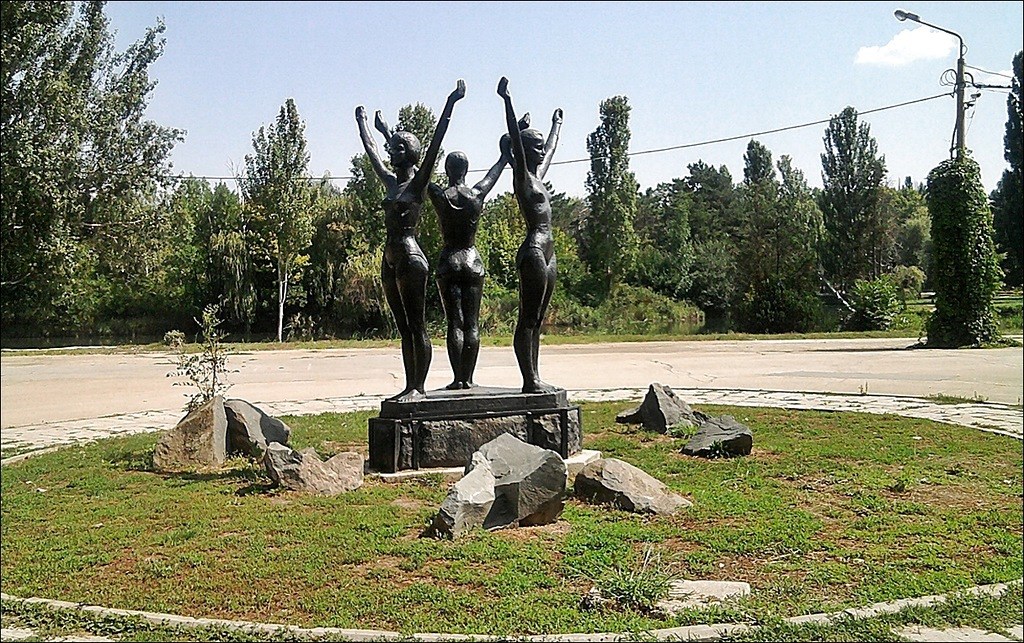


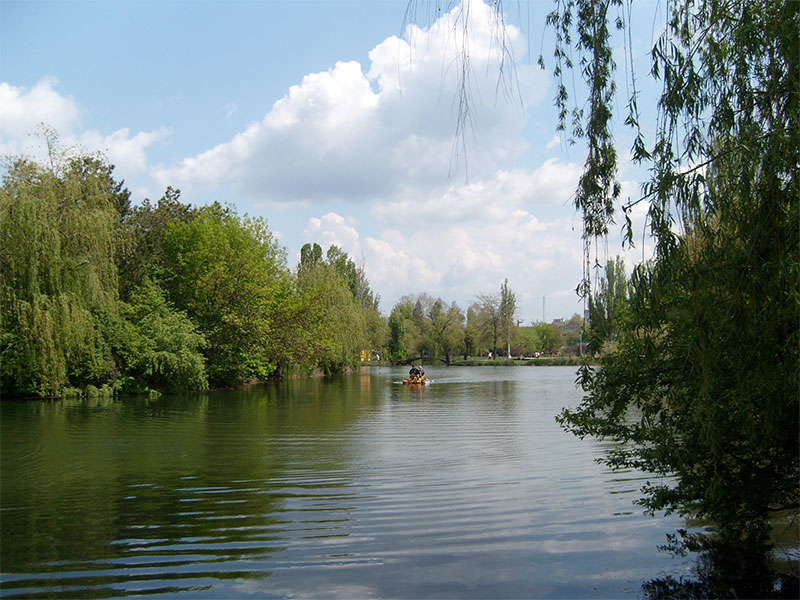

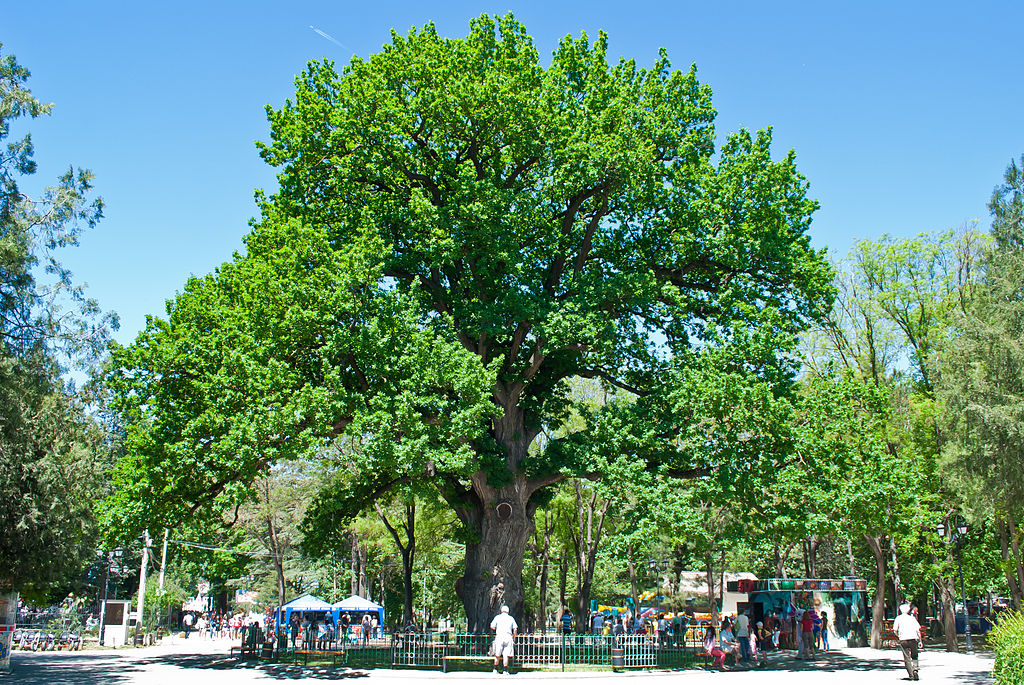
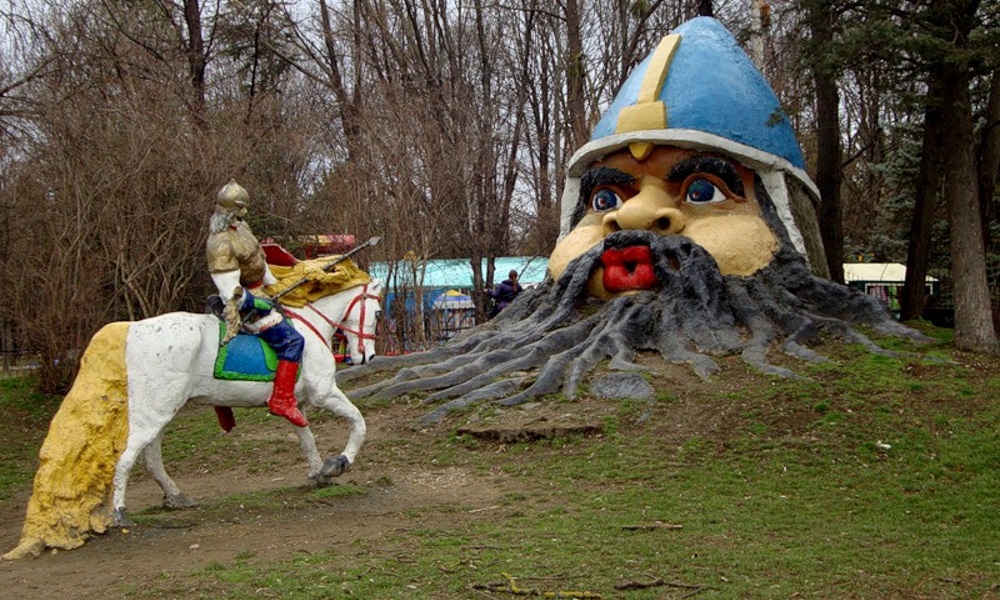

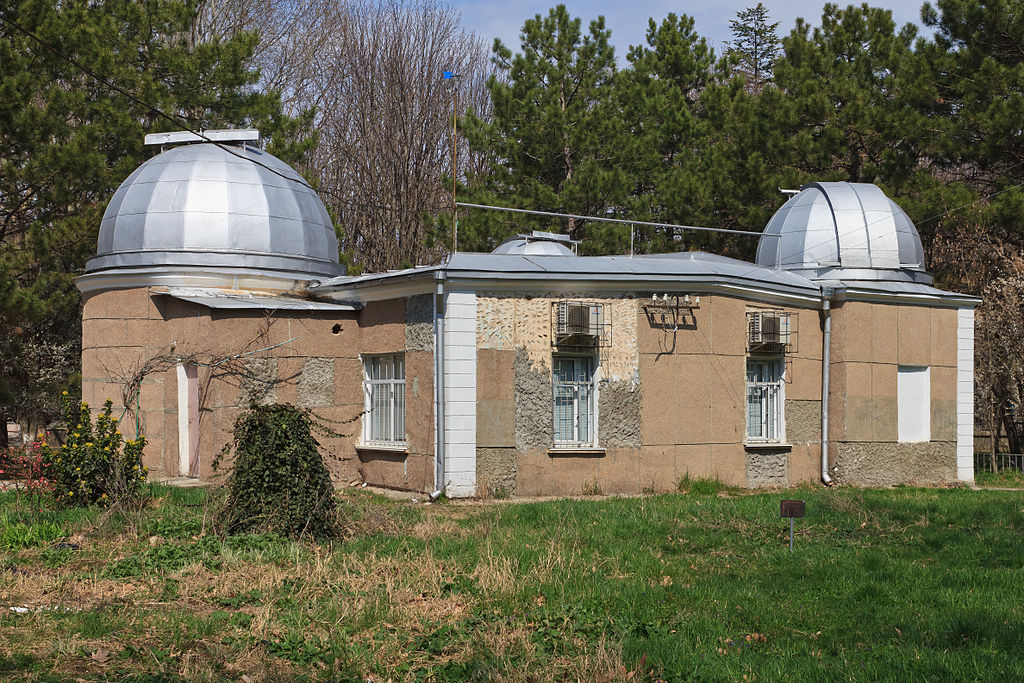
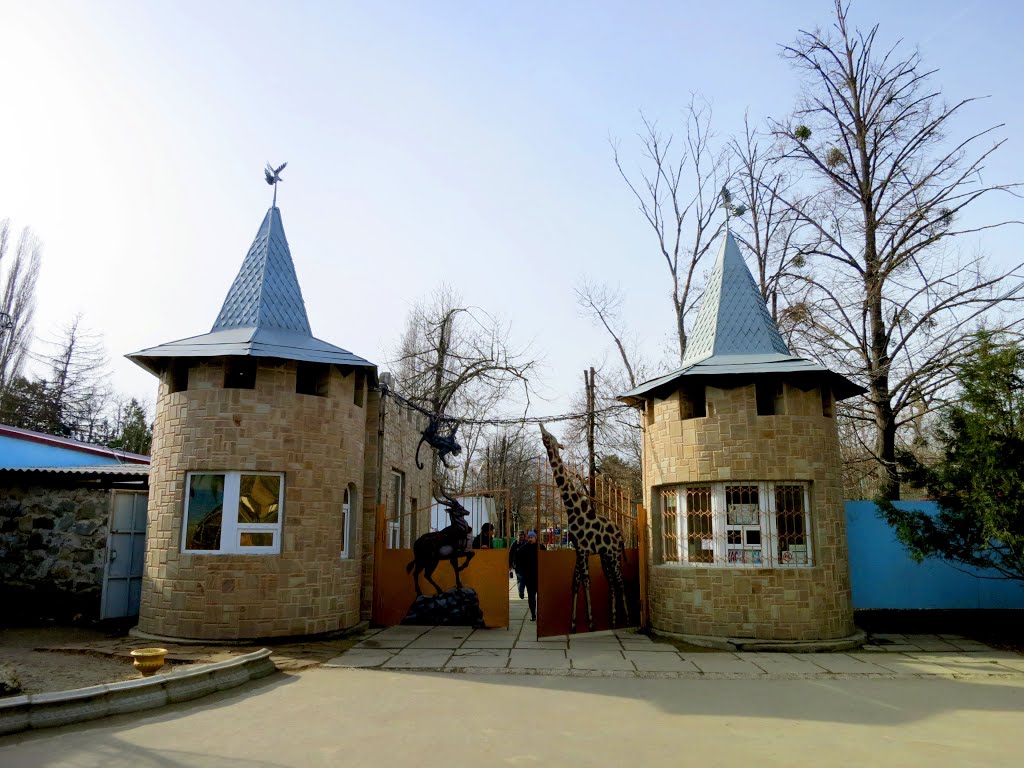
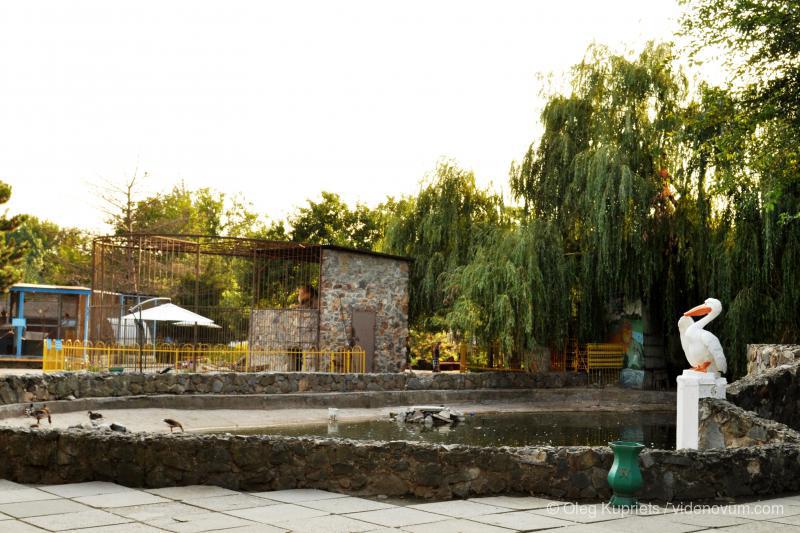
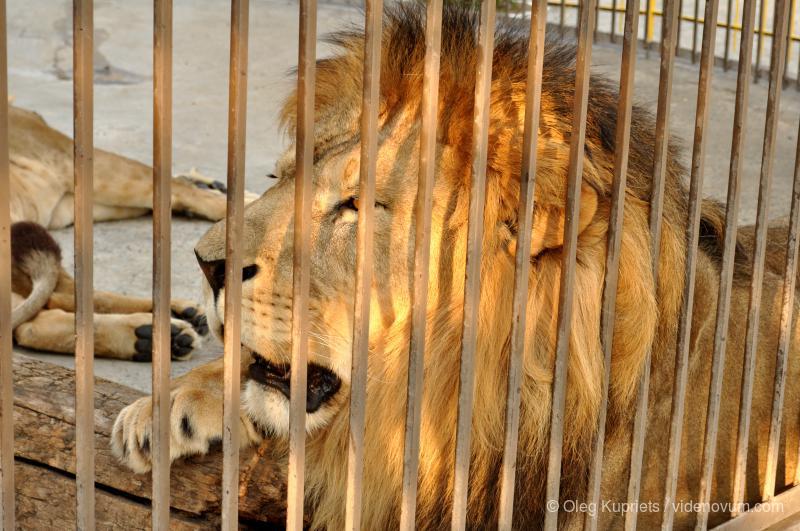
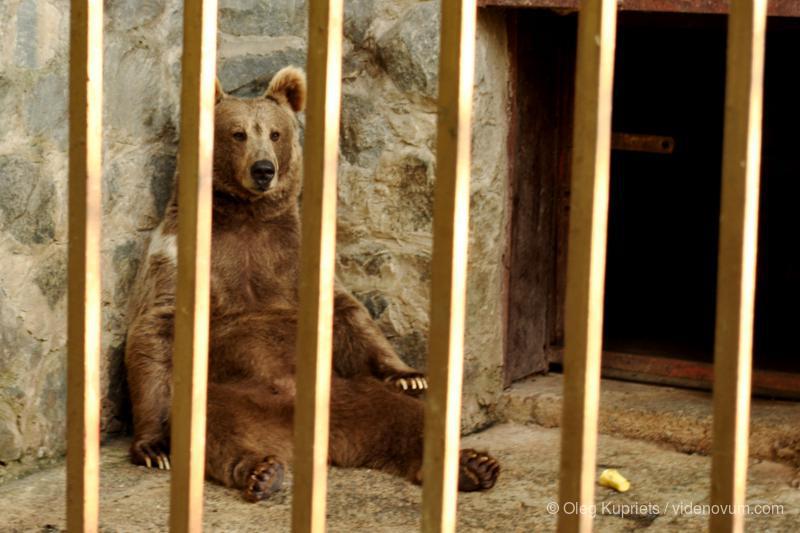
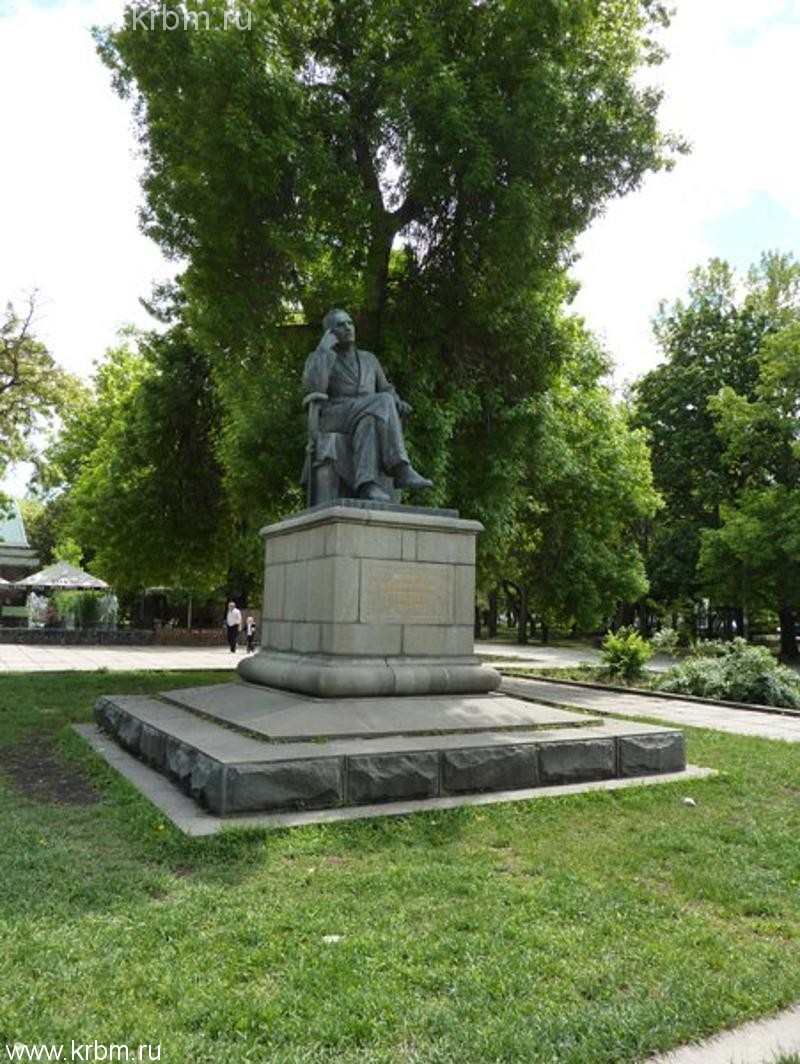
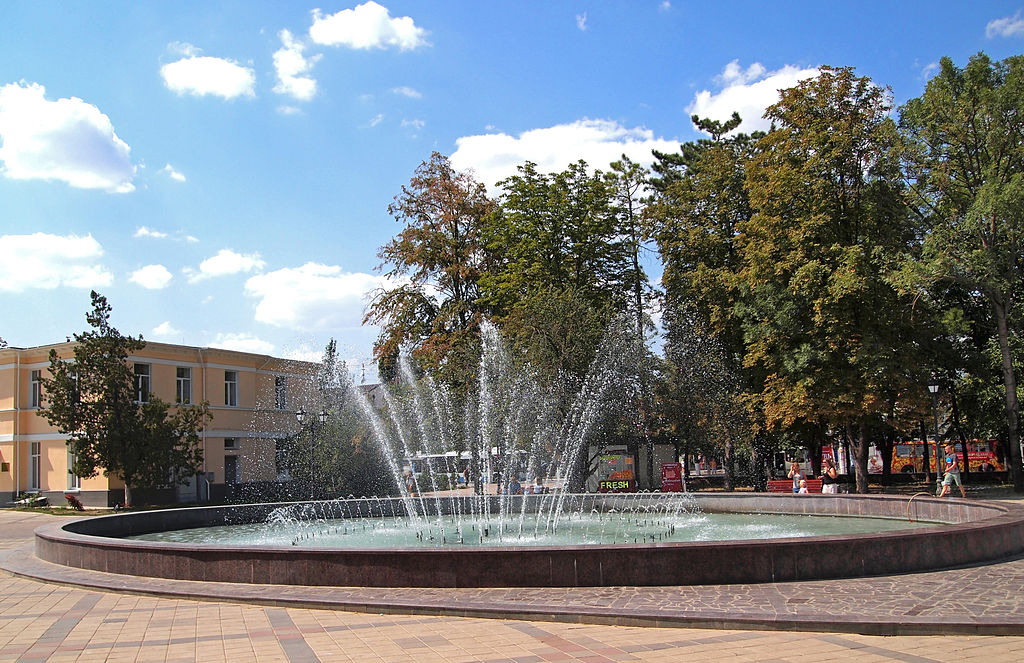
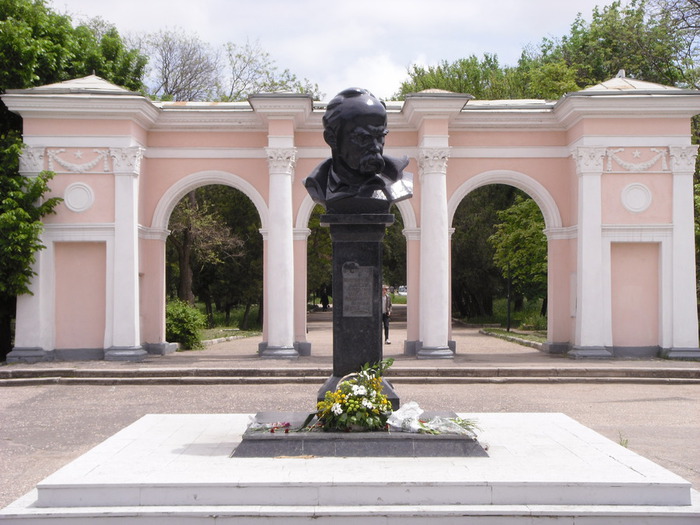
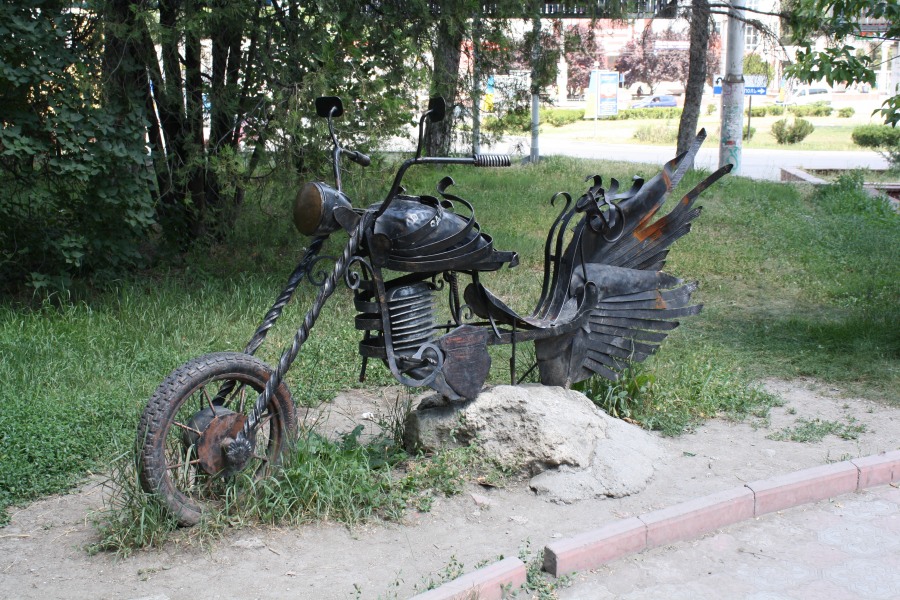
Simferópol (en ruso, Симферополь, en ucraniano, Сімферополь, en tártaro de Crimea: Aqmescit, literalmente «mezquita blanca») es una ciudad en la península de Crimea y, desde el 21 de marzo de 2014, centro administrativo de la República de Crimea, en Rusia. Como la capital de Crimea, Simferópol es un importante centro político, económico y de transporte de la península. La población en 2013 era de 337 285 habitantes.
Los restos arqueológicos en Simferópol indican la existencia de una antigua ciudad escita, conocida colectivamente como la Neápolis escita. La ubicación también era el hogar de un pueblo tártaro de Crimea, Aqmescit. Después de la anexión del kanato de Crimea al Imperio ruso, el nombre de la ciudad fue cambiado al actual de Simferópol. Desde 1991 hasta 2014 fue capital de la República Autónoma de Crimea, perteneciente a Ucrania.

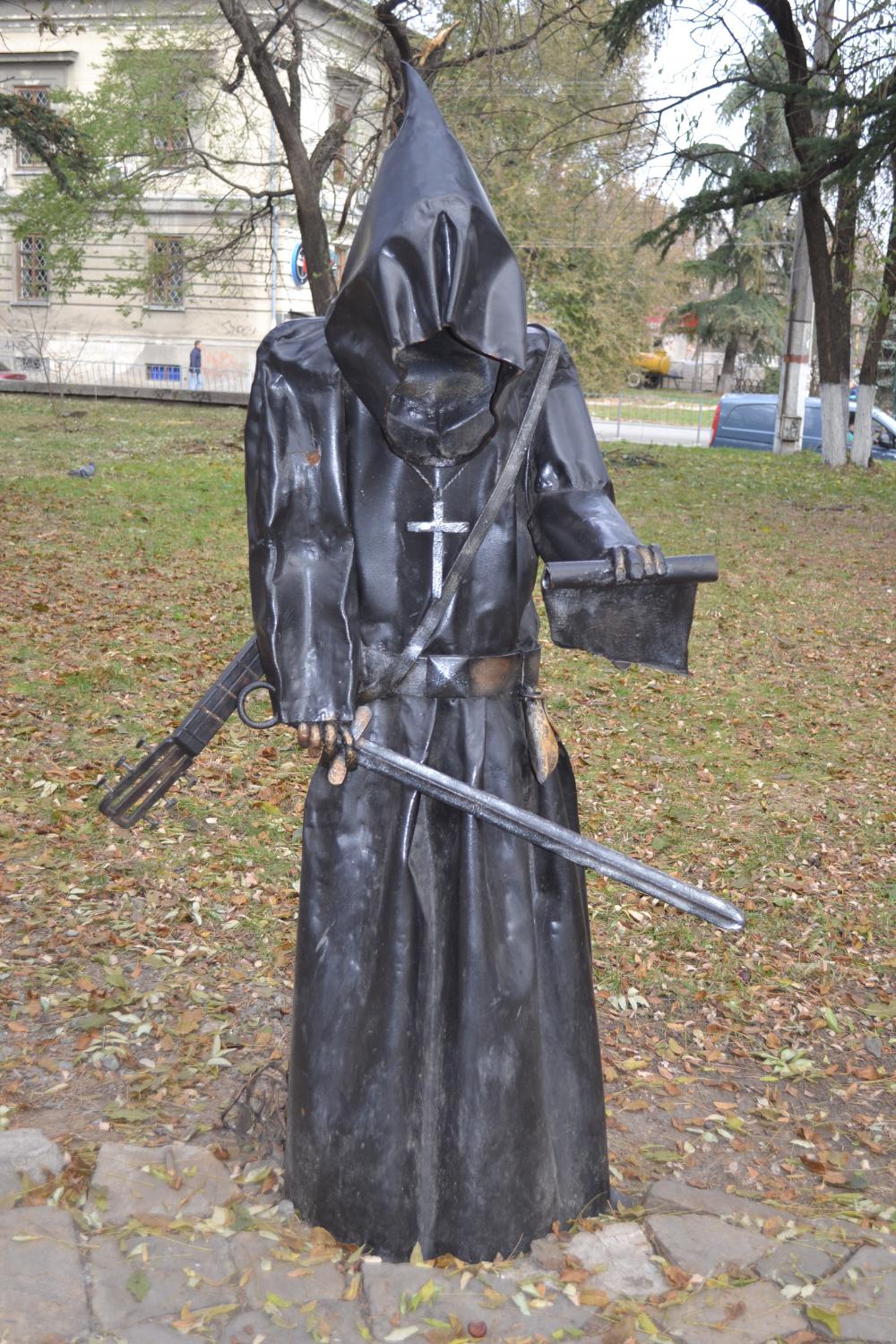
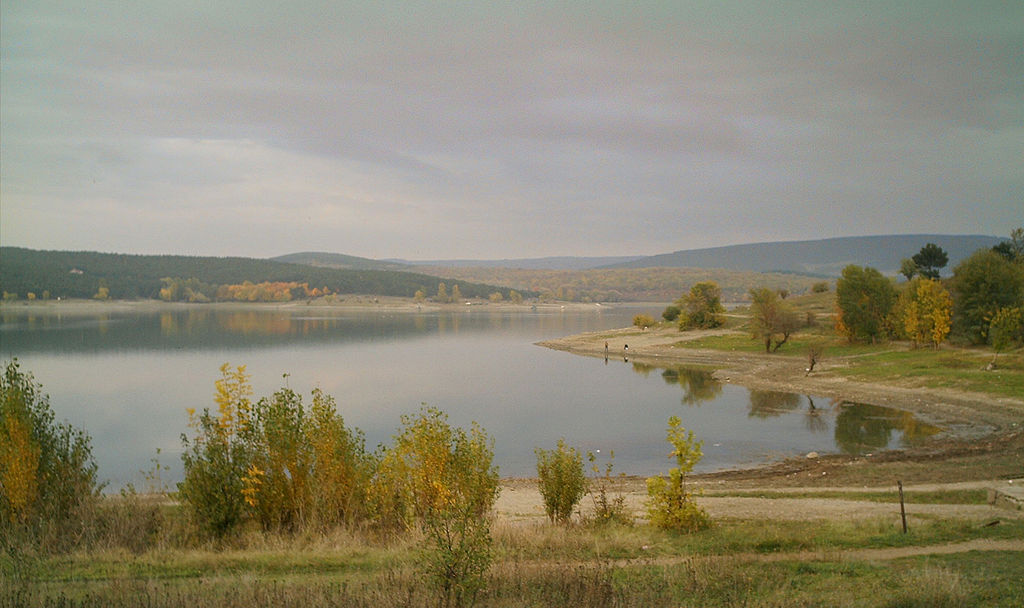
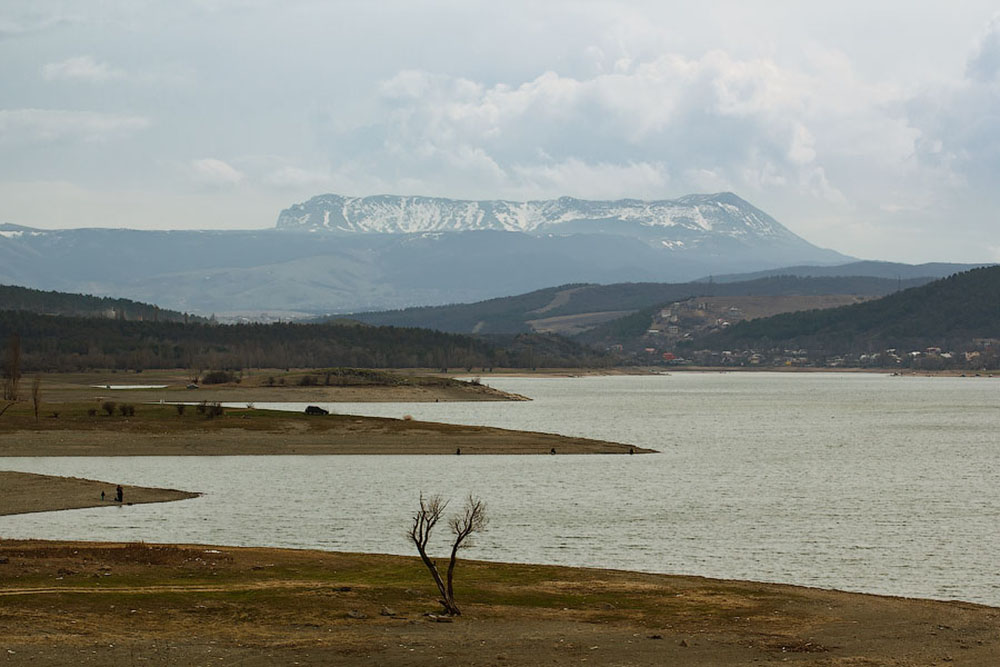
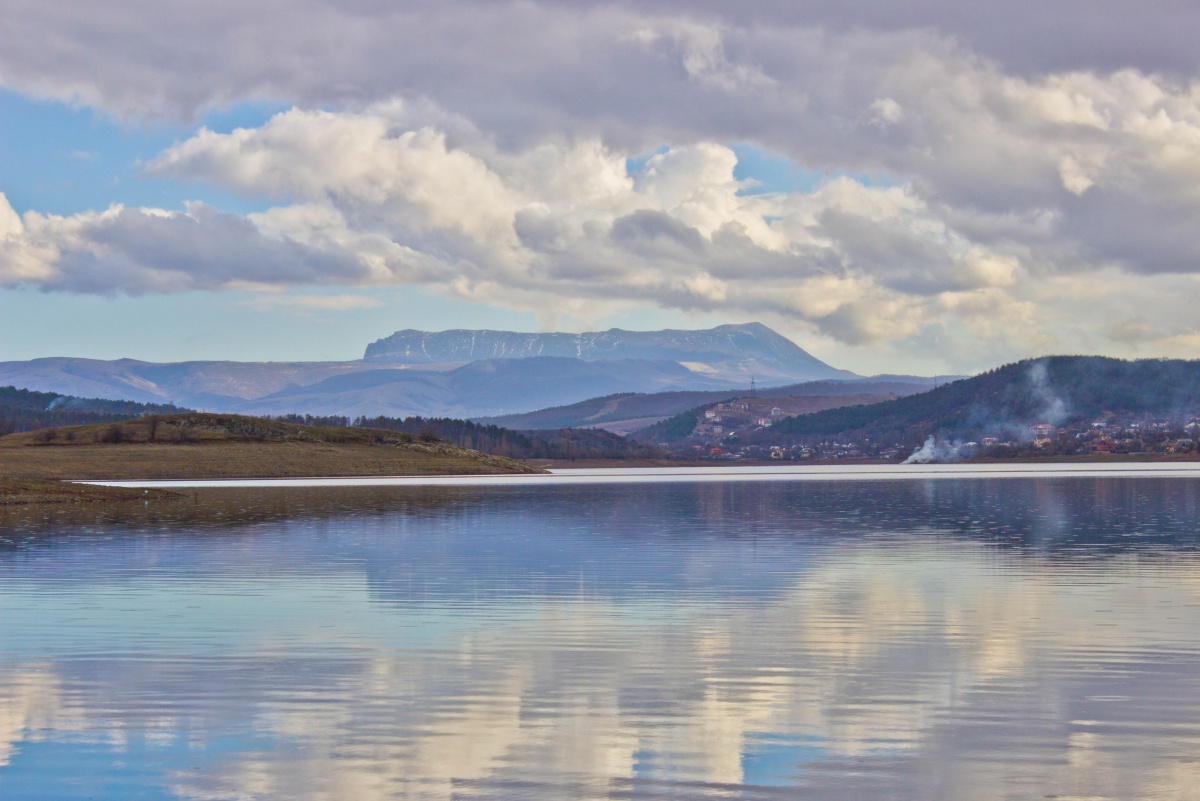
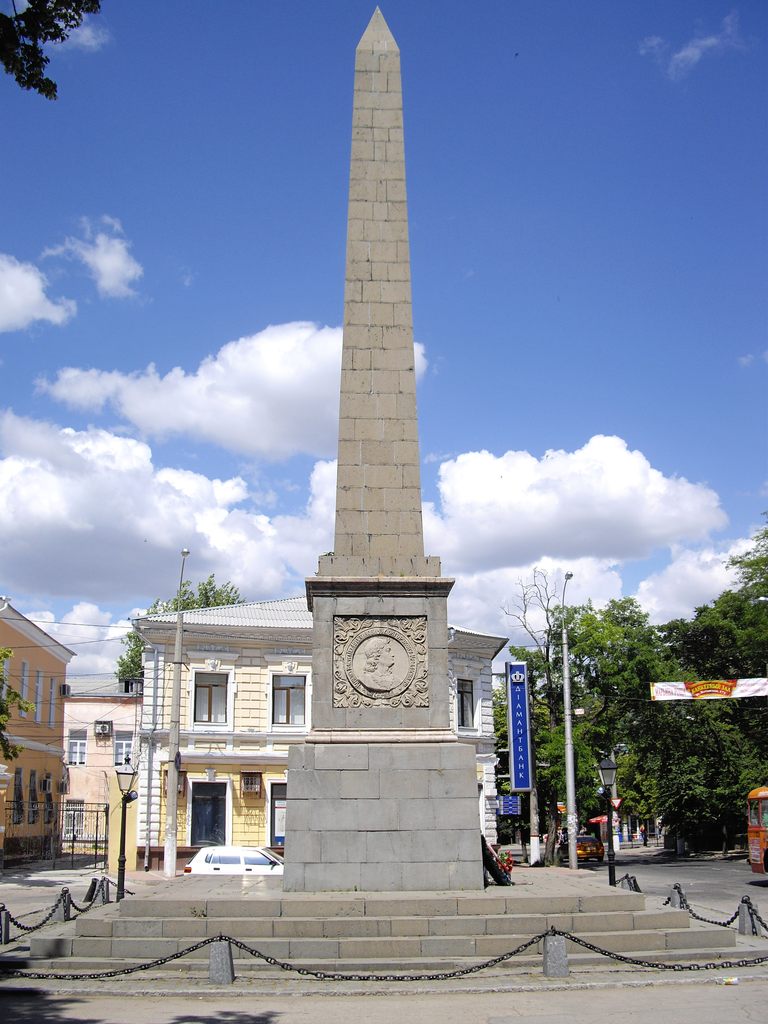
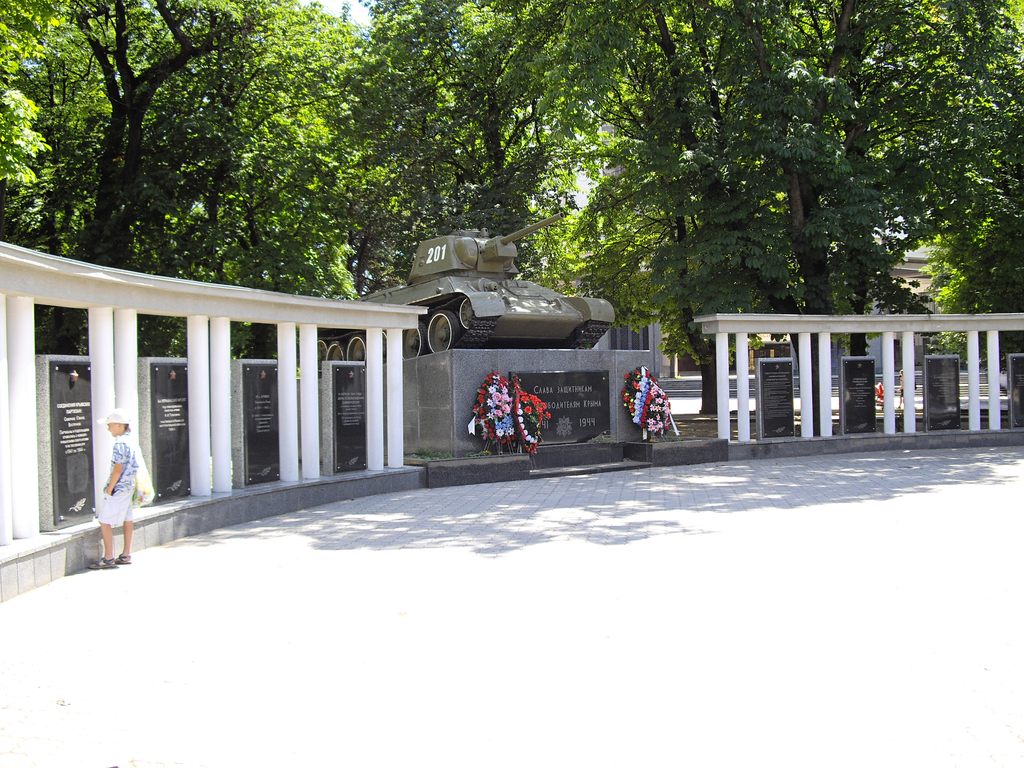
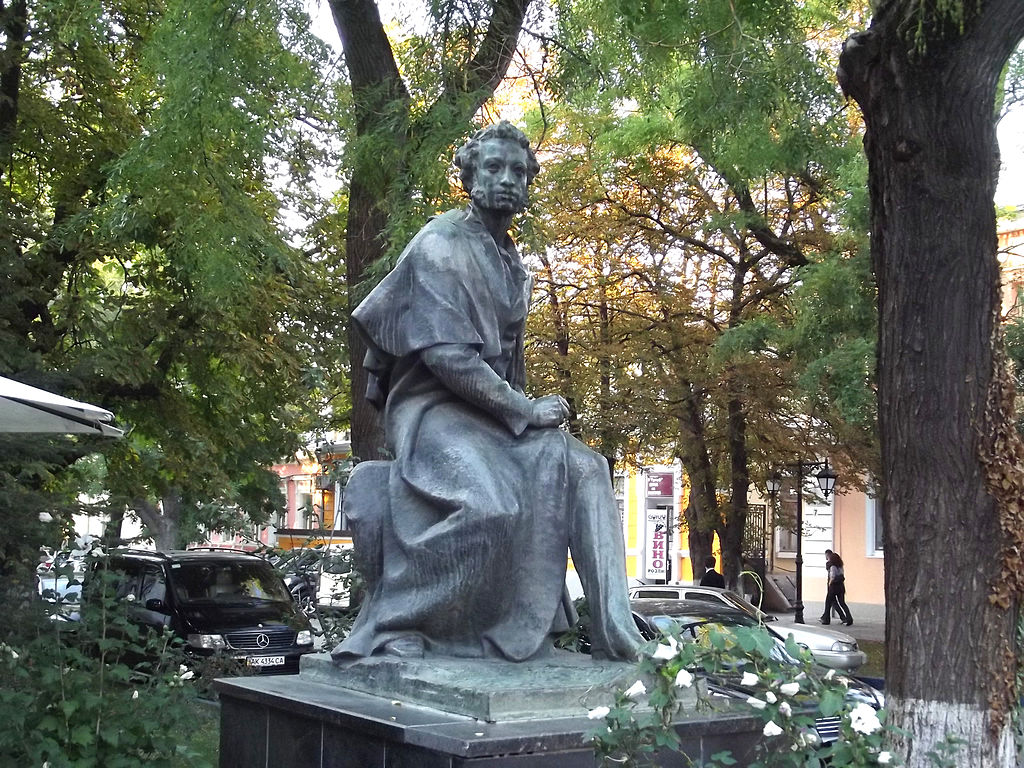
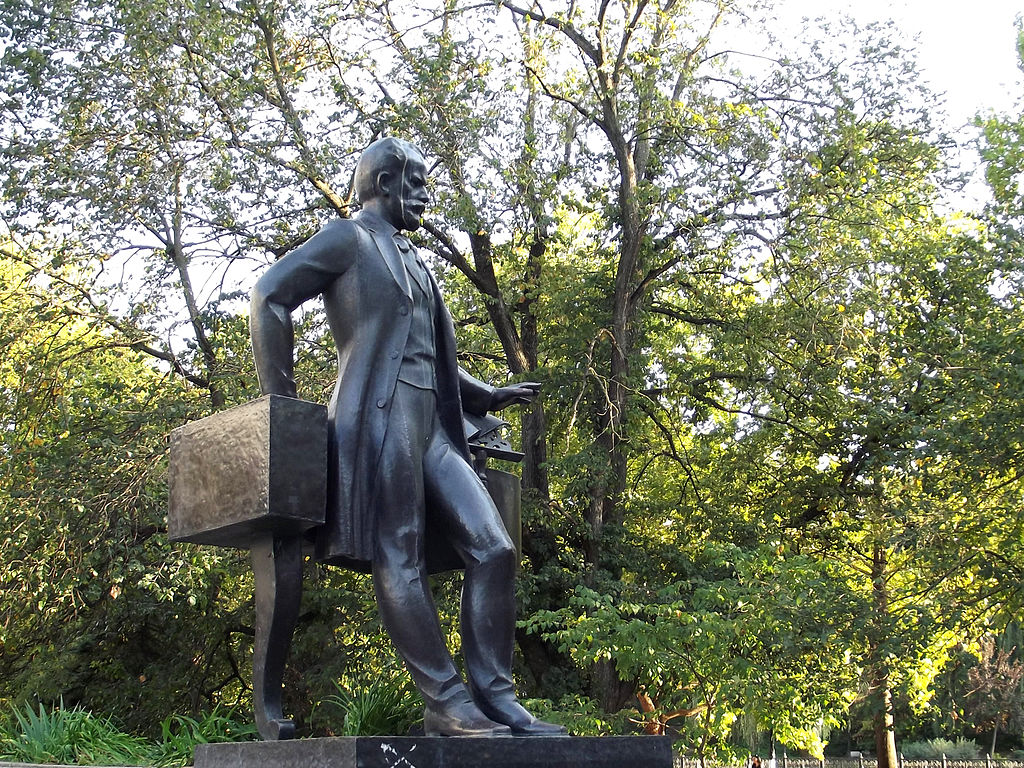

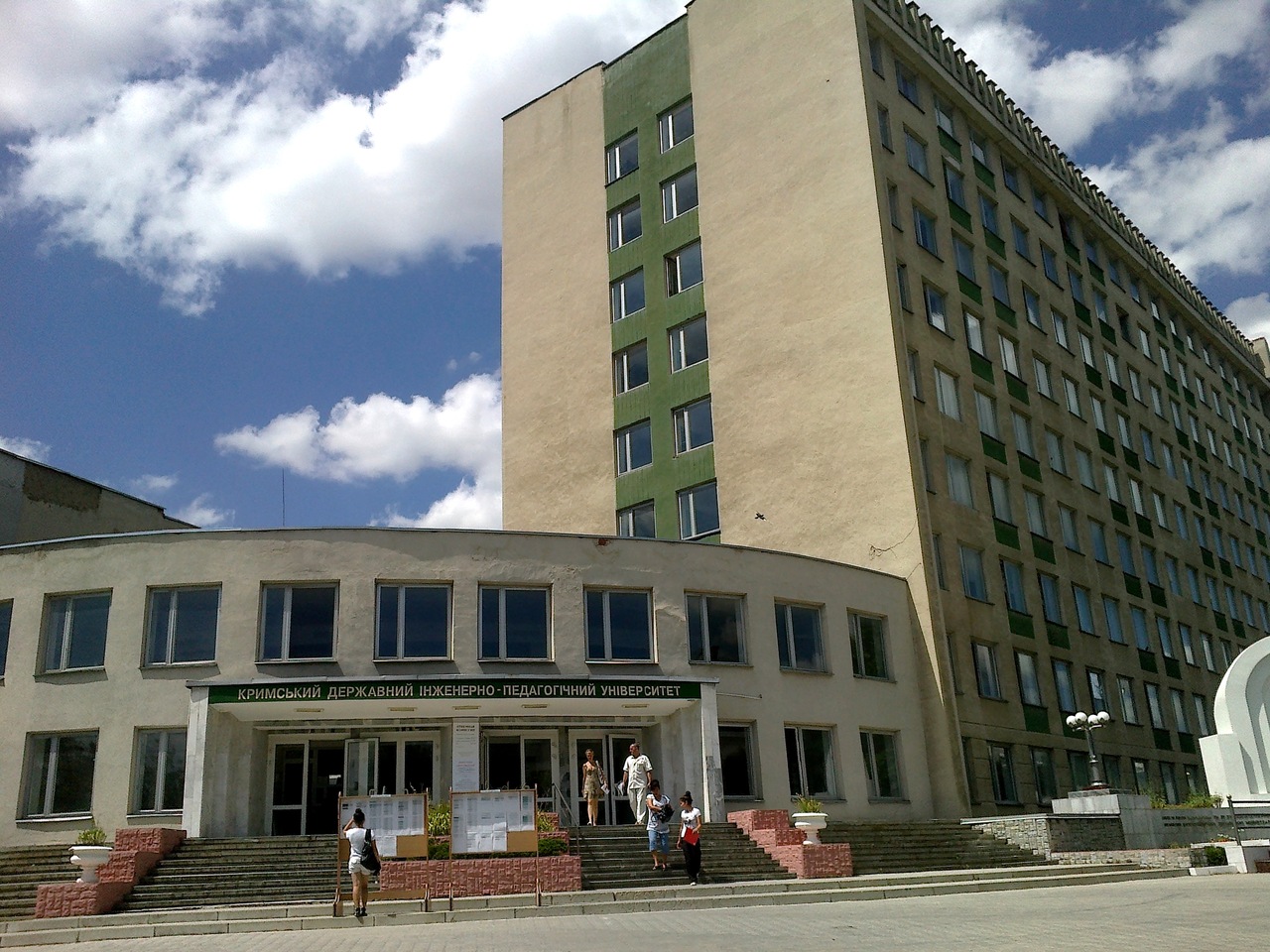
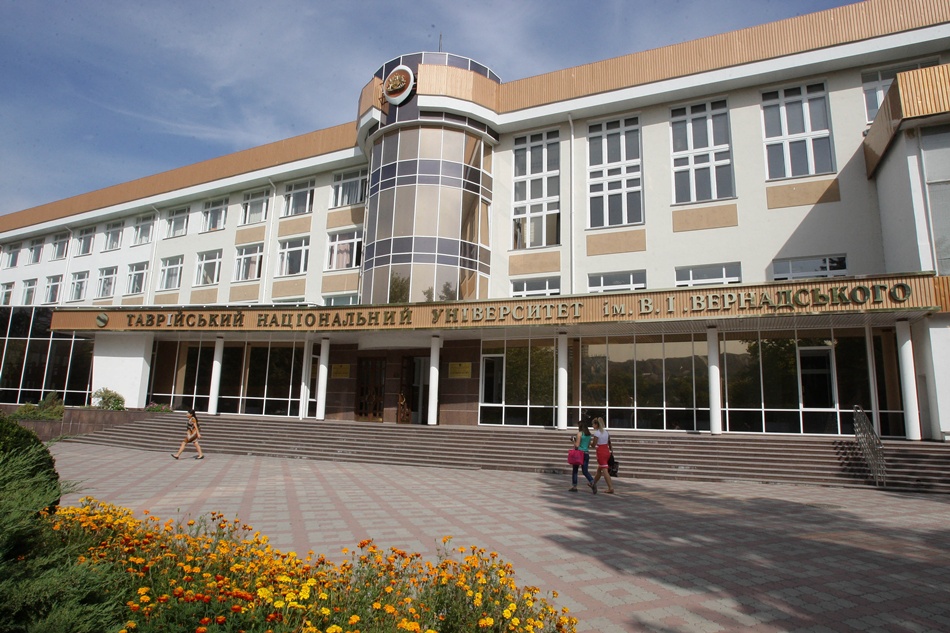
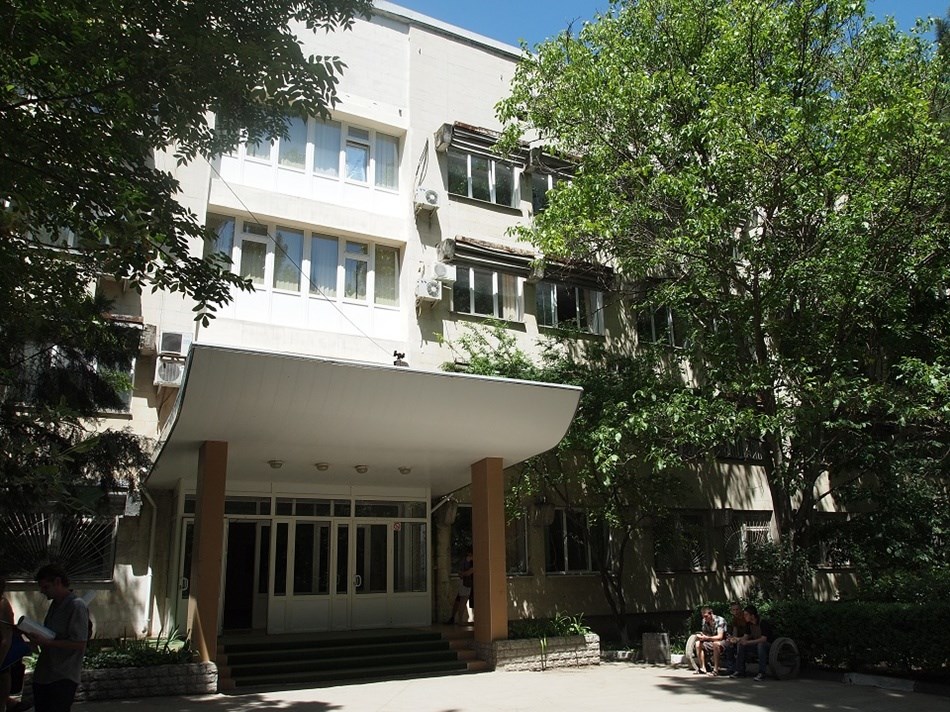
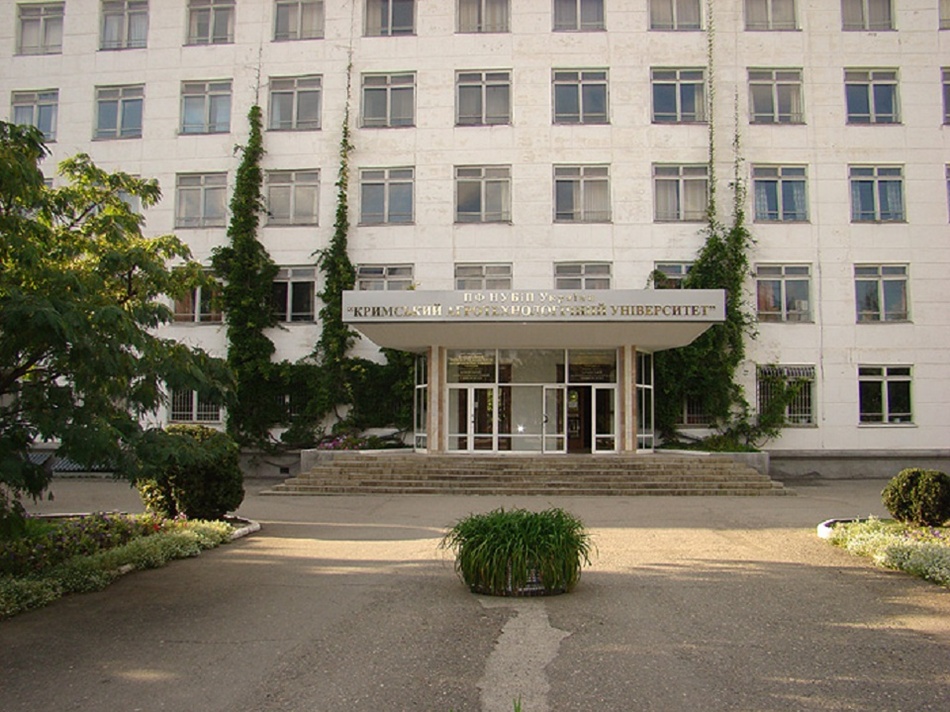
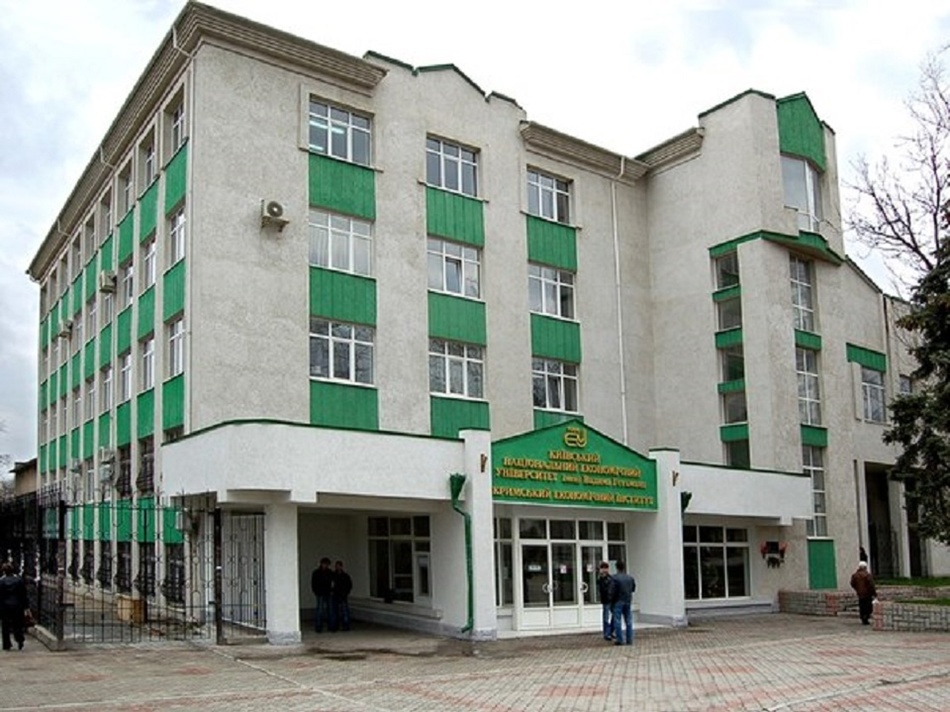
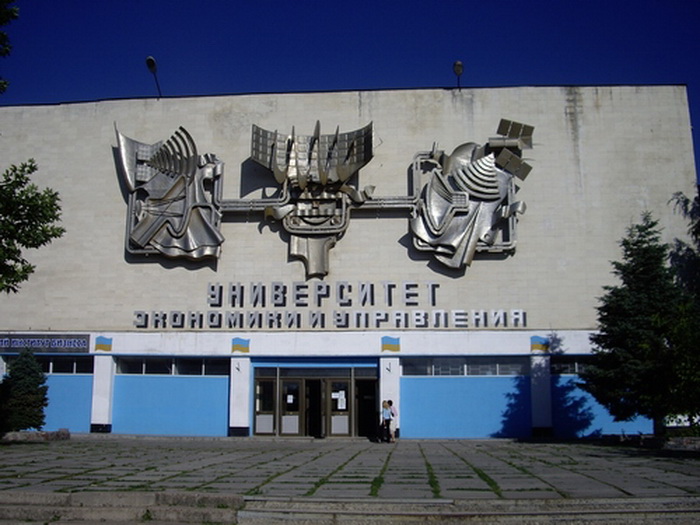
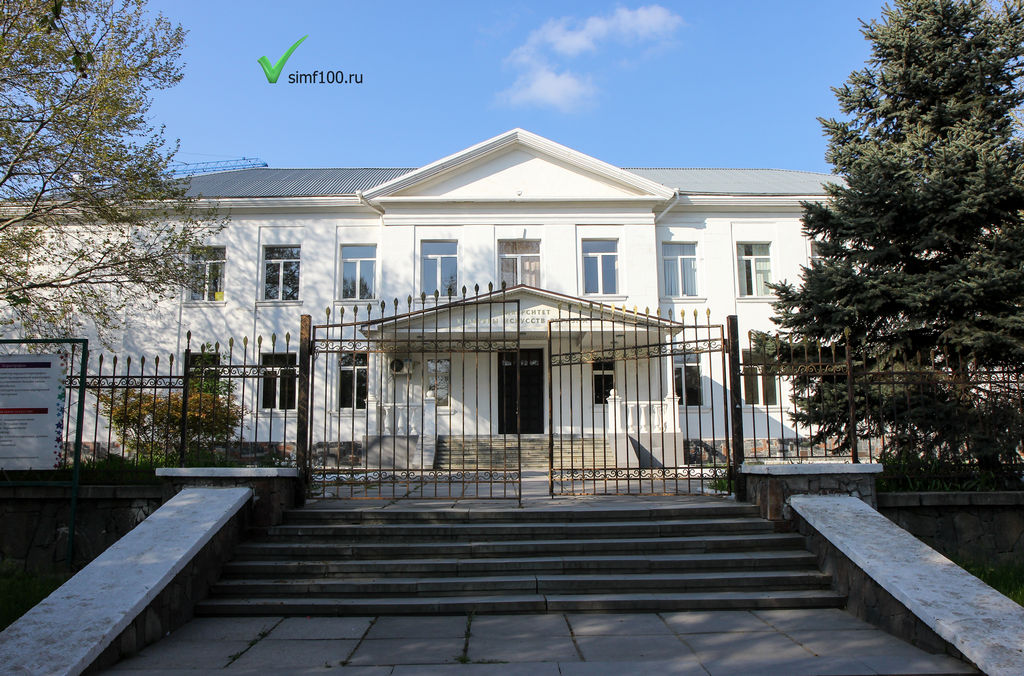
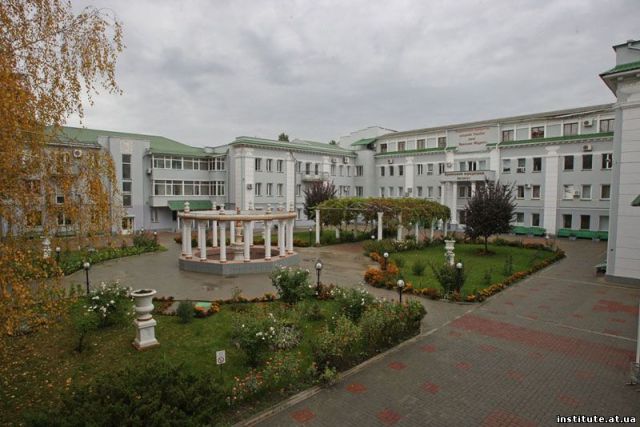
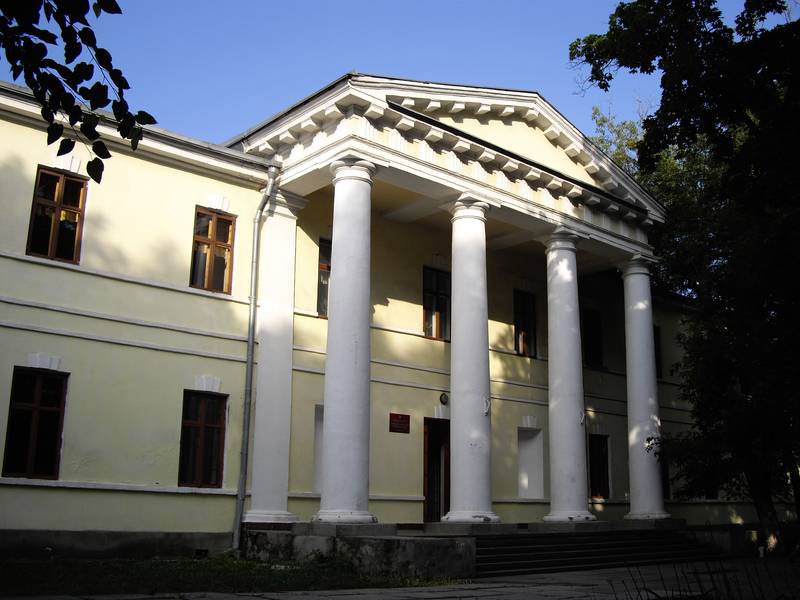
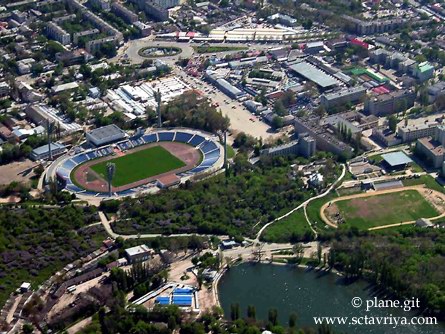
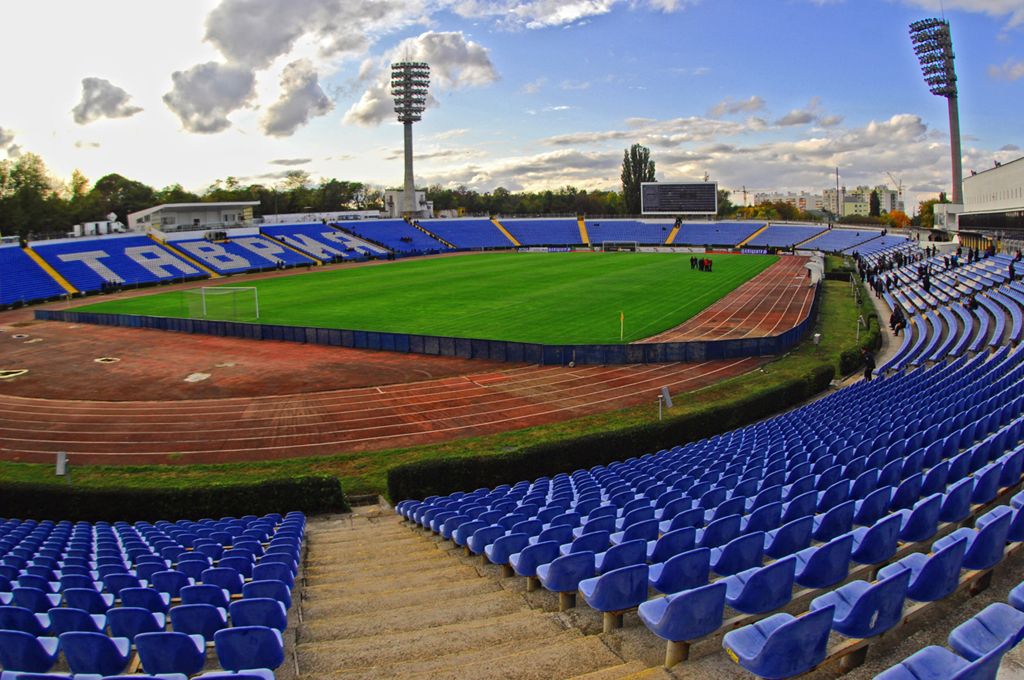
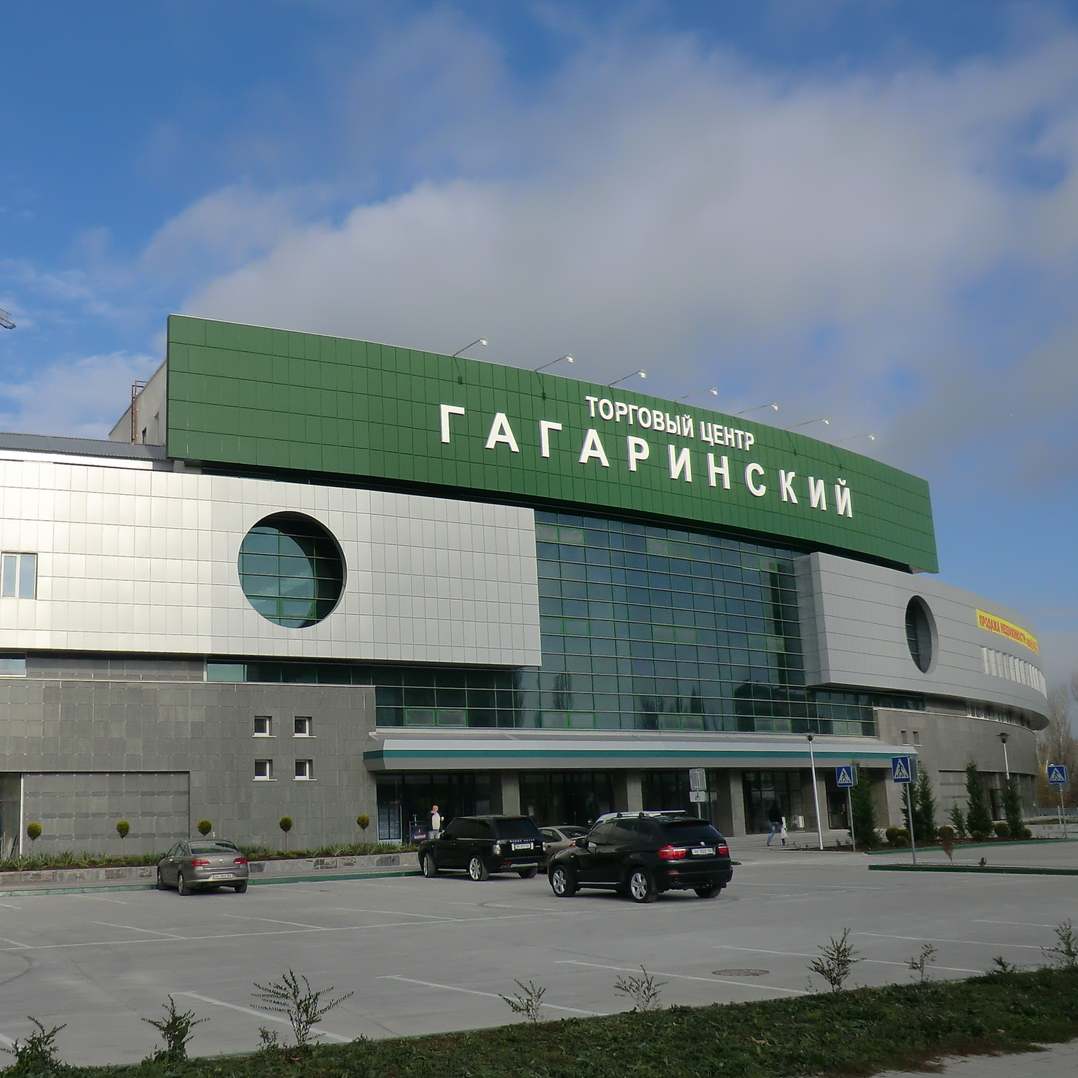
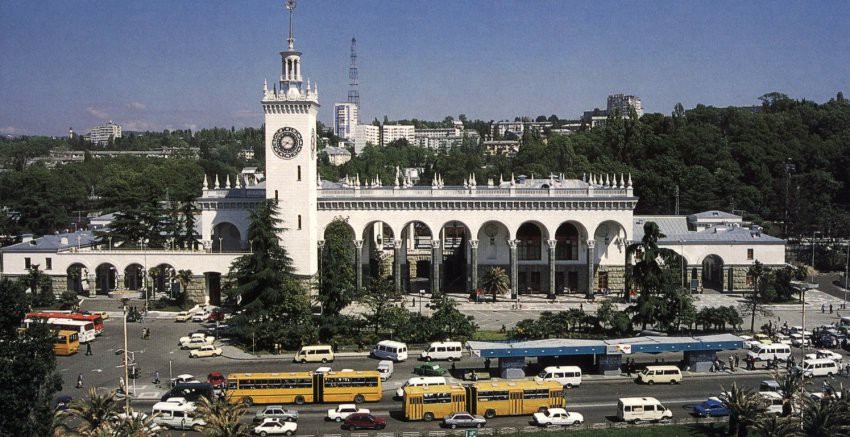
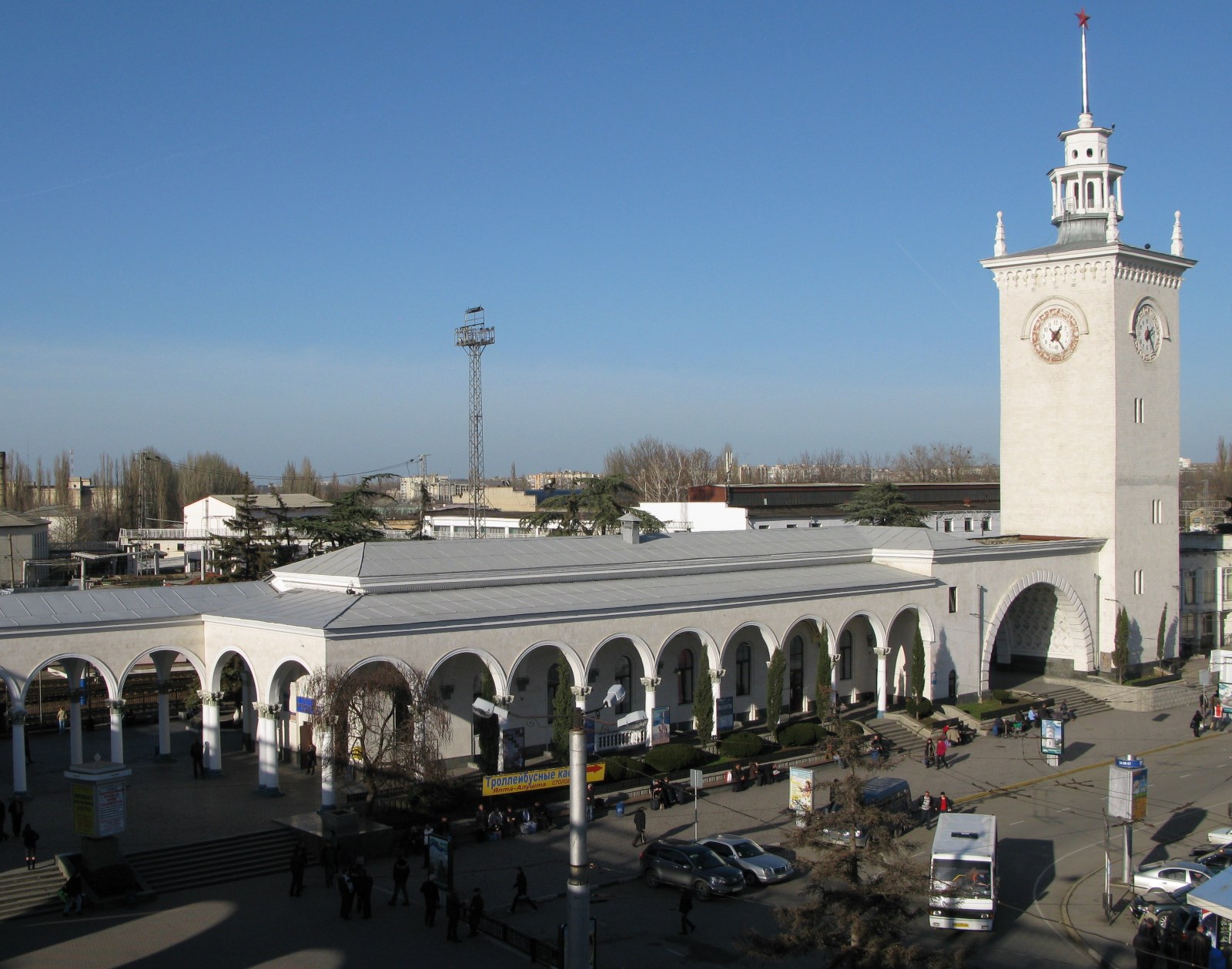
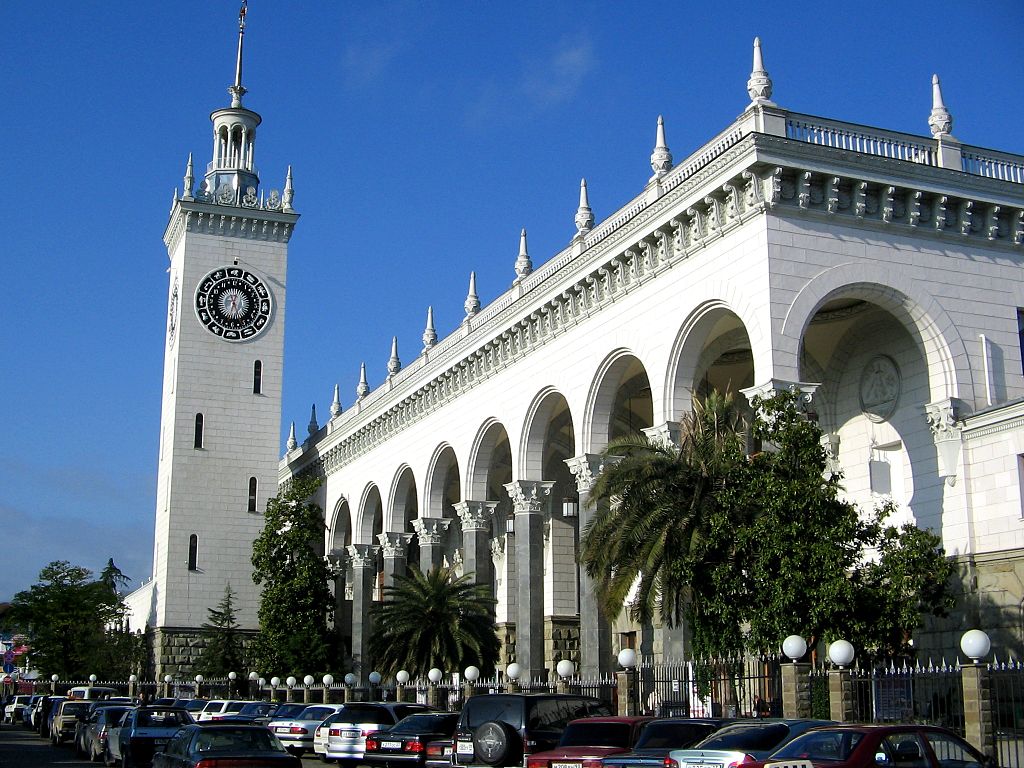
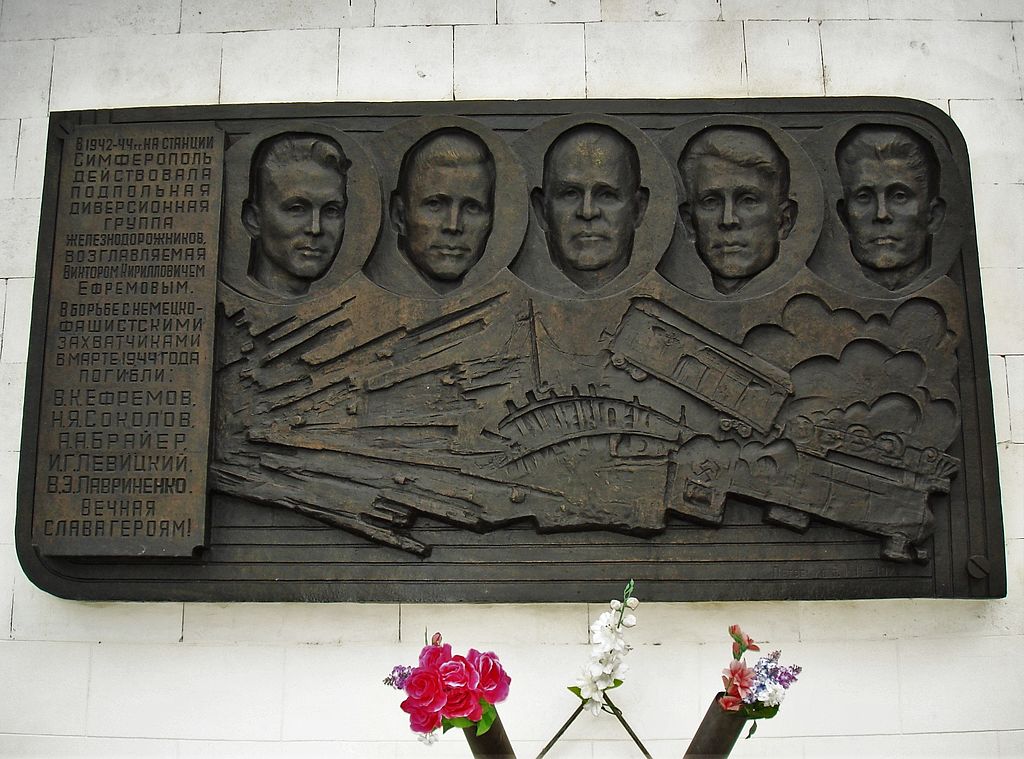

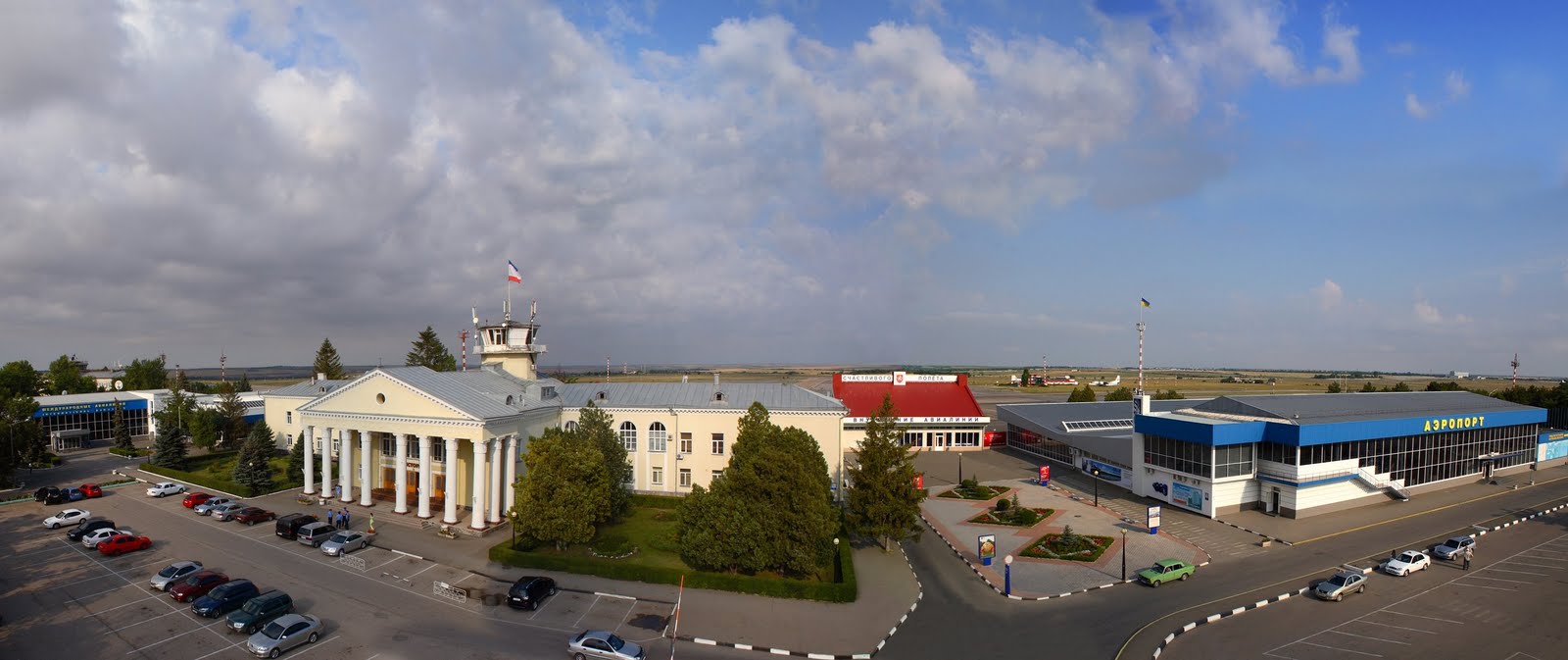
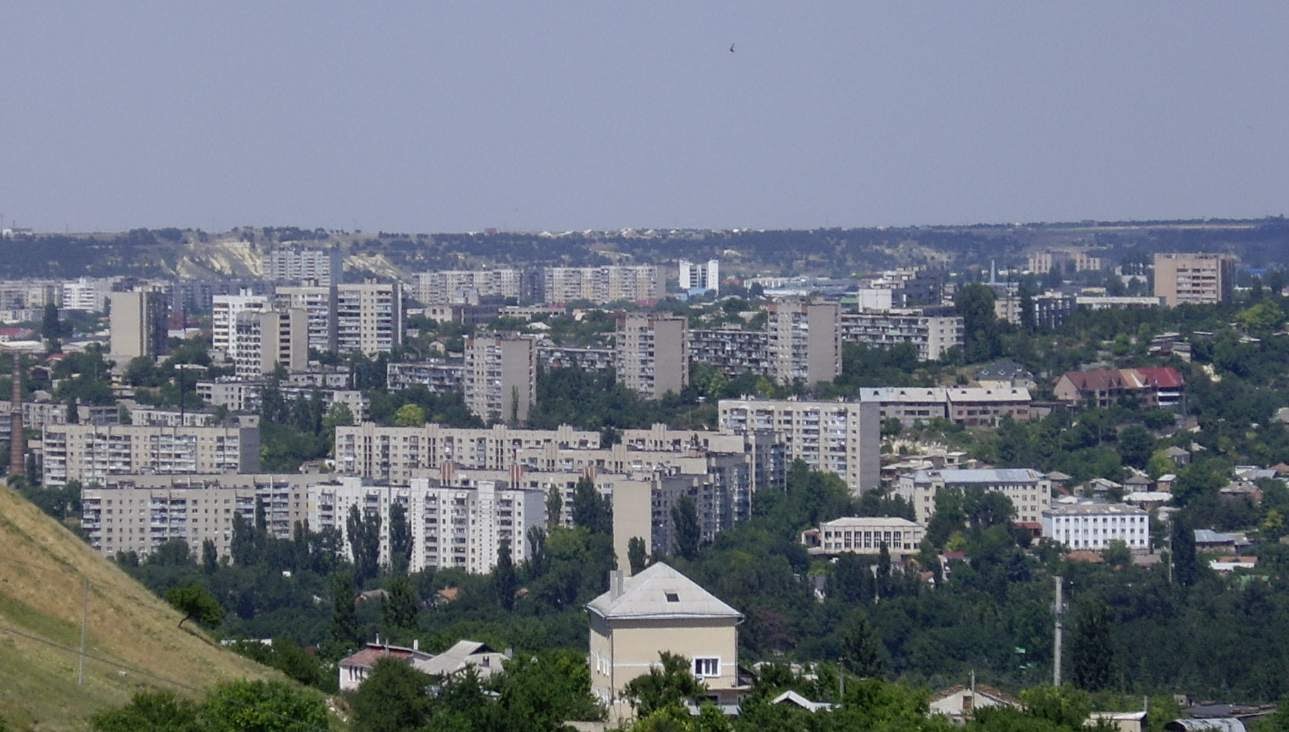
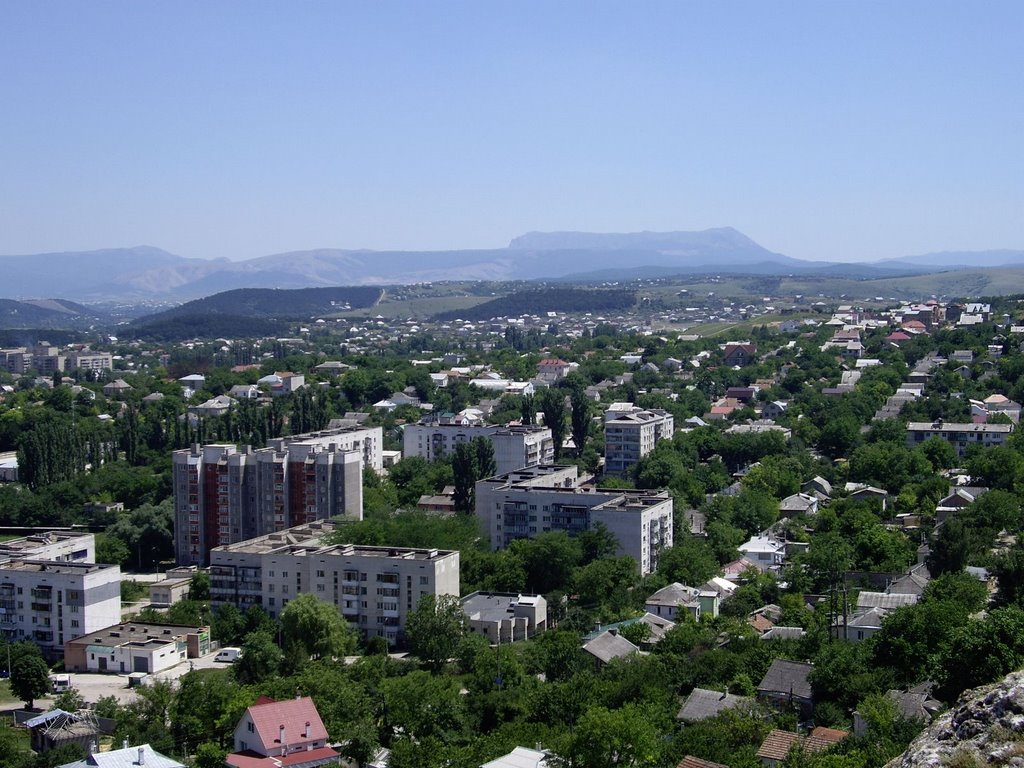
Historia
Edad Antigua
La ciudad contiene dentro de sus límites la Neápolis escita, forma en que se denomina el sitio arqueológico en el que se encuentran las ruinas de lo que fuera una antigua capital de los escitas de Crimea, en la pruebas rchaeological en la cueva Chokurcha muestra la presencia de los pueblos antiguos que vivían en el territorio de Simferopol moderna. El escita Neapolis, conocido por su nombre griego , también se encuentra en la ciudad, que es los restos de una antigua capital de los escitas de Crimea, que vivía en el territorio desde el siglo III a. C.. hasta el siglo IV.
Antes del Imperio Ruso y de la Guerra Civil
Más tarde, los tártaros de Crimea fundaron la ciudad de Aqmescit. Desde hace algún tiempo, Aqmescit sirvió de residencia de la Qalğa-Sultán, la segunda posición más importante en el kanato de Crimea después del propio Khan.
Imperio Ruso y la Guerra Civil
En 1784 la ciudad pasó a llamarse Simferopol y luego se anexionó del Kanato de Crimea al Imperio Ruso por Catalina II de Rusia. El nombre de Simferopol está en griego, Συμφερόπολις (Simferopolis), y literalmente significa "la ciudad de utilidad." La tradición de dar nombres griegos a los lugares en los territorios del sur de nueva adquisición se llevó a cabo por la emperatriz Catalina la Grande como parte de su plan griego. En 1802, Simferopol se convirtió en el centro administrativo de la Gubernia de Táurida. Durante la Guerra de Crimea de (1854-1856), las reservas del Ejército Imperial ruso y un hospital fueron estacionados en la ciudad. Después de la guerra, más de 30.000 soldados rusos fueron enterrados en los alrededores de la ciudad.
Segunda Guerra Mundial
Durante la Segunda Guerra Mundial, Simferopol fue ocupada por la Alemania Nazi desde el 1 de noviembre de 1941 al 13 de abril de 1944. La policía del NKVD disparó contra varios presos el 31 de octubre de 1941 en el edificio de la NKVD y la cárcel de la ciudad. Los alemanes perpetraron una de las mayores masacres de la guerra en Simferópol, matando en total más de 22.000 habitantes -en su mayoría judíos, rusos, krymchak y gitanos. En una ocasión, a partir del 9 de diciembre de 1941 los Einsatzgruppen D bajo el mando de Otto Ohlendorf mataron a unas 14.300 residentes en Simferópol, la mayoría de ellos judíos.
En abril de 1944, el Ejército Rojo liberó Simferópol. El 18 de mayo de 1944, la población de la ciudad de origen tártaro de Crimea, junto con todo el pueblo tártaro de Crimea, fue deportada por la fuerza a Asia Central como castigo colectivo. El 26 de abril de 1954, Simferópol, junto con el resto del Óblast de Crimea, fue transferido de la República Socialista Federativa Soviética de Rusia a la República Socialista Soviética de Ucrania por el primer ministro soviético Nikita Jruschov.
El asteroide (2141) Simferopol, descubierto en 1970 por la astrónoma soviética Tamara Smirnova, lleva el nombre de la ciudad.
https://es.wikipedia.org/wiki/Simferópol
https://ru.wikipedia.org/wiki/Симферополь
https://uk.wikipedia.org/wiki/Сімферополь
https://en.wikipedia.org/wiki/Simferopol
http://www.videnovum.com/ukraine/simferopol-142
http://www.kport.info/news/main.php?ELEMENT_ID=6988
http://nesiditsa.ru/city/simferopol
http://www.vladmuz.ru/travel_photos/crimea/simferopol/
http://www.skyscrapercity.com/showthread.php?t=1719022
http://www.emporis.com/statistics/tallest-buildings/city/100960/simferopol-ukraine
http://crimea.vgorode.ua/news/dosuh_y_eda/187618-vybyraem-luchshyi-vuz-symferopolia
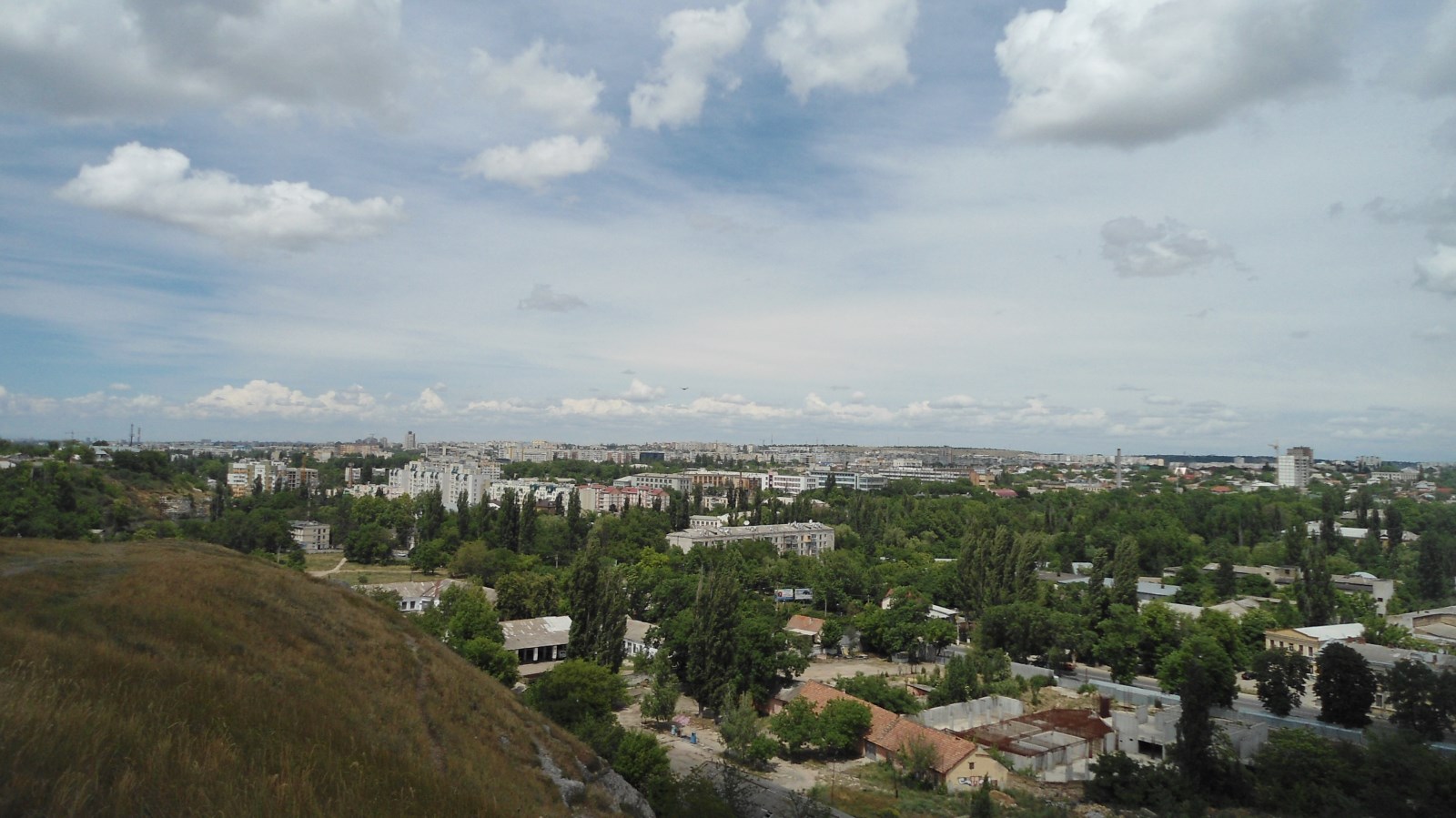
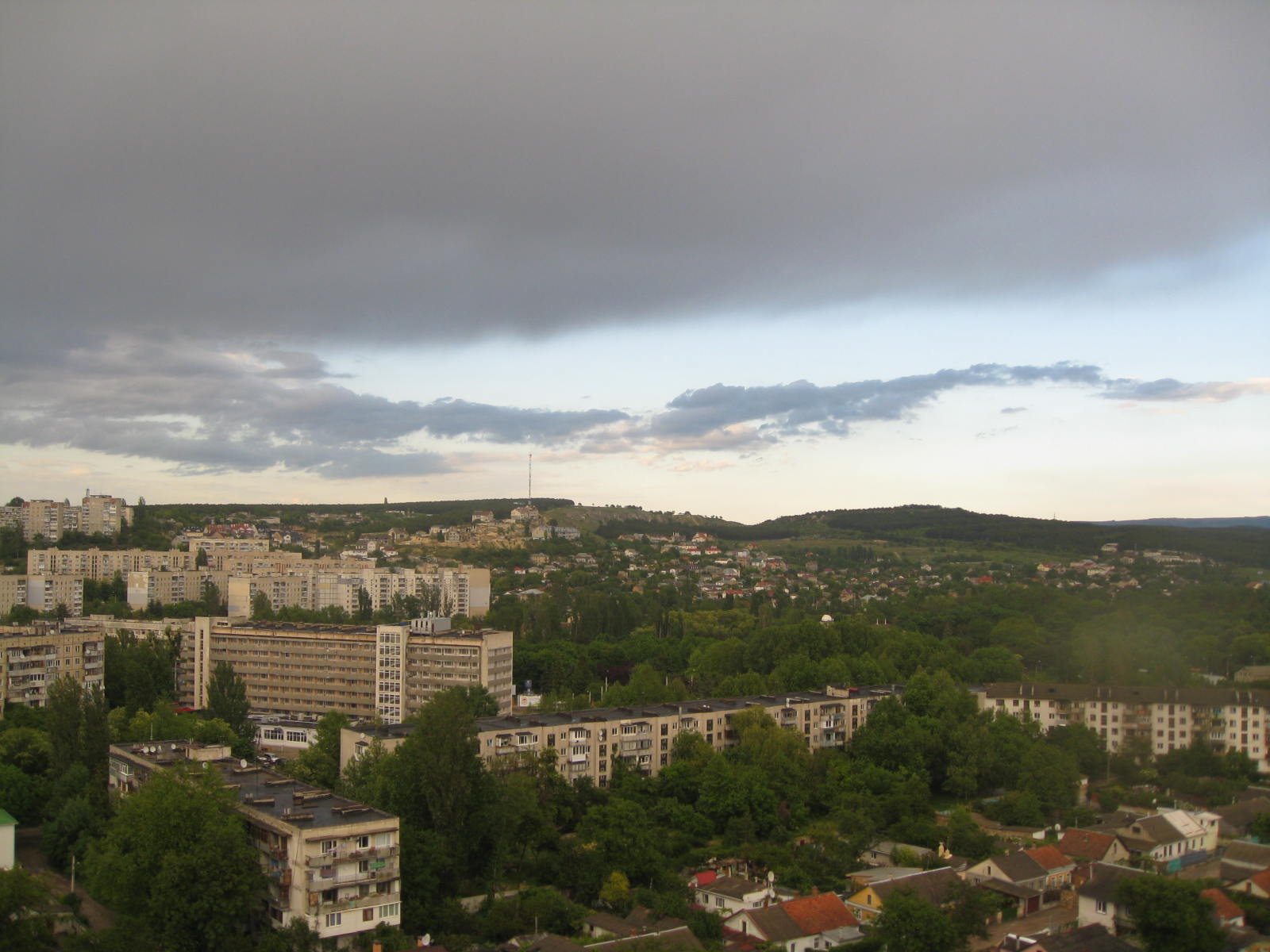
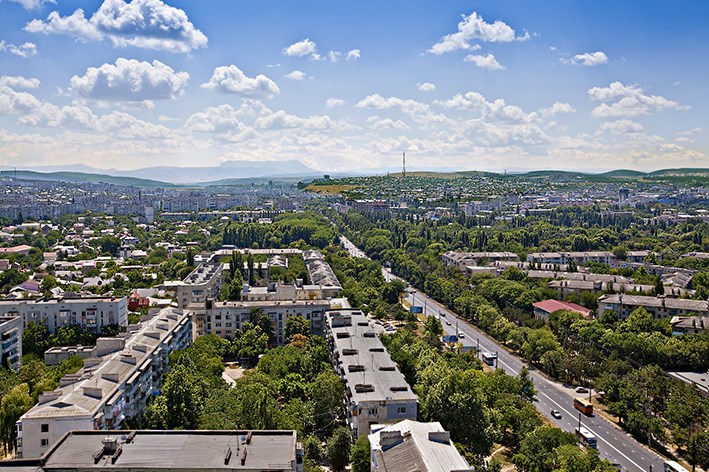
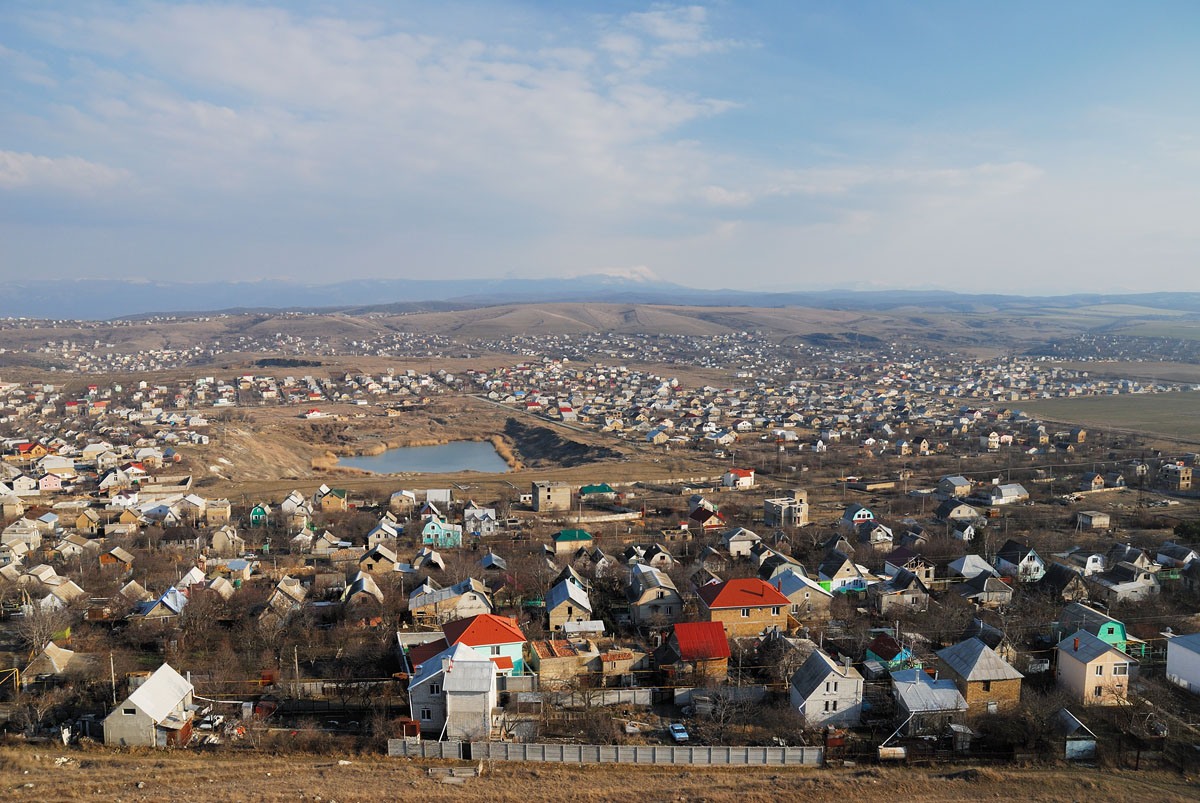
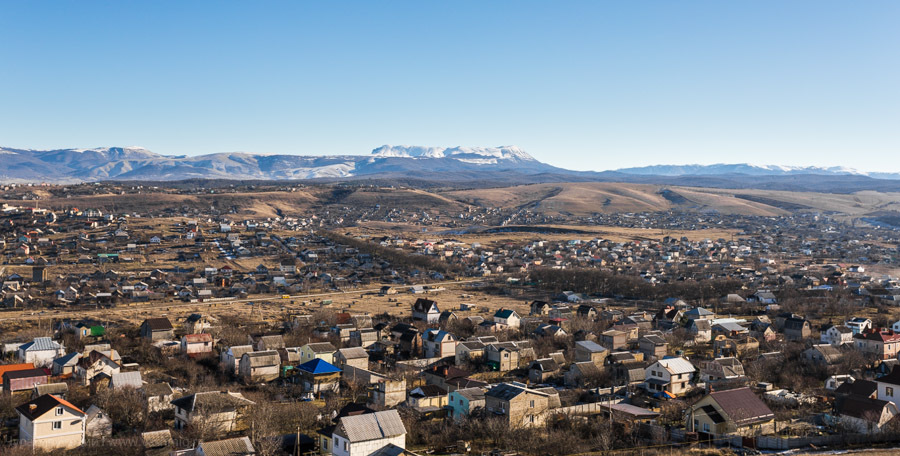


Vídeo:
Web recomendada: http://simgov.ru/
Contador: 4229
Inserción: 2016-08-25 18:45:27
Lugares a visitar en un radio de 100 km (en línea recta)
Mapa de los lugares a 100 km (en línea recta)
Mostrando Registros desde el 1 hasta el 0 de un total de 0
Visitas |
Más visitados Basílica de San Marcos 149102 Catedral de Notre Dame (París) 137732 Torre de Pisa 128227 Monte Saint-Michel 97368 Presa de las Tres Gargantas 73691 |
Incorporaciones |
Comentarios Arq. Jaime Fuentes Flores Torres Obispado EXTRAORDINARIO . FELICIDADES . Un Cordial saludo Directivos y Personal de ... hazola Cúpula de la Roca gracias me... gera Buenos Aires las mejores fotos de la mejor ciudad del... Daniel M. - BRASIL San Francisco ... PEQUE Presa Chicoasén SERA QUE ALGUIEN ME PUEDE DAR MAS INFORMACIÓN DE ESTE PROYECTO ESTUDIO EN LA UNACH Y ES PARA UN... |
 Tweet
Tweet


